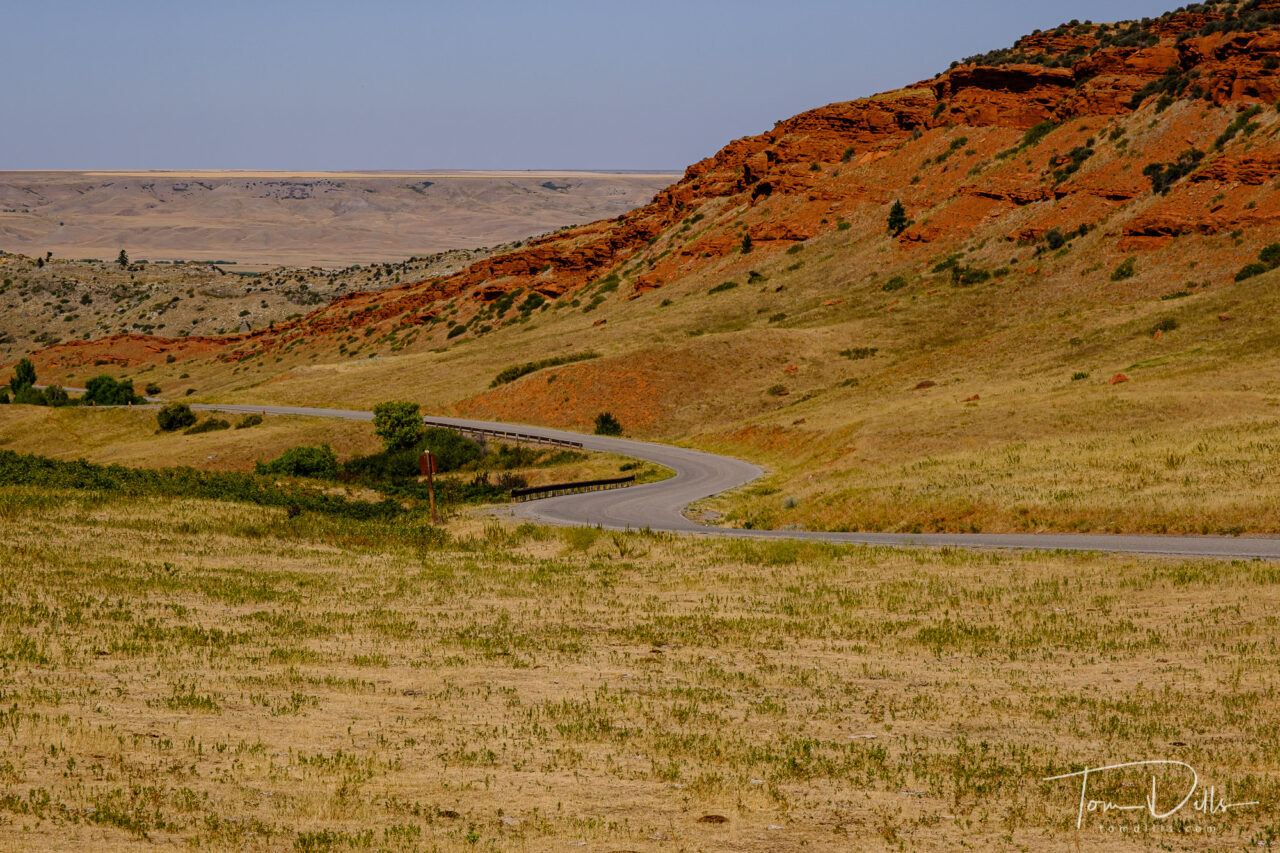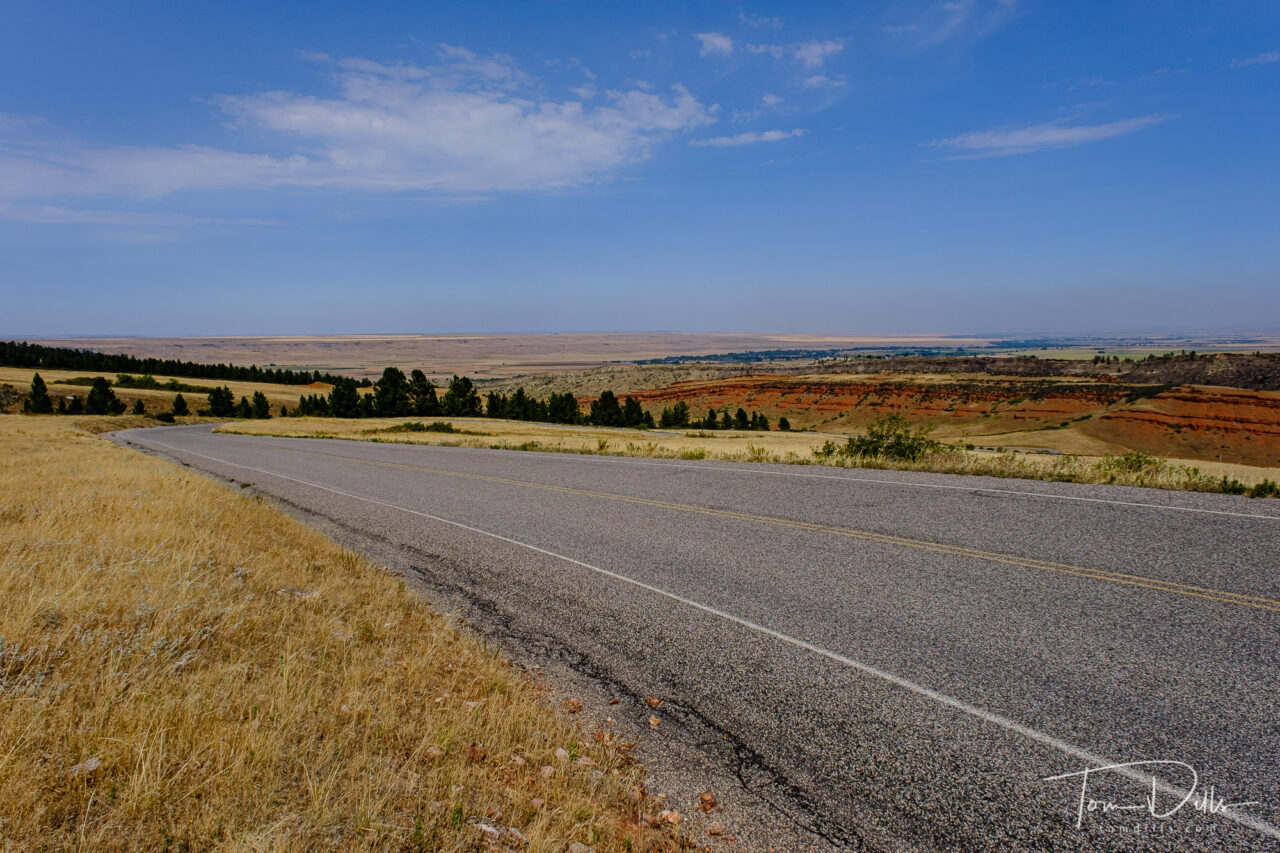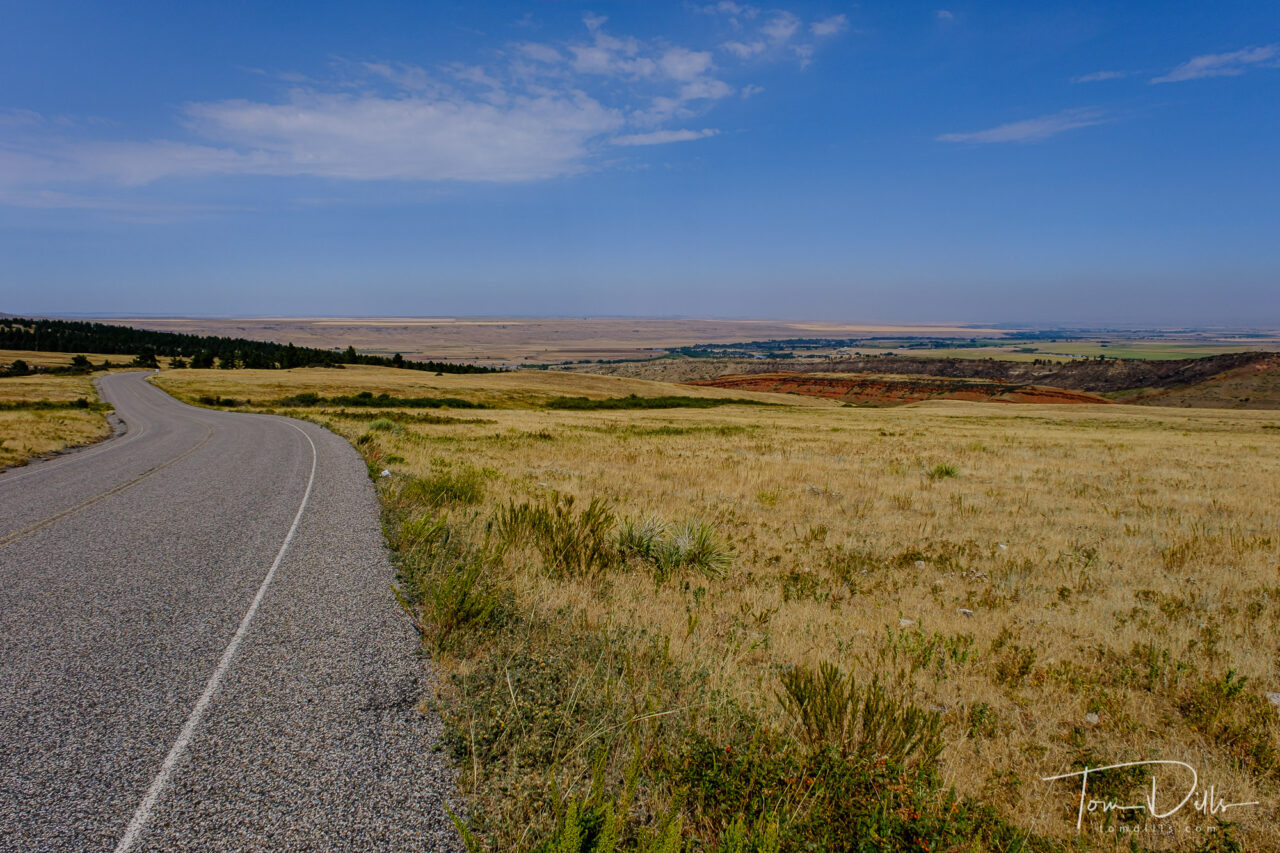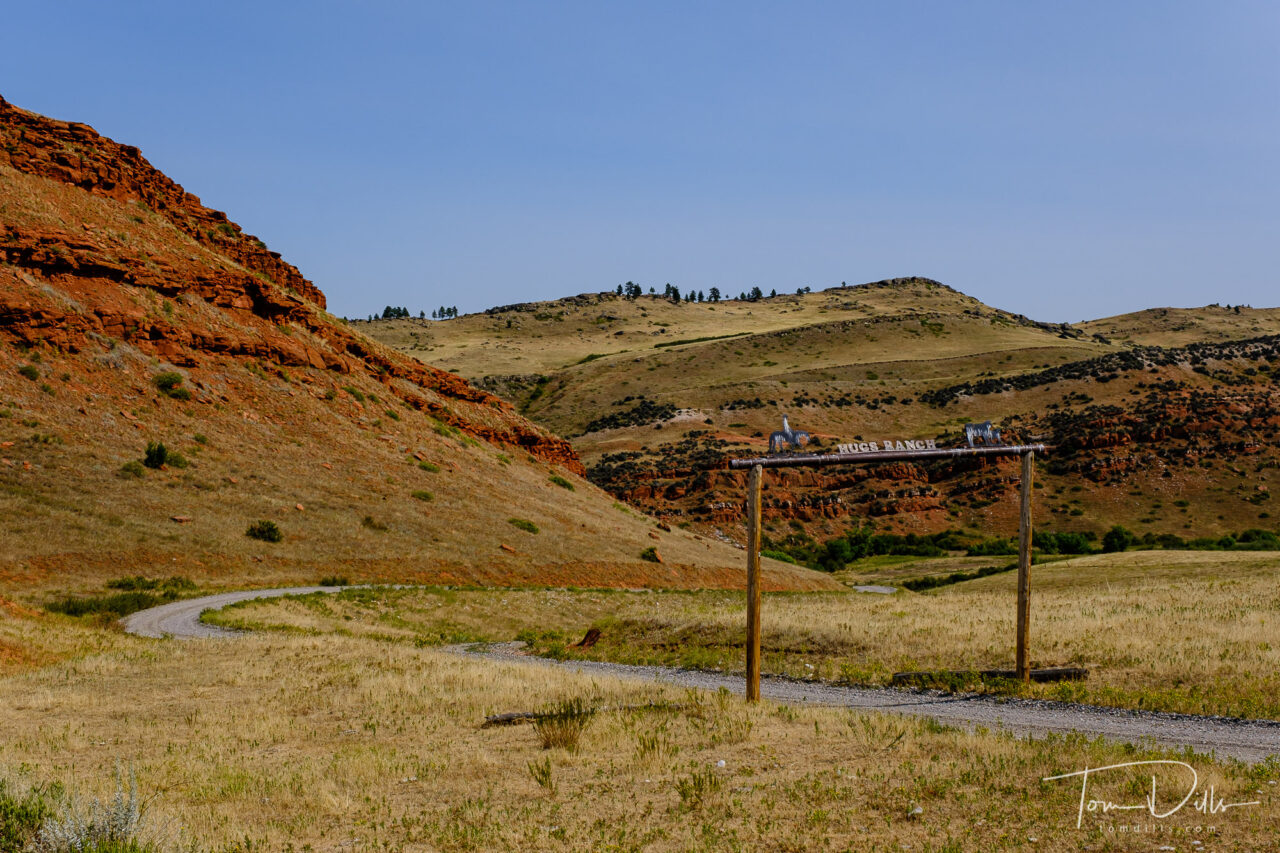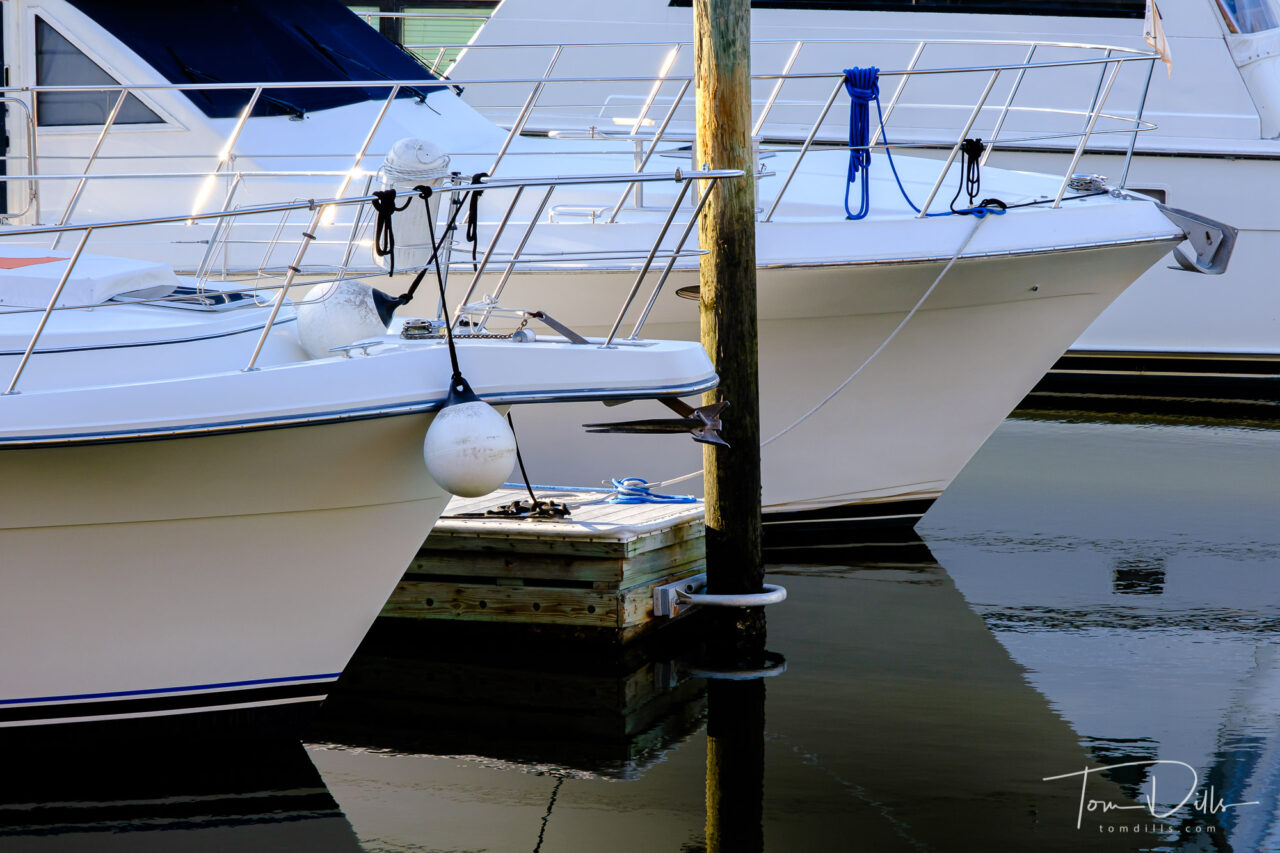
I’ve always had a thing for boat bows, especially reflections of bows in the water. Shelter Cove Marina is of course full of boat bows. Other boat parts, too! Here are a few from our evening there that I found notable.
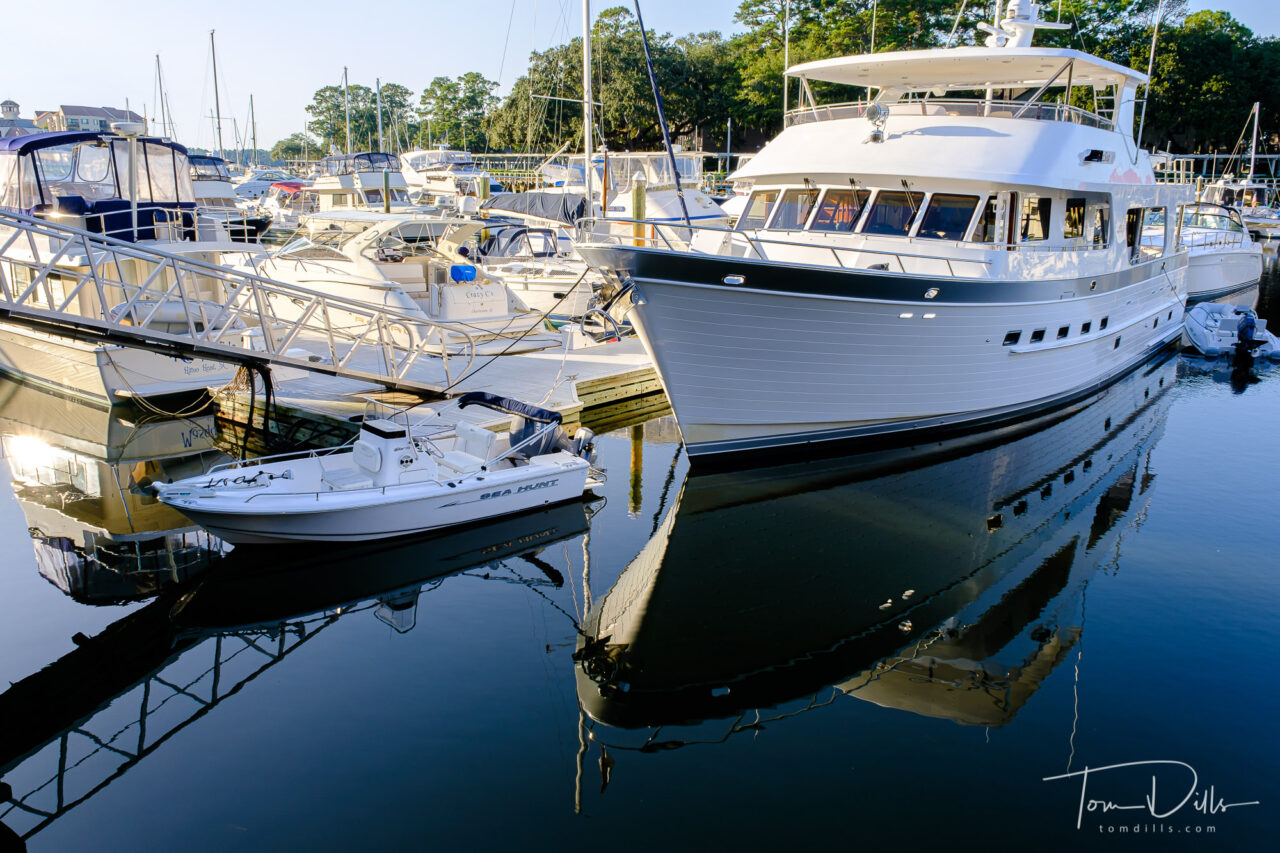
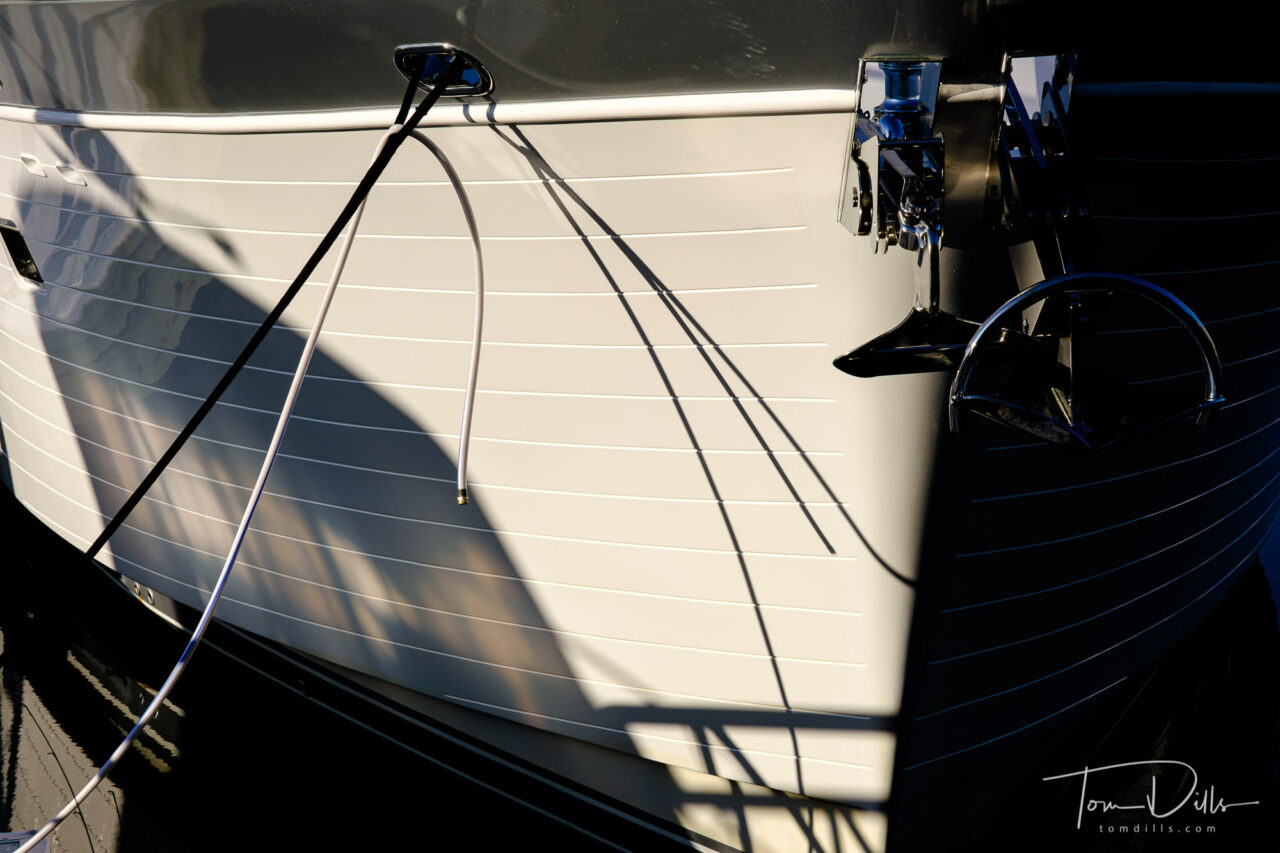
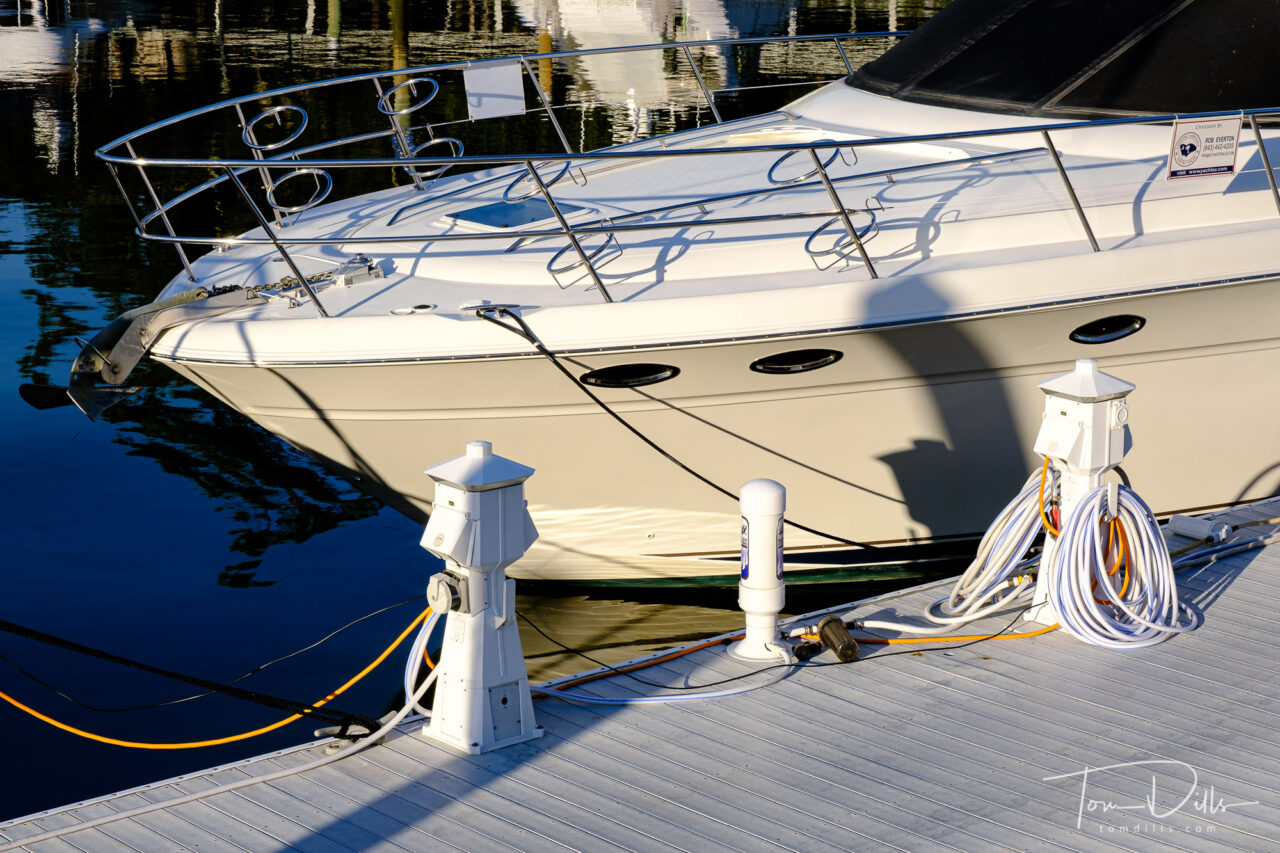
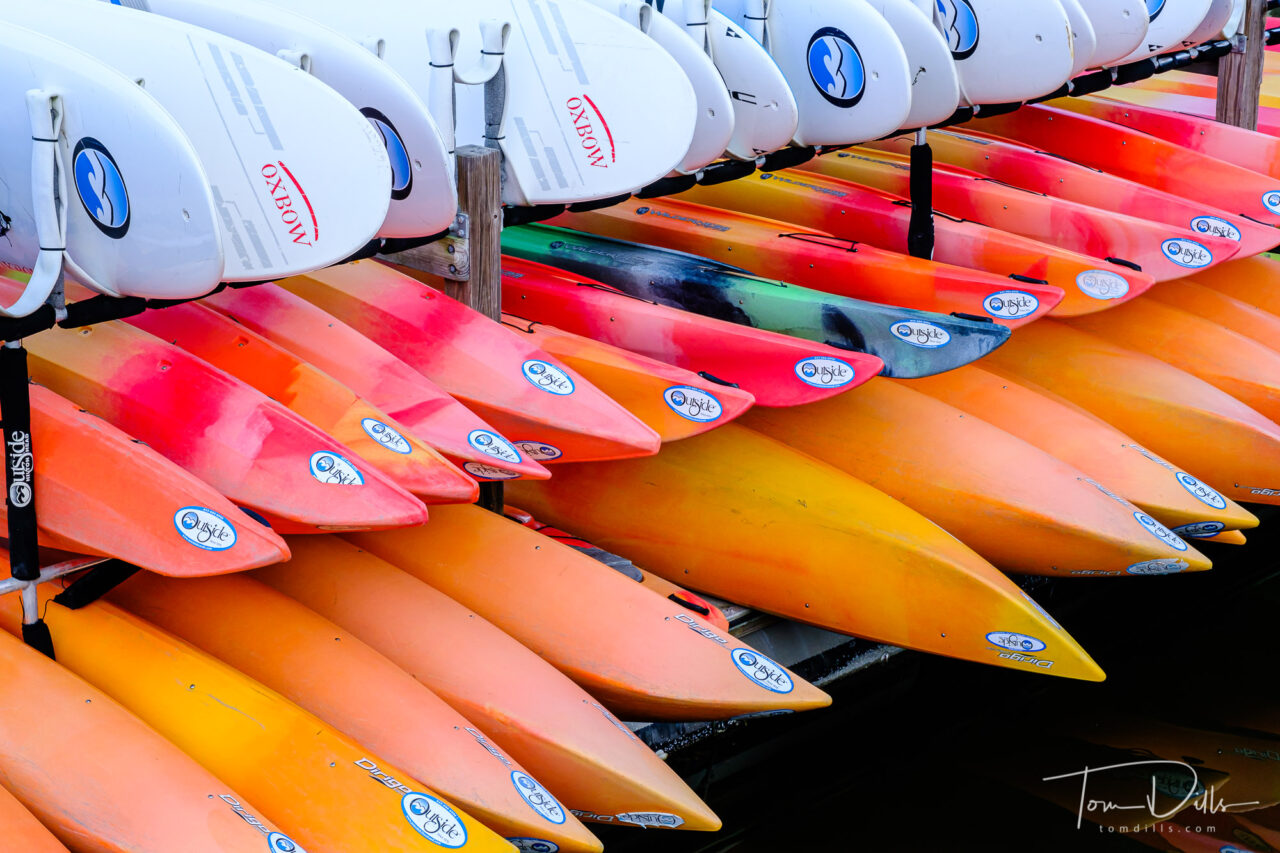

I’ve always had a thing for boat bows, especially reflections of bows in the water. Shelter Cove Marina is of course full of boat bows. Other boat parts, too! Here are a few from our evening there that I found notable.




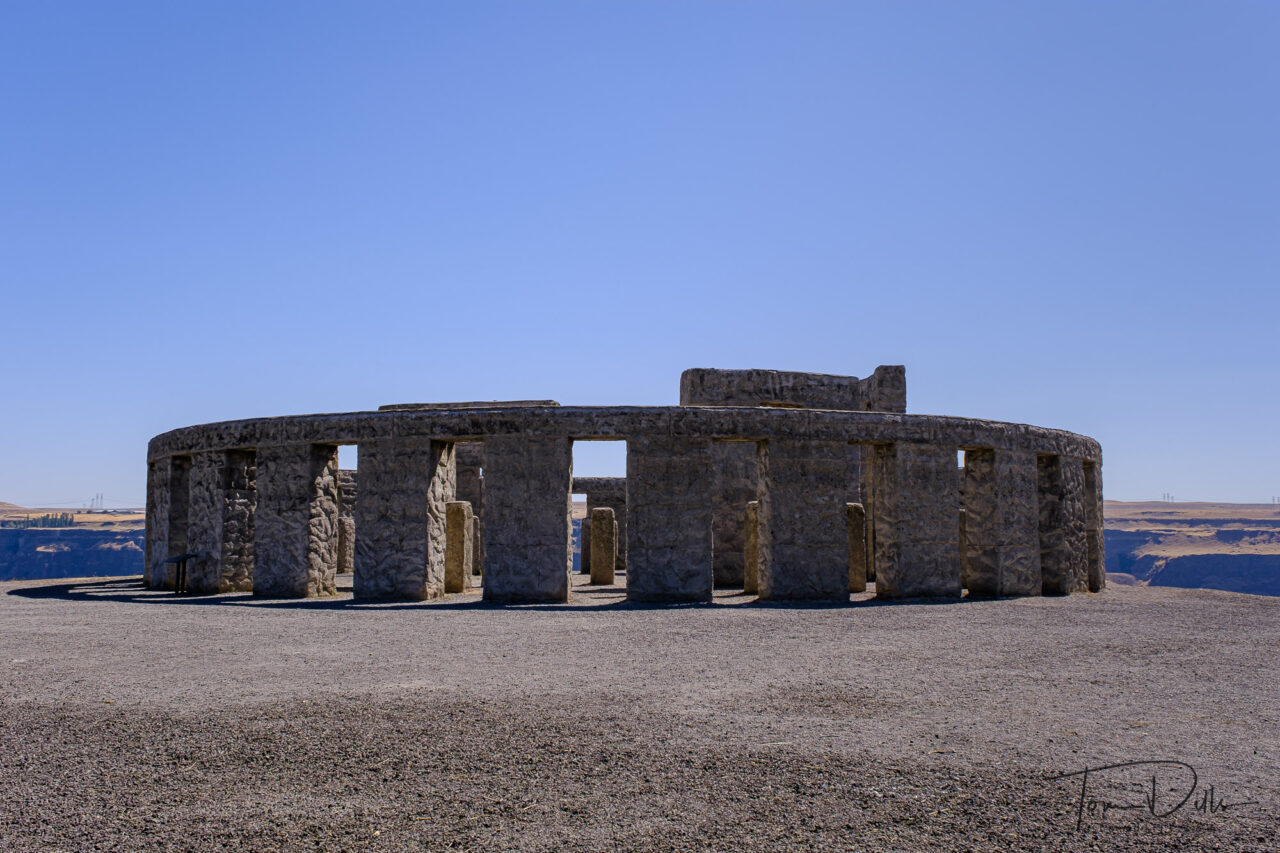
One of the stops on our drive along the Columbia River from eastern Washington was Stonehenge. No, not the one in England, but the one in Washington. 😉
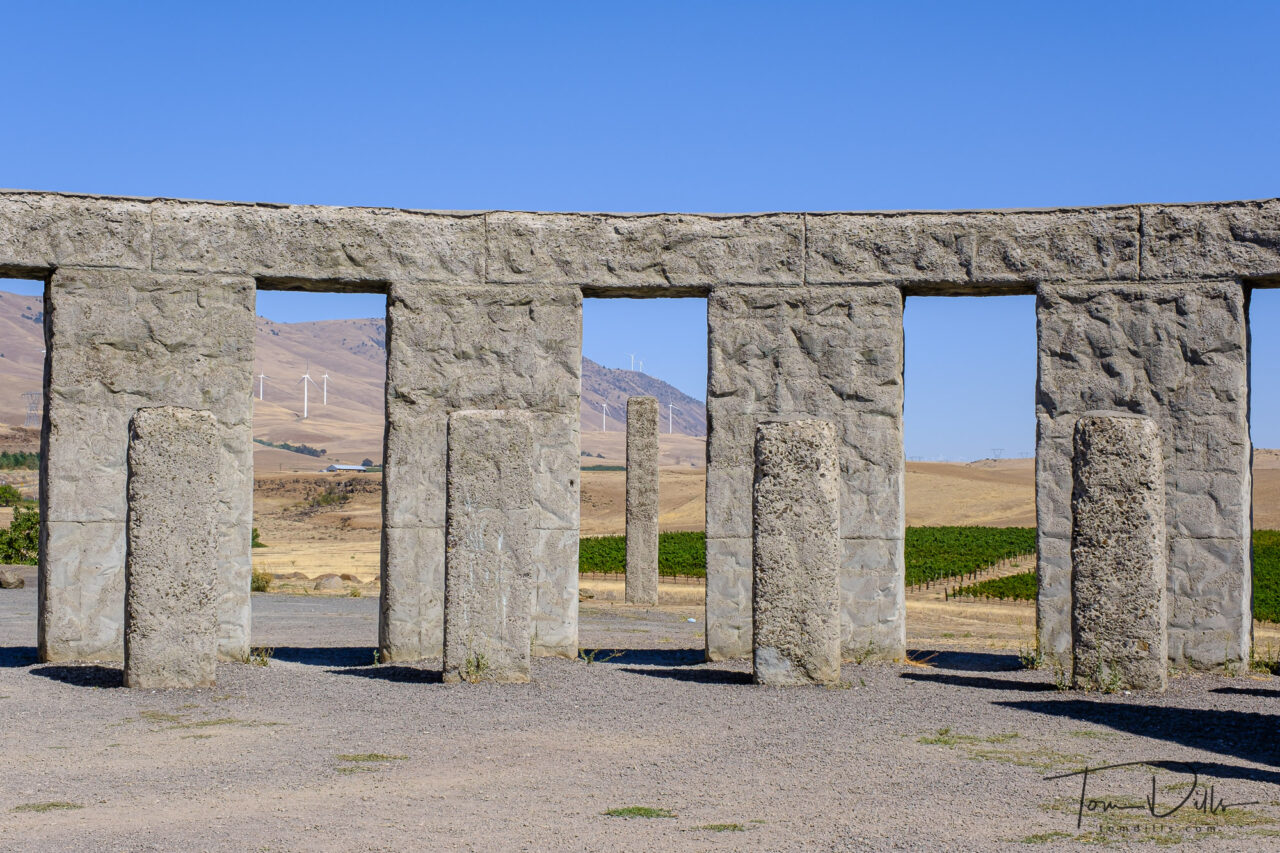
The Washington Stonehenge is a replica of England’s Stonehenge located in Maryhill, Washington. It was commissioned in the early 20th century by the wealthy entrepreneur Sam Hill, and dedicated on 4 July 1918 as a memorial to the people who had died in World War I. The memorial is constructed of concrete, and construction was commenced in 1918 and completed in 1929.
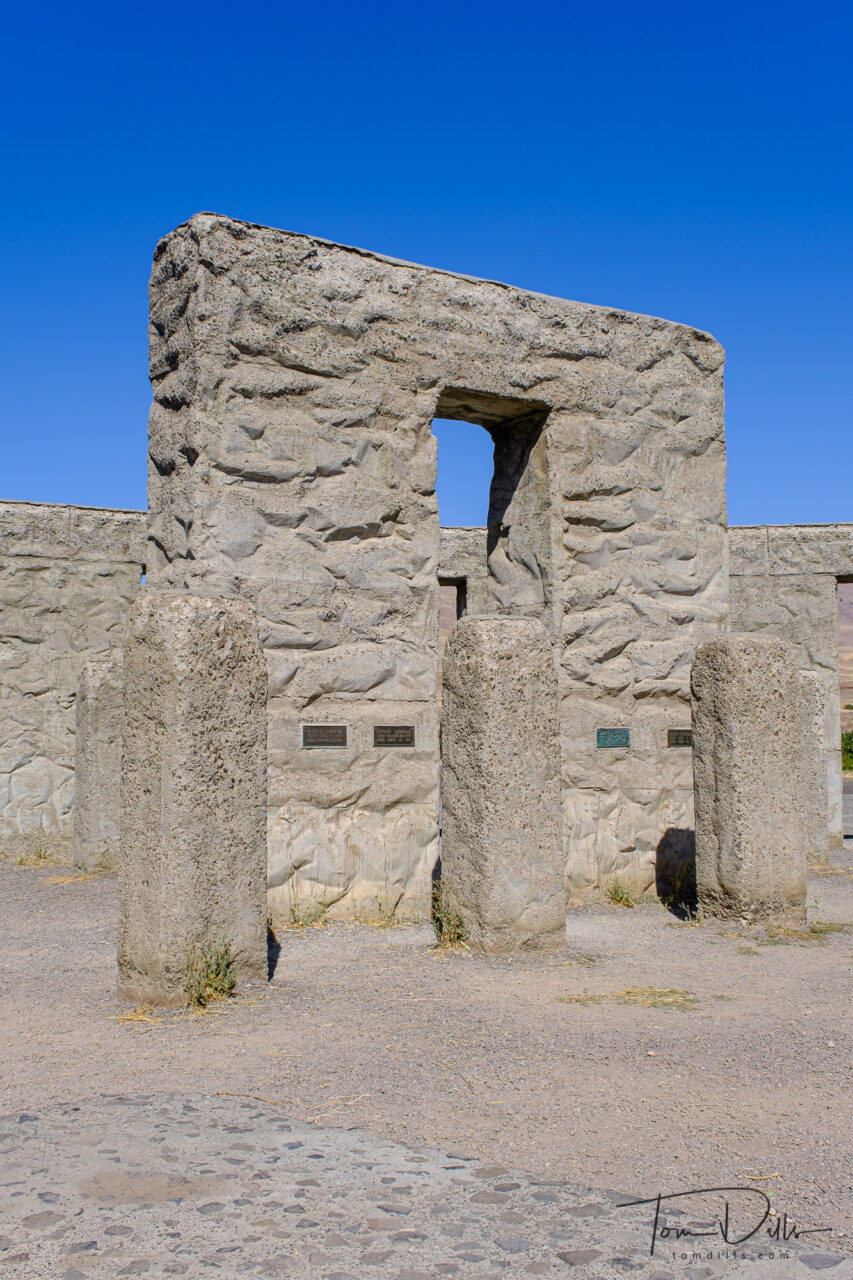
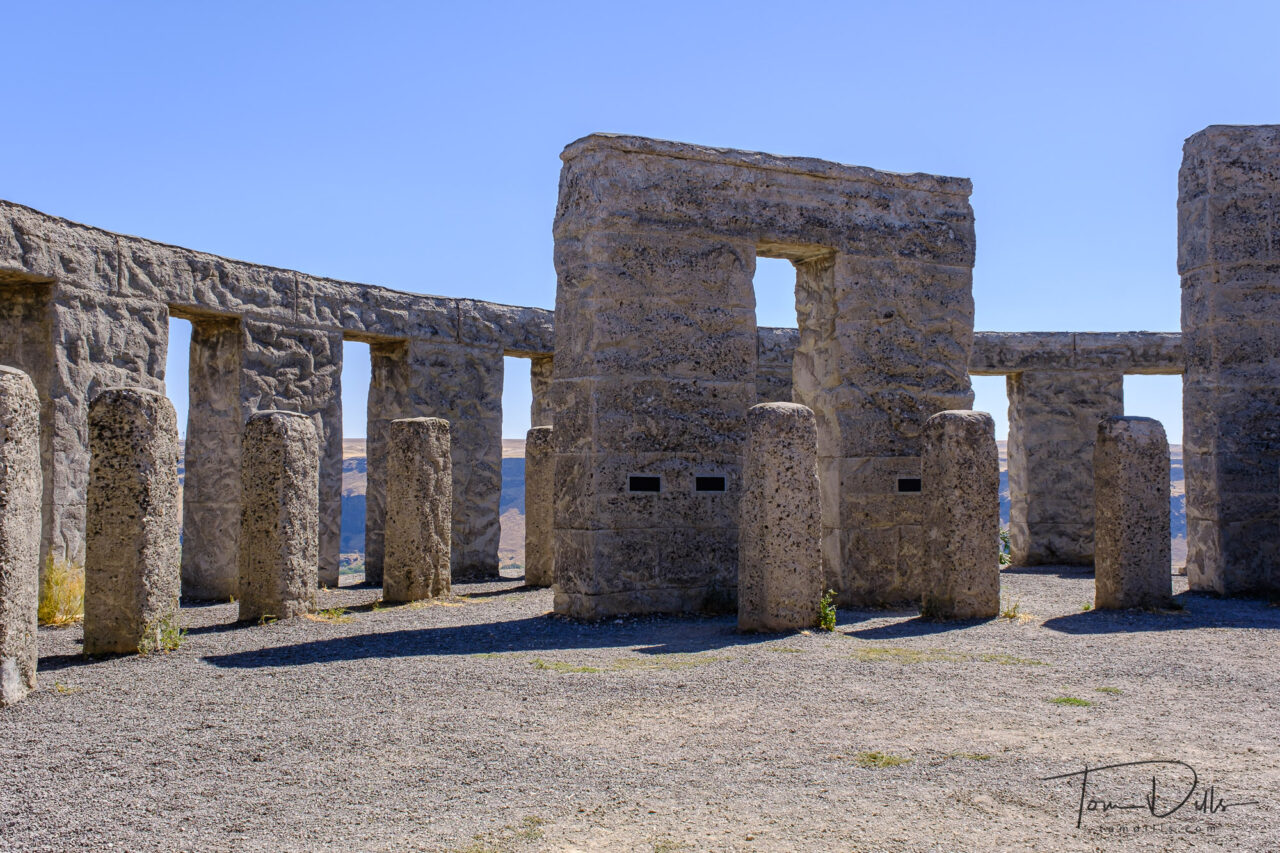
The dedication plaque on this Washington Stonehenge is inscribed:
“In memory of the soldiers and sailors of Klickitat County who gave their lives in defense of their country. This monument is erected in the hope that others inspired by the example of their valor and their heroism may share in that love of liberty and burn with that fire of patriotism which death can alone quench.”
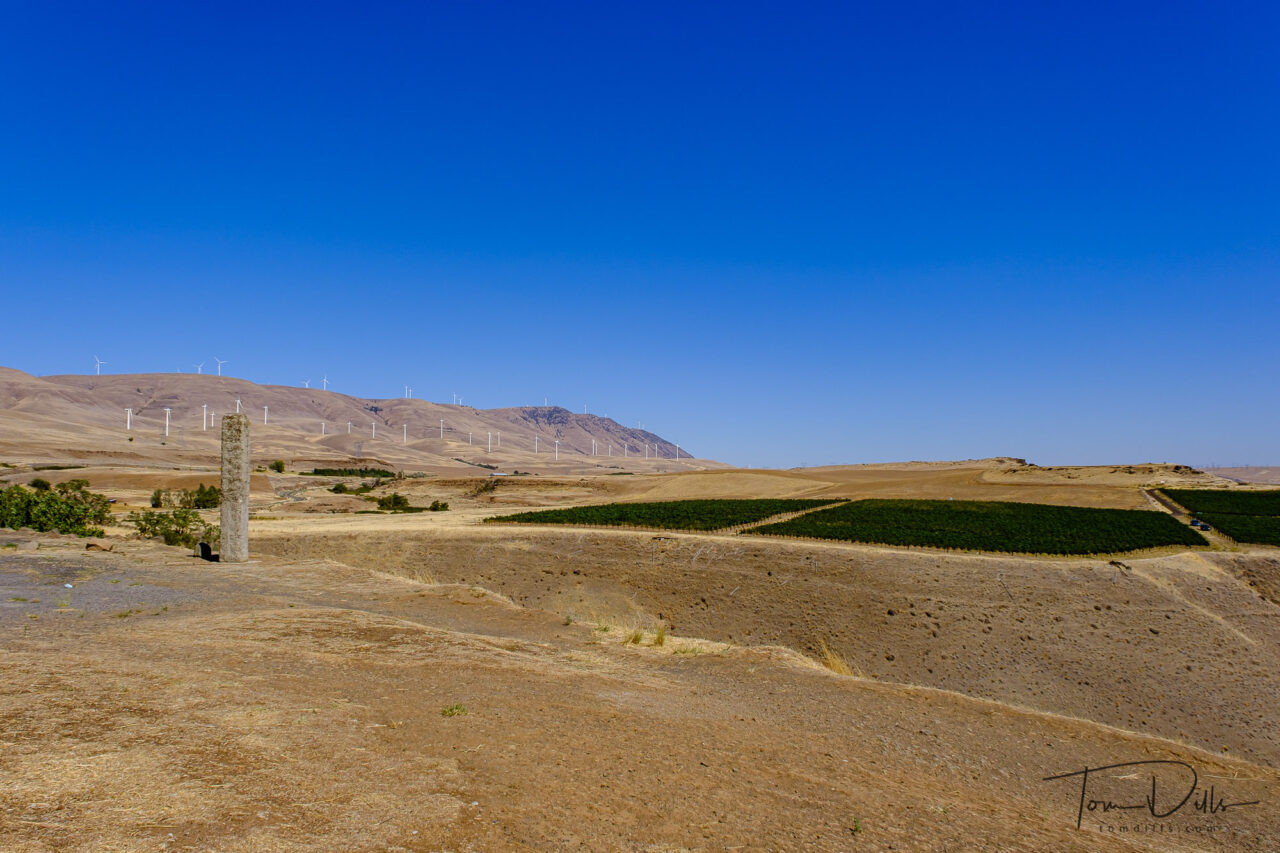
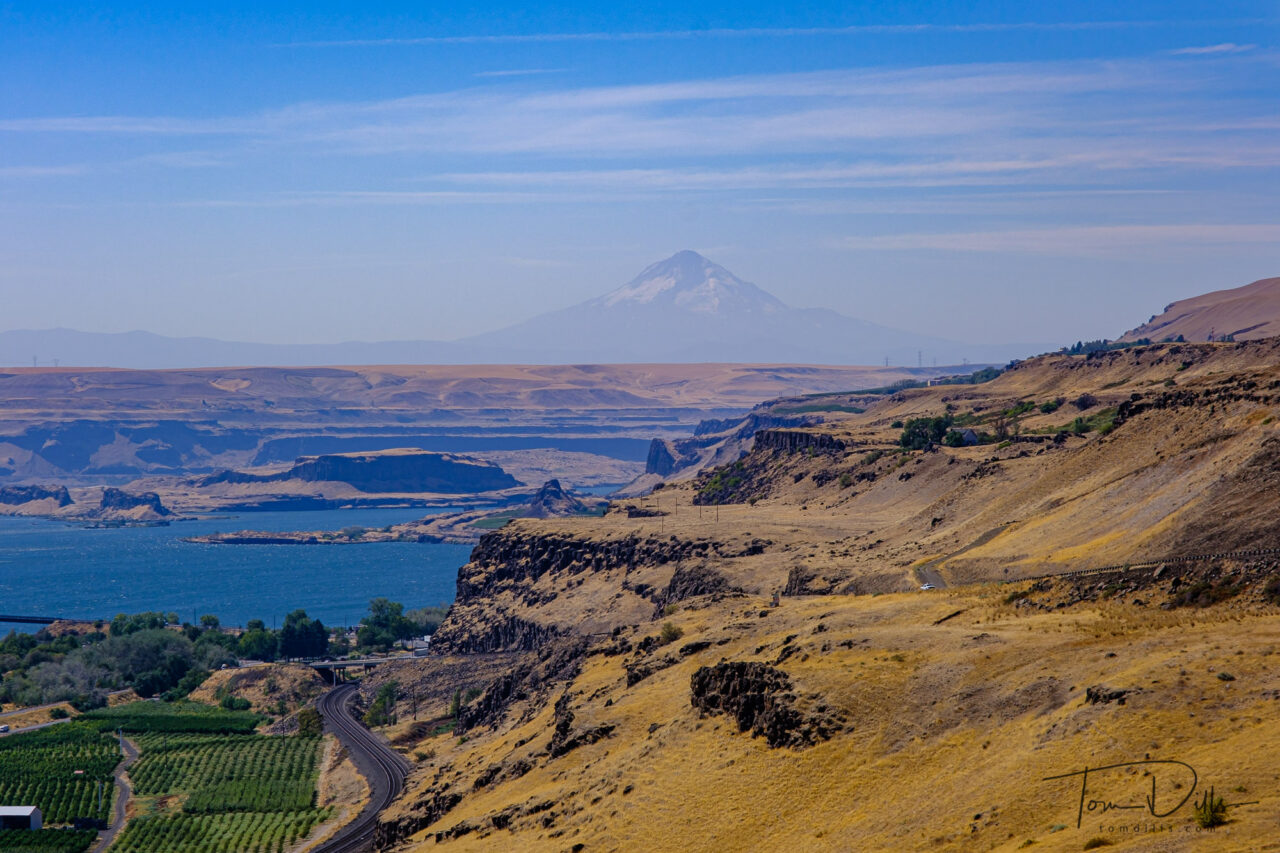
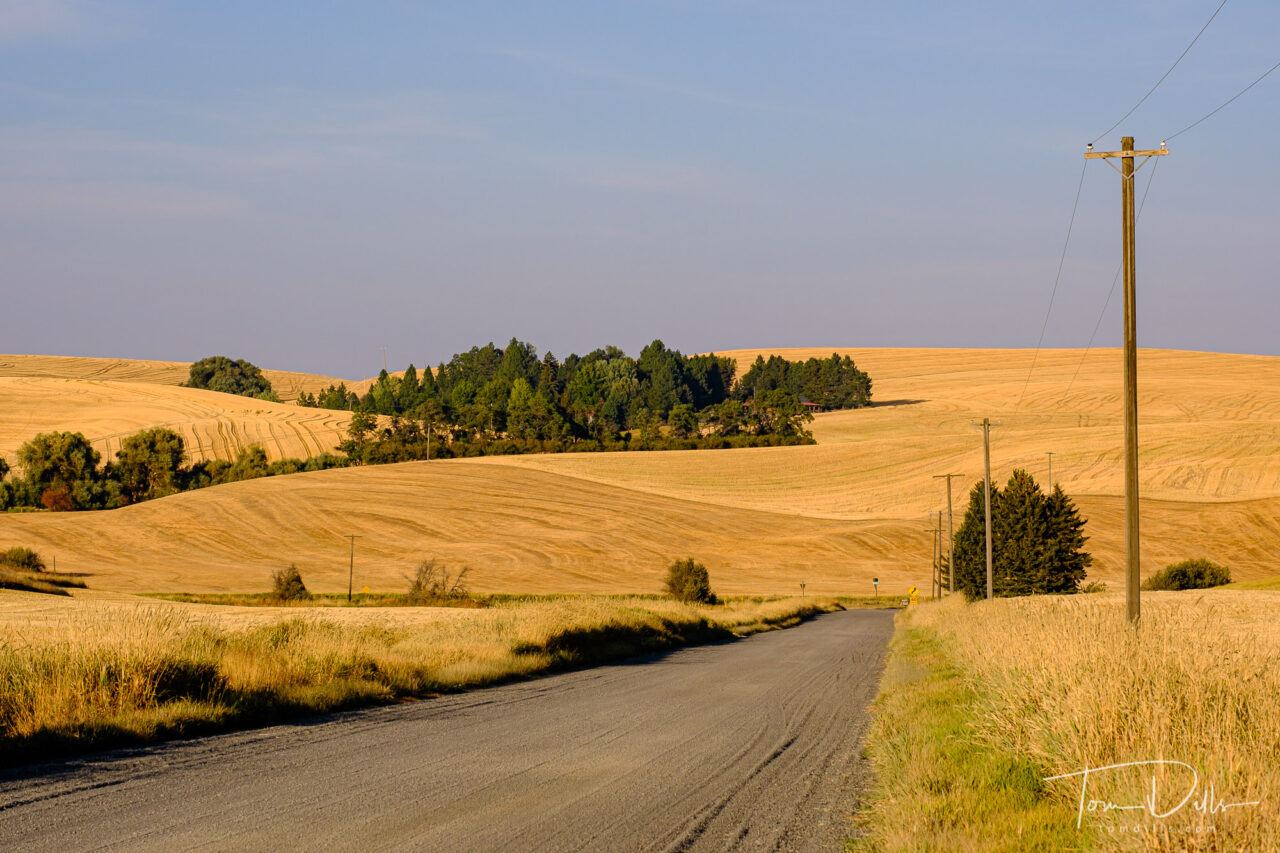
On the day we arrived in Pullman, Washington, the weather service had posted high wind warnings for the following day, with blowing dust, falling trees and all sorts of mayhem. As if that wasn’t enough, when we checked in to our motel we found out that a group of National Guard troops were due to arrive the following day to set up a Covid testing site at the university. Swell.
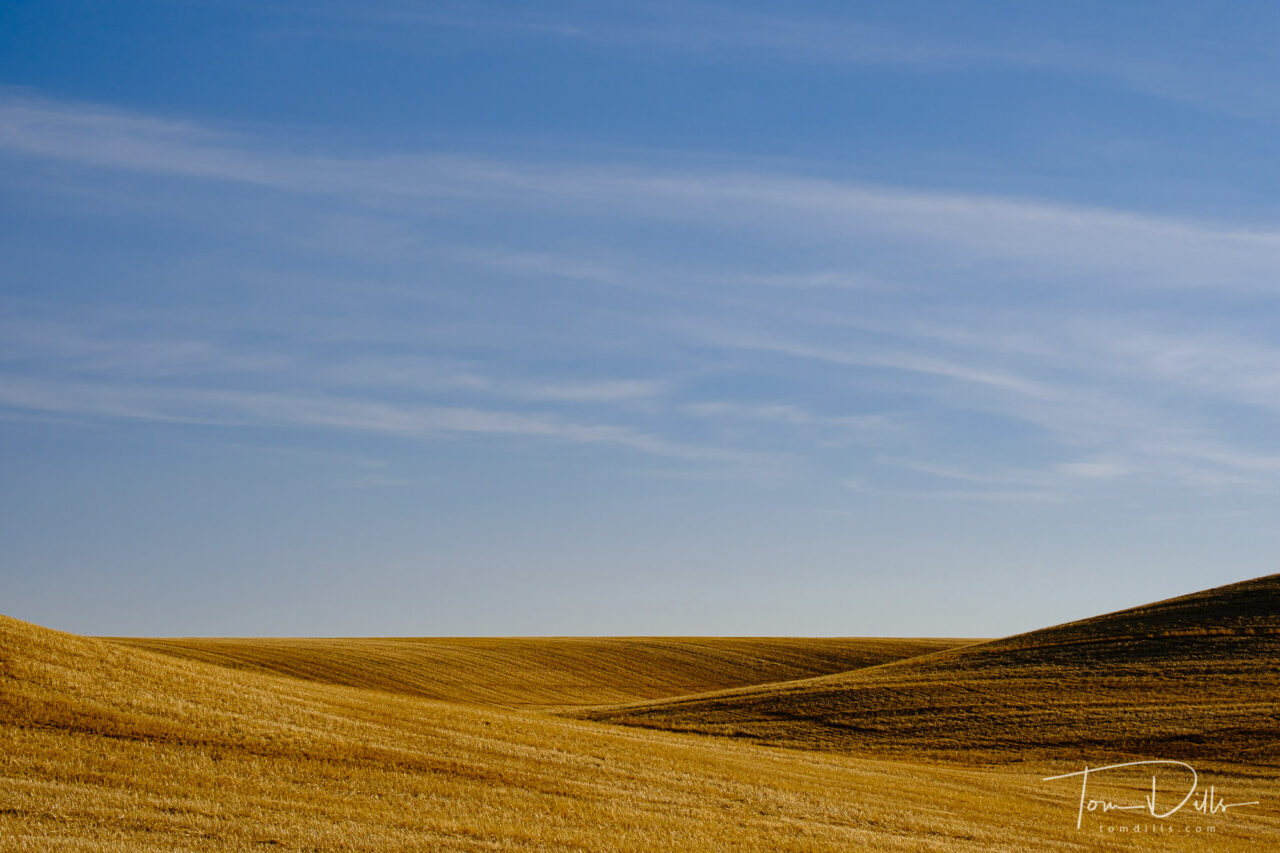
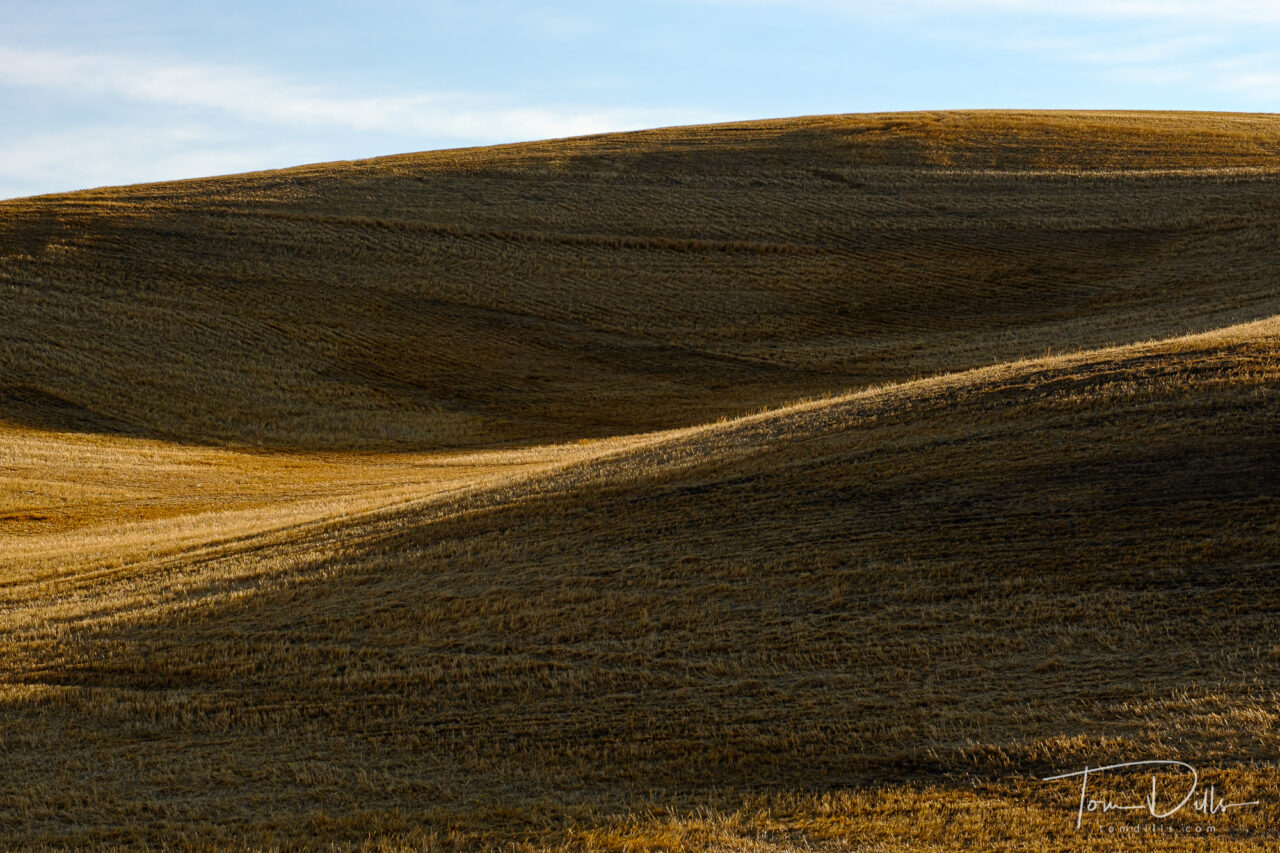
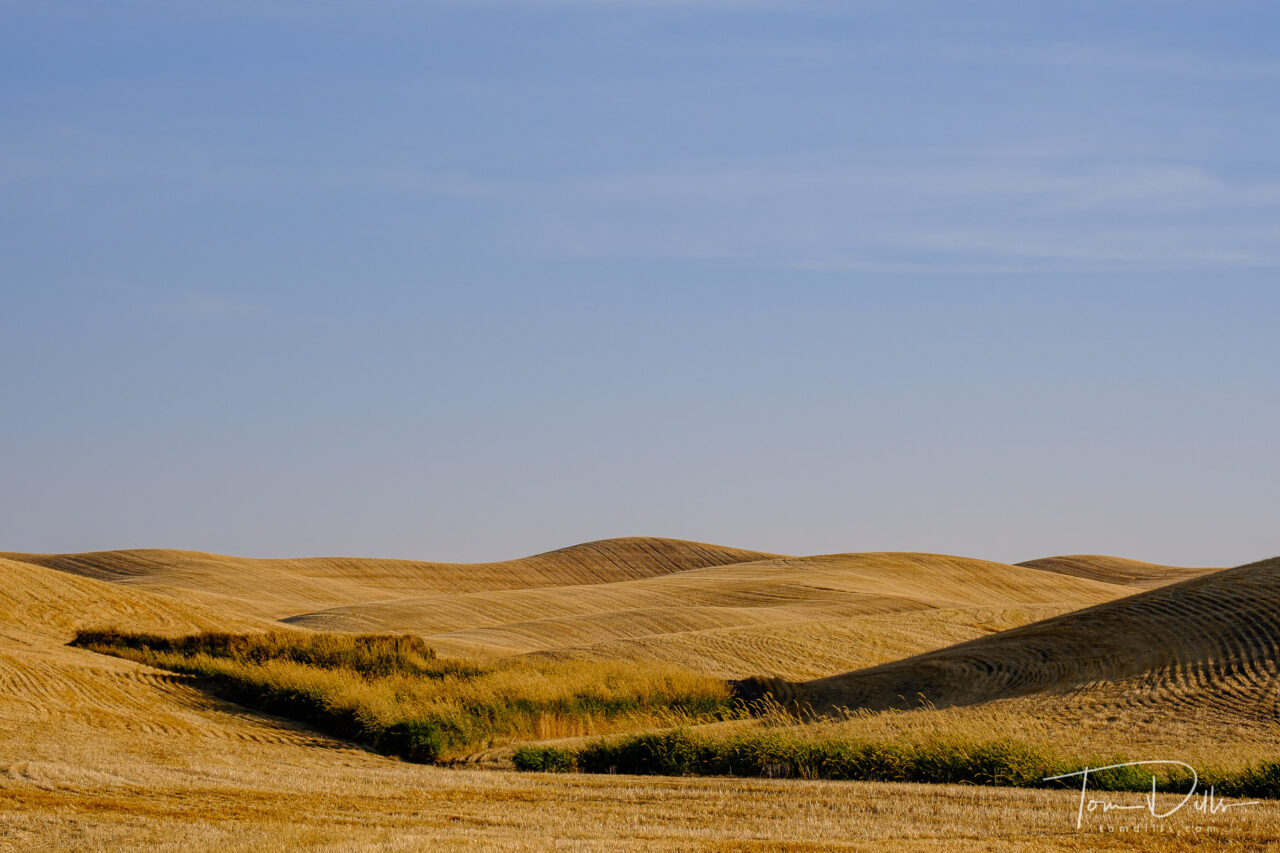
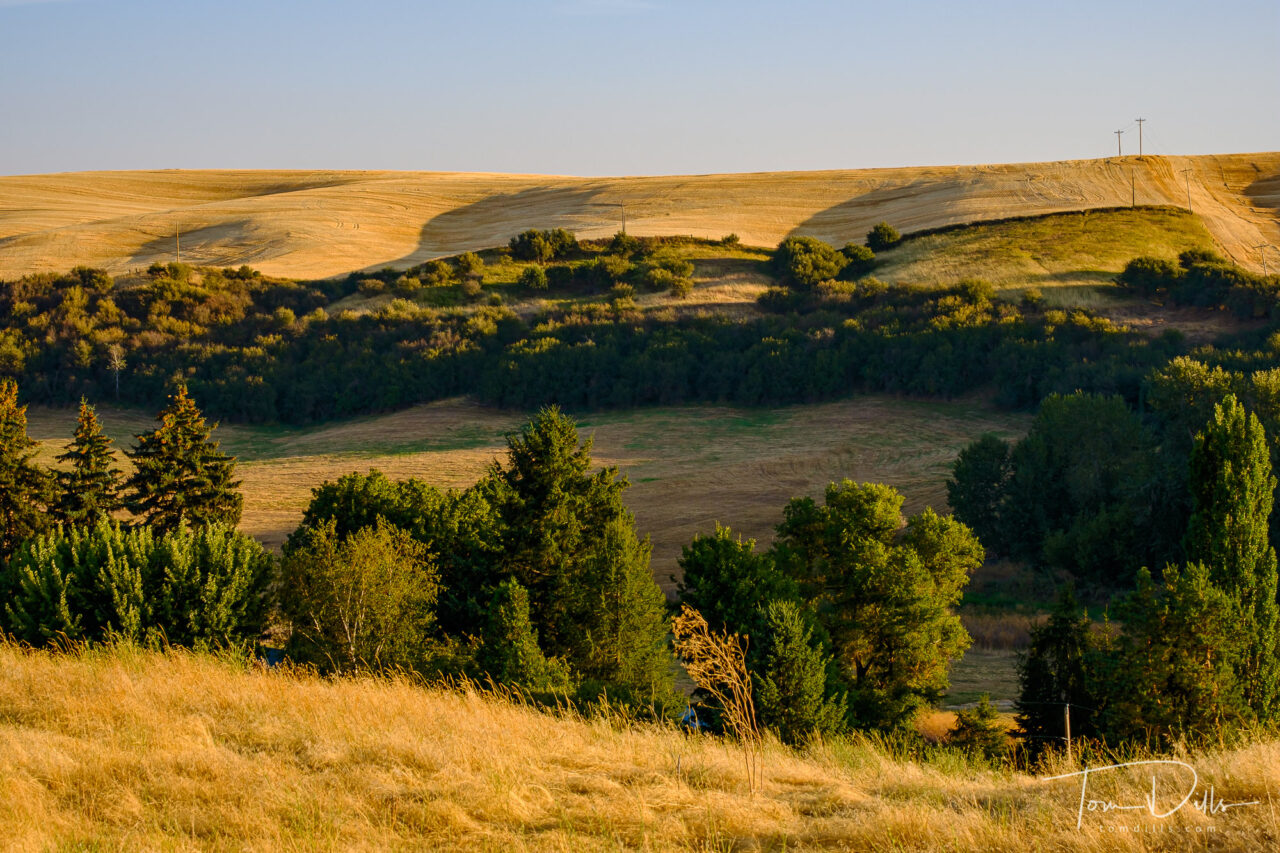
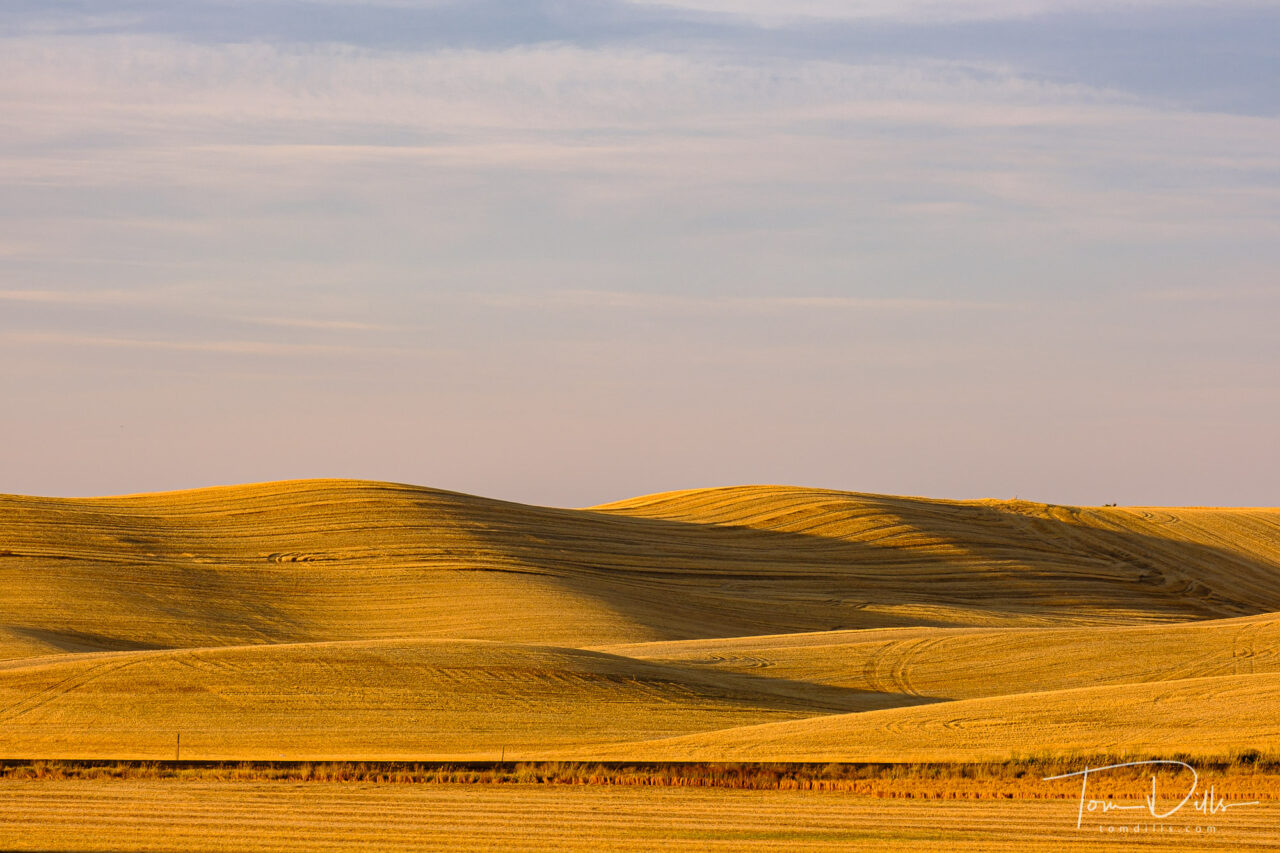
For those who don’t already know, The Palouse is a distinct geographic region encompassing parts of north central Idaho, southeastern Washington, and, by some definitions, parts of northeast Oregon. It has become a destination for photographers from all over due to the rolling hills that come alive in the spring and fall when this fertile land produces a mix of deep greens and brilliant yellows. Our visit was past the peak time, so for the most part we saw fields of wheat contrasting with areas that had already been harvested, so instead of green and yellow we had yellow and brown. It still made for some interesting photographs!
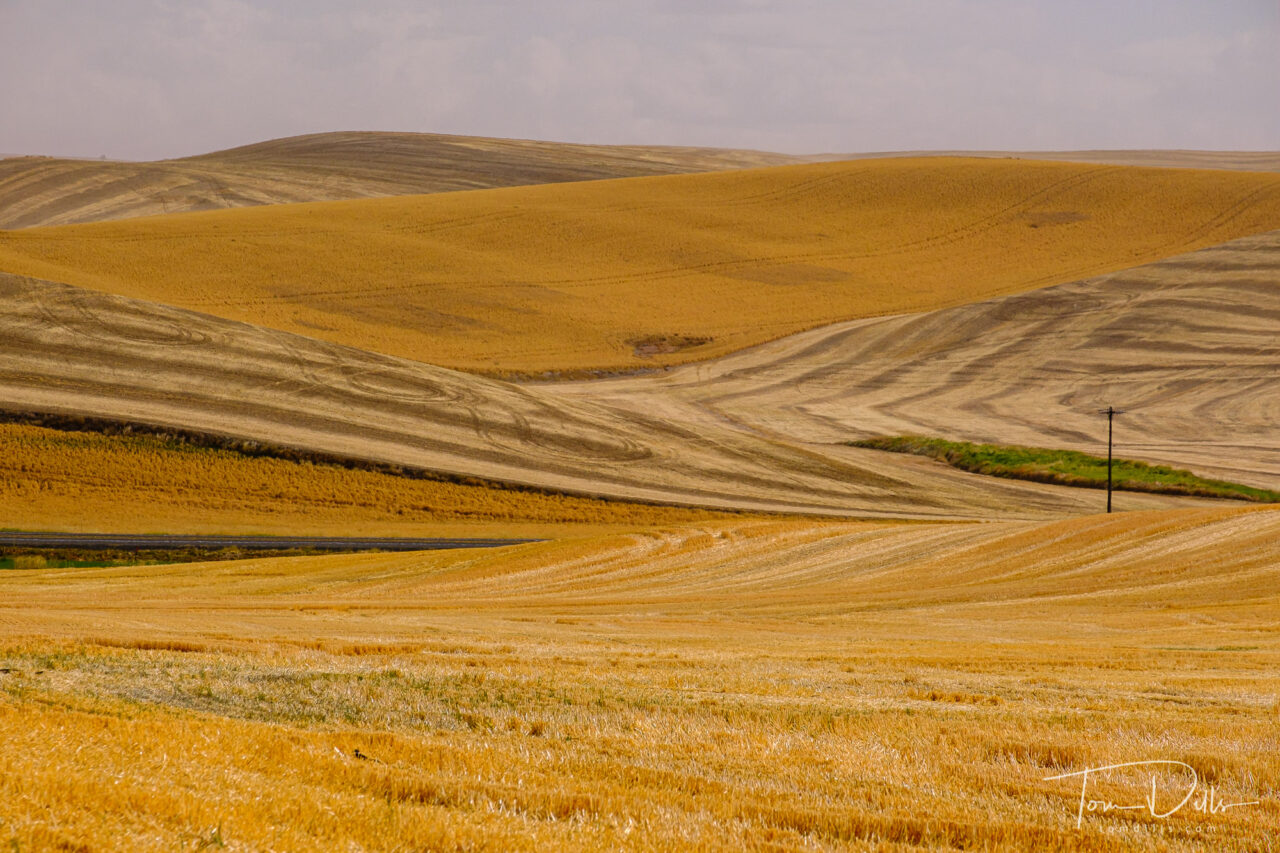
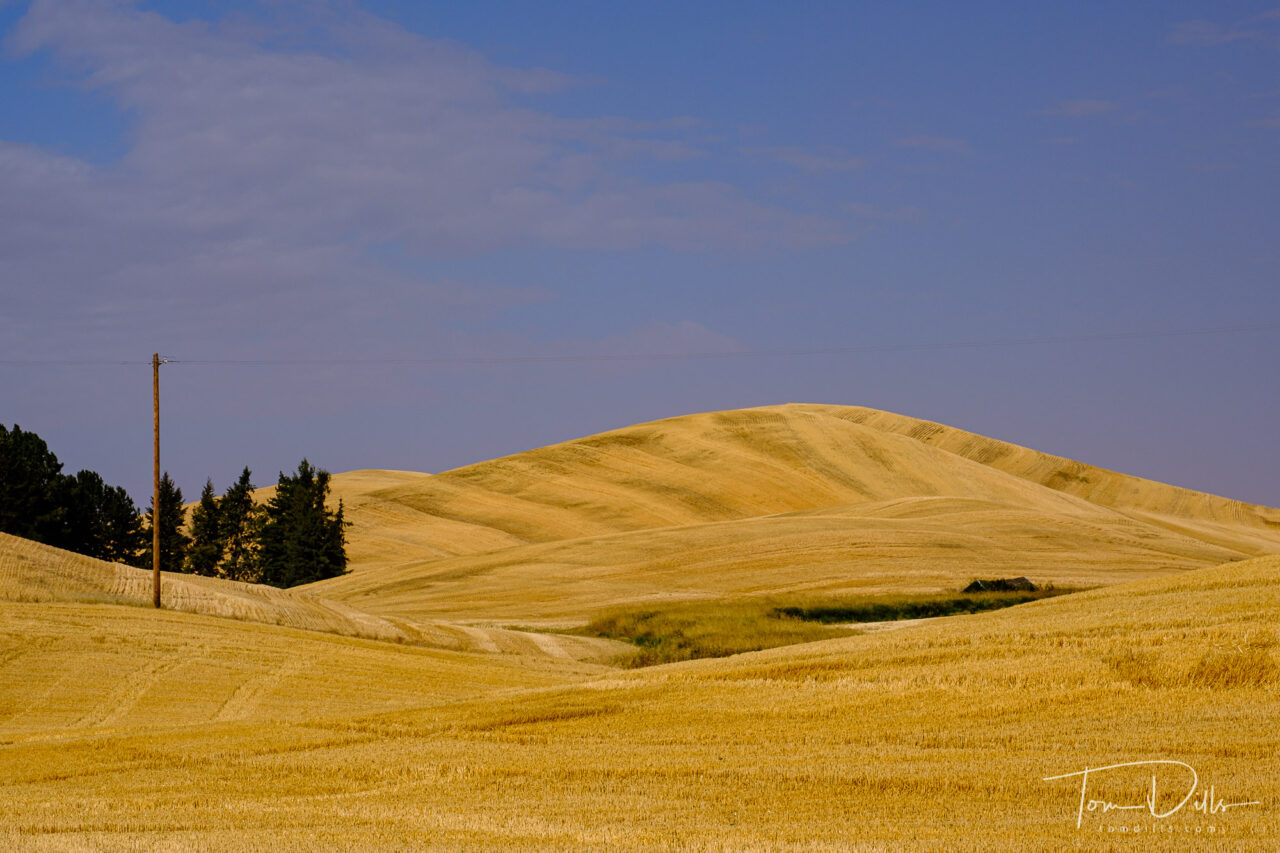
I had dismissed The Palouse as one of those photographic cliches that “everyone” does, like the slot canyons in Arizona or the “Boneyard” in South Carolina. And in many ways it is exactly that. If you are there at the right time and in the right light, all you really need to so is point the camera at something and press the button. But the interesting thing is that it isn’t that easy! In order to make a personally interesting photograph you need to work at it. Yes, I took a bunch of photos, but when it came right down to it I ended up with only a handful or two of truly “special” photos.
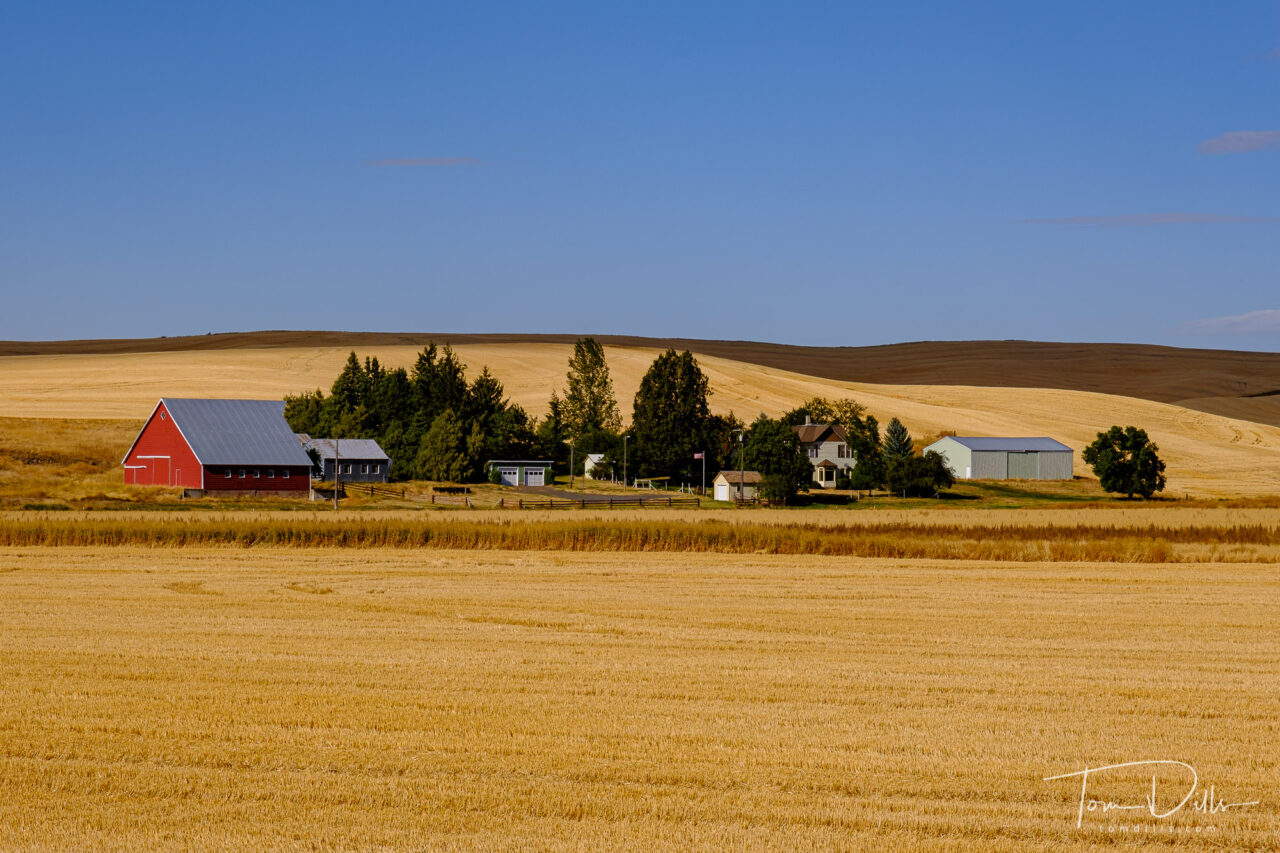
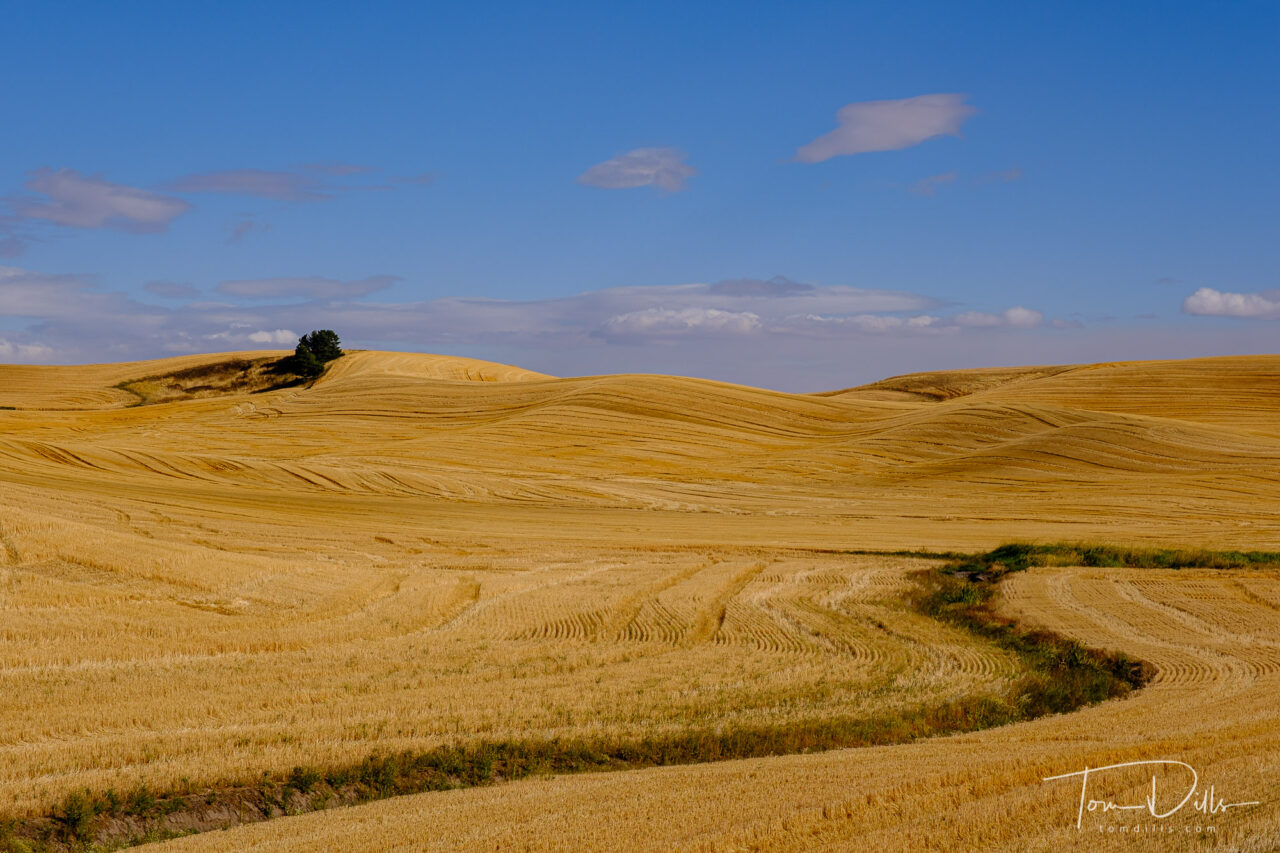
We had only planned to spend two nights in Pullman anyway and were prepared to make the most of our time, so we set out in late afternoon of the first day to explore the countryside. We had no difficulty finding photogenic scenery! The biggest difficulty was that most of the roads through the countryside are dirt and gravel. And the dirt is not what we find here in the east. Because the soil is so rich and fertile, the dirt can be more like a fine talcum powder, and it gets into everything. Fortunately I didn’t have to change lenses in the field so I didn’t have that to worry about! The car, however, was a mess!
The next day we had planned to head to Steptoe Butte, a state park with a high point that is supposed to be ideal for photographing the surrounding countryside. But when we got up in the morning, the winds had arrived as advertised, so we decided to skip Steptoe, reasoning that the higher elevation would make it a very unpleasant place to spend a wind storm. So we headed west and south toward the Snake River Valley.
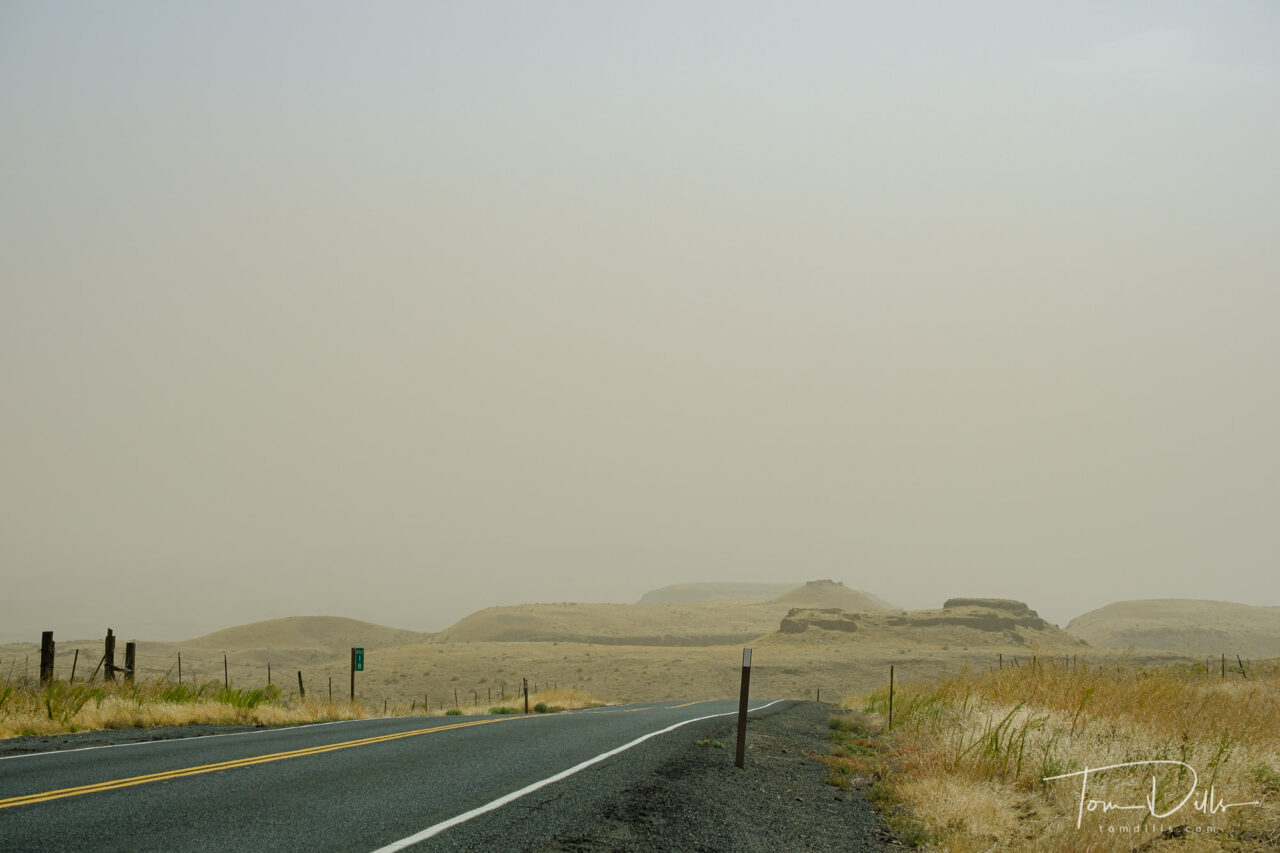
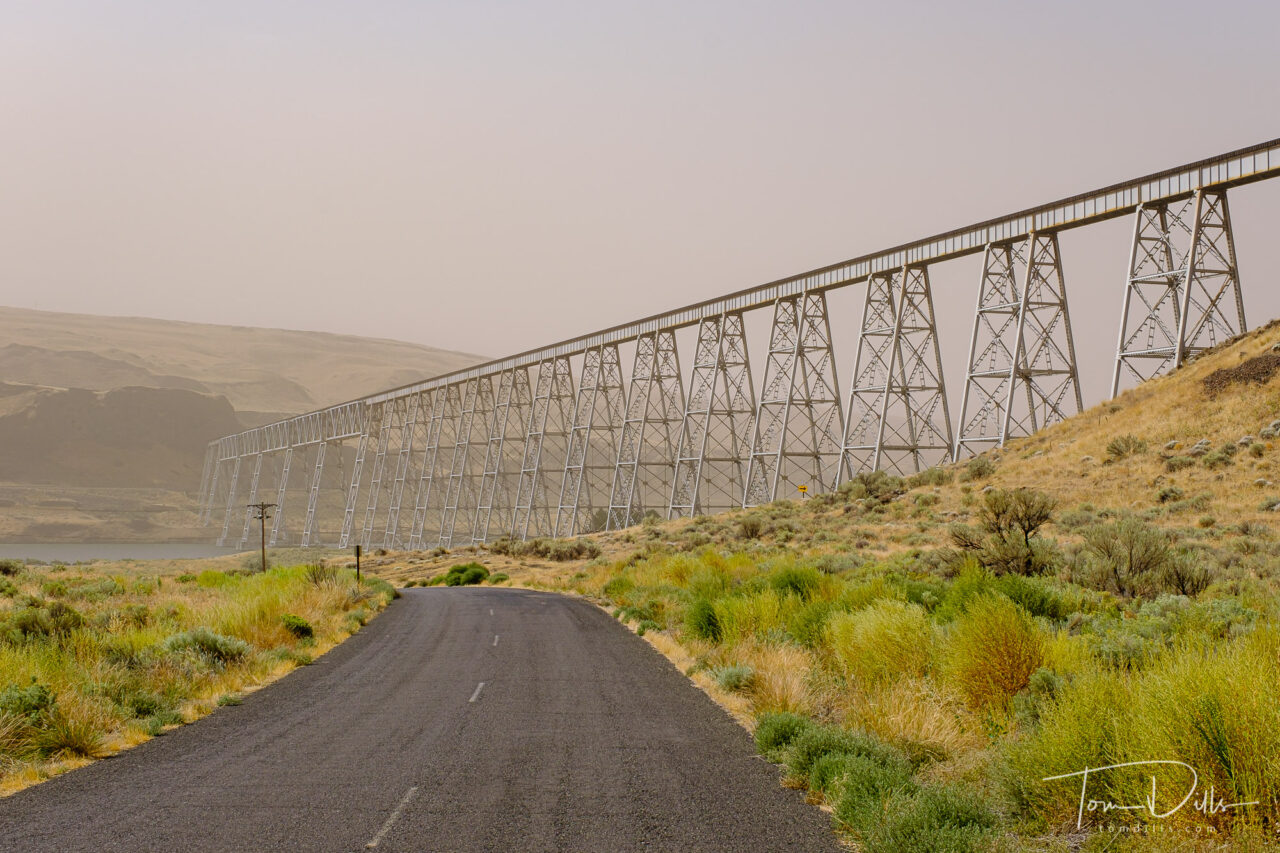
How windy was it? Well, they actually closed I-90 due to dangerous crosswinds and blowing dust. And on the country roads we were traveling, it got to the point where I had to turn off the car’s anti-collision system, because every time a tumbleweed would blow across the road in front of us the car would slam on the brakes as though it was an object of some sort. Scary, especially if someone had been behind me! Fortunately there was hardly anyone else on the road, so it was no big deal.
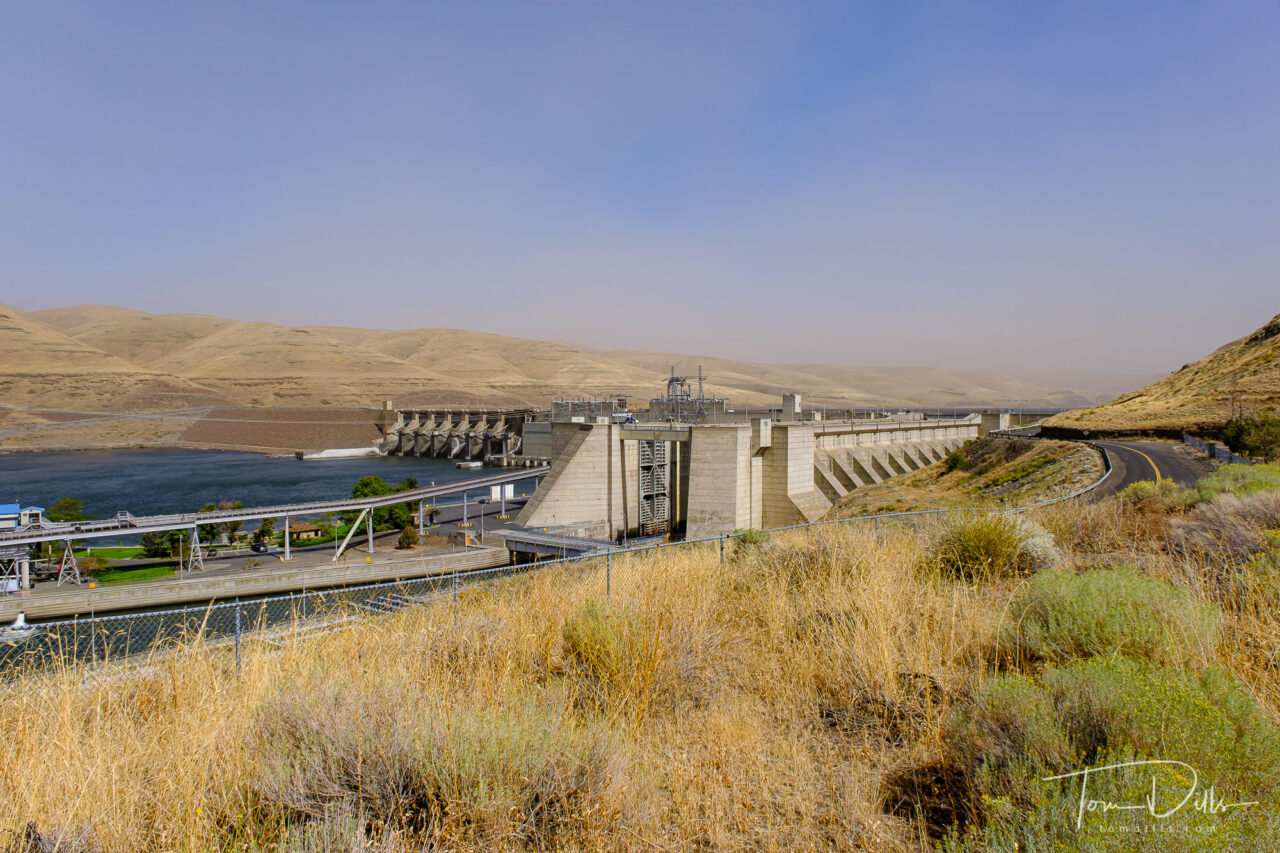
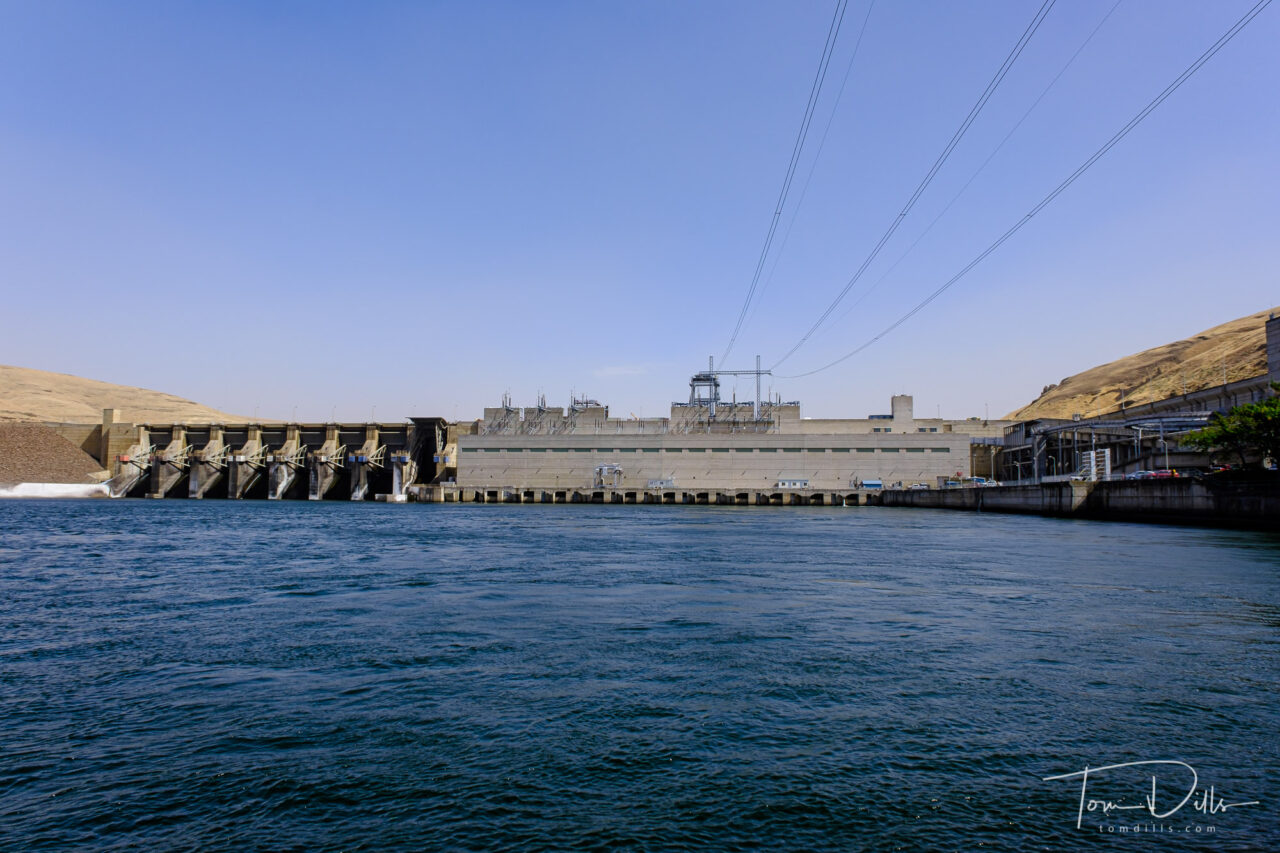
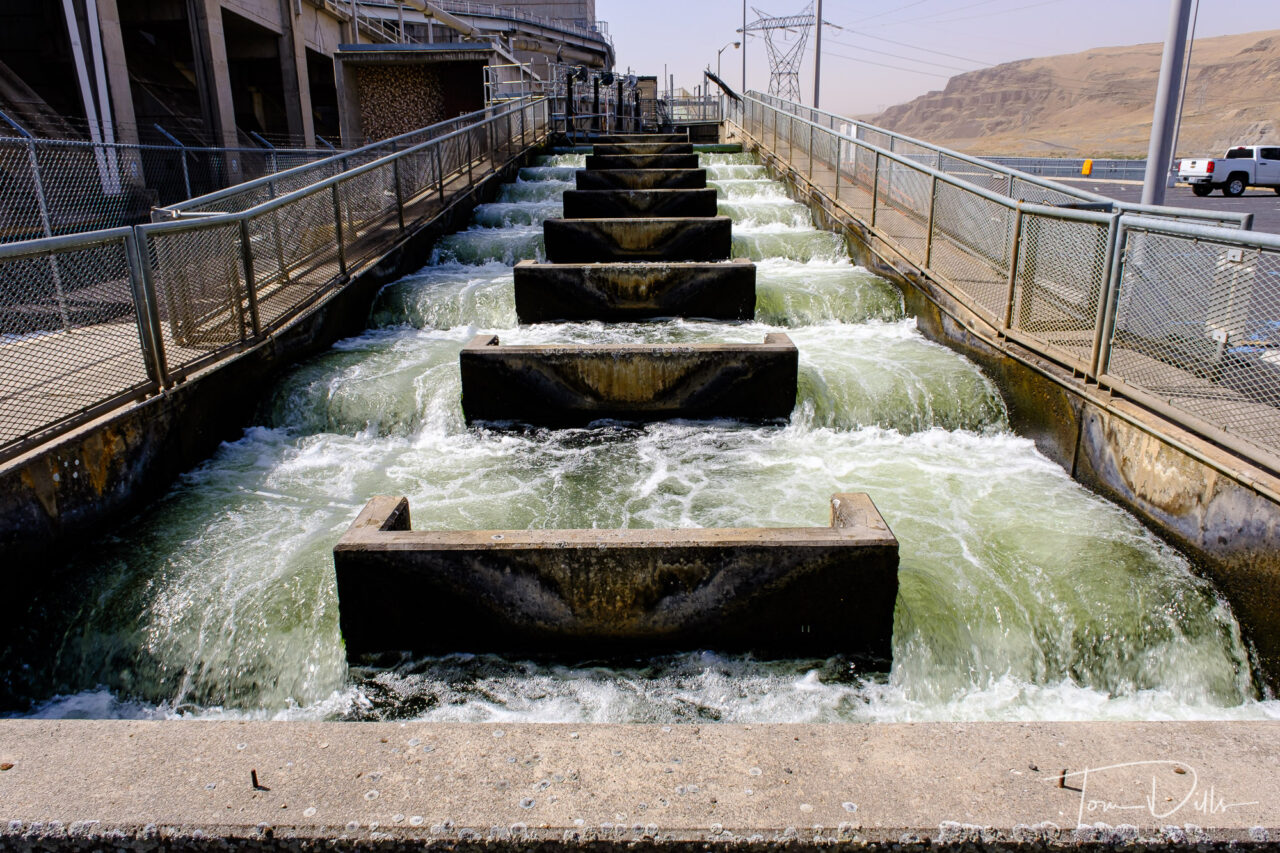
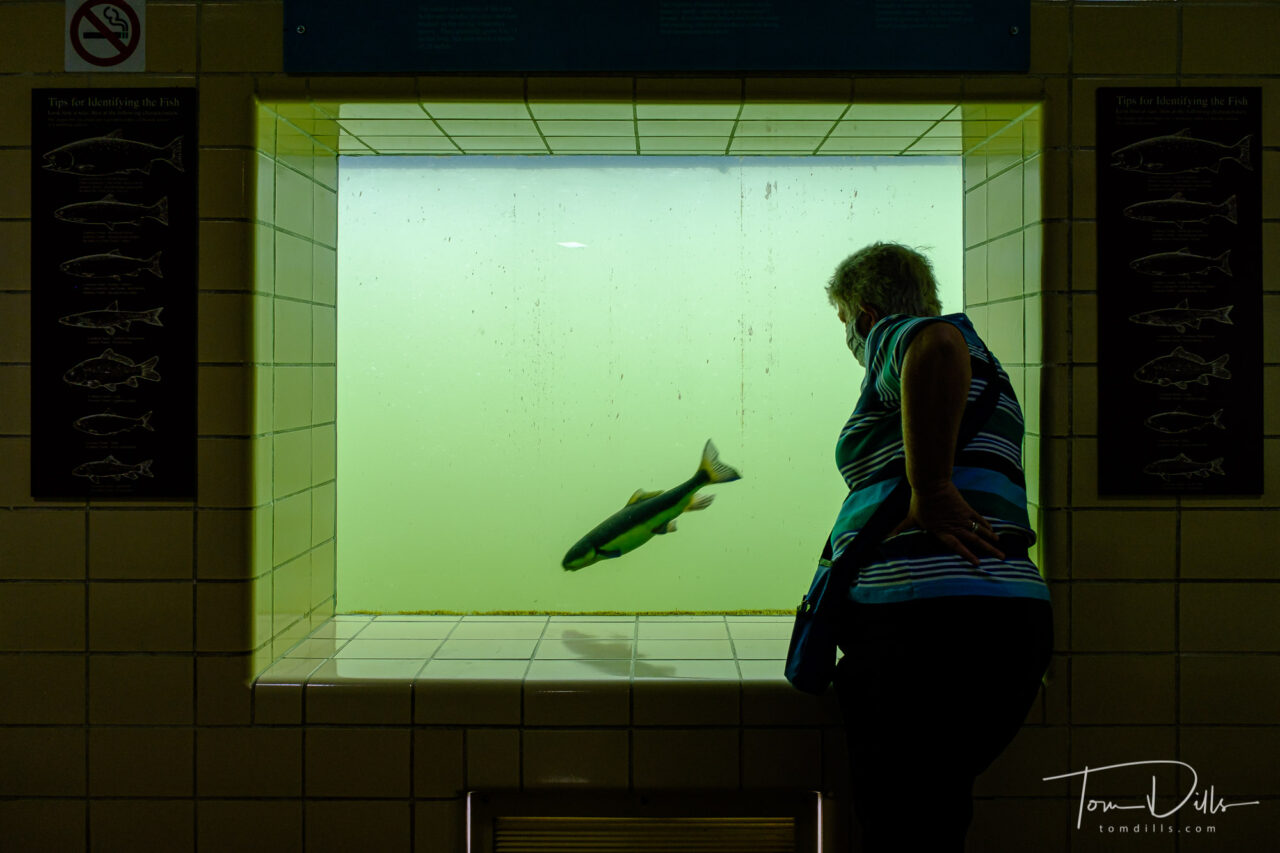
Down along the Snake River, things were a bit less windy and not so dusty. We stopped at the Little Goose Lock & Dam near LaCrosse, where we talked to one of the biologists there and toured the fish ladder and viewing room. We saw several species of fish, including Chinook Salmon, swimming through.
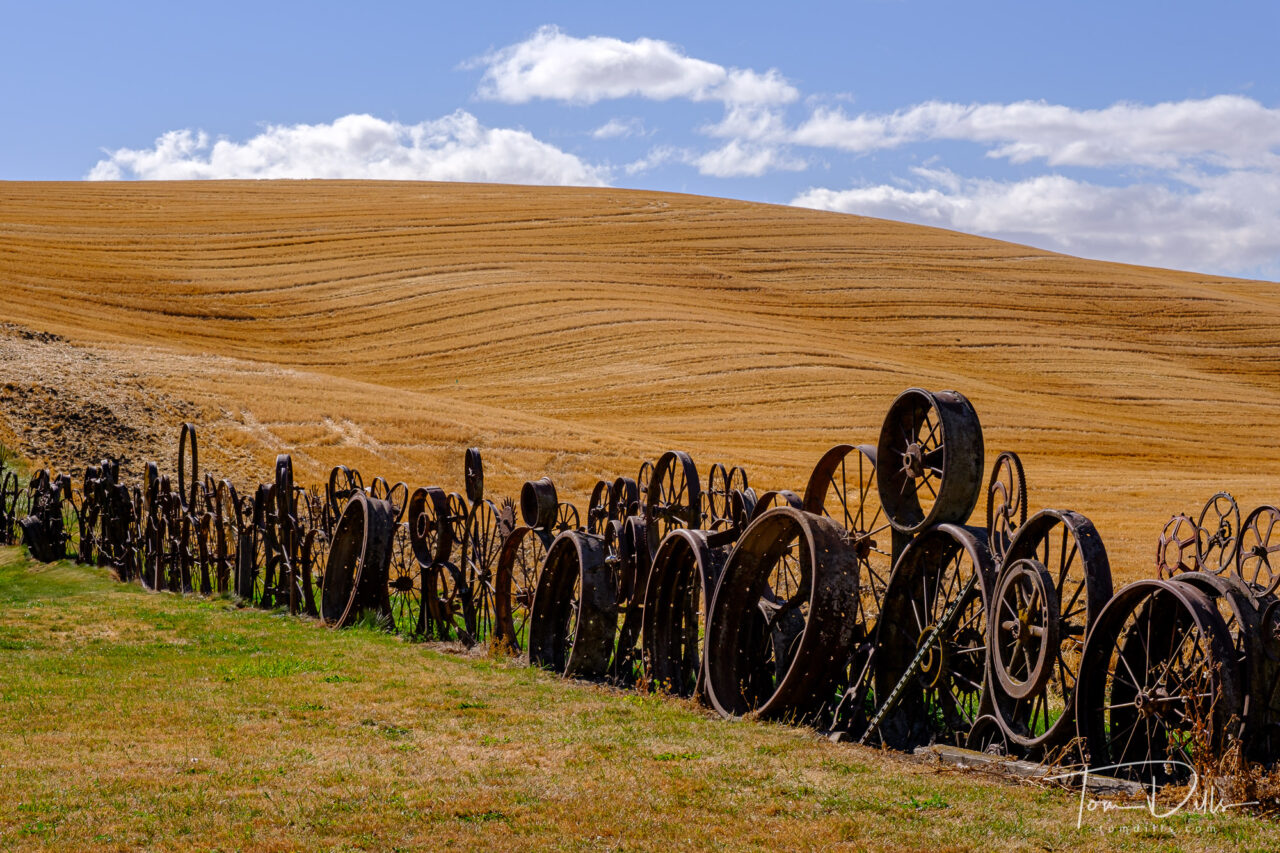
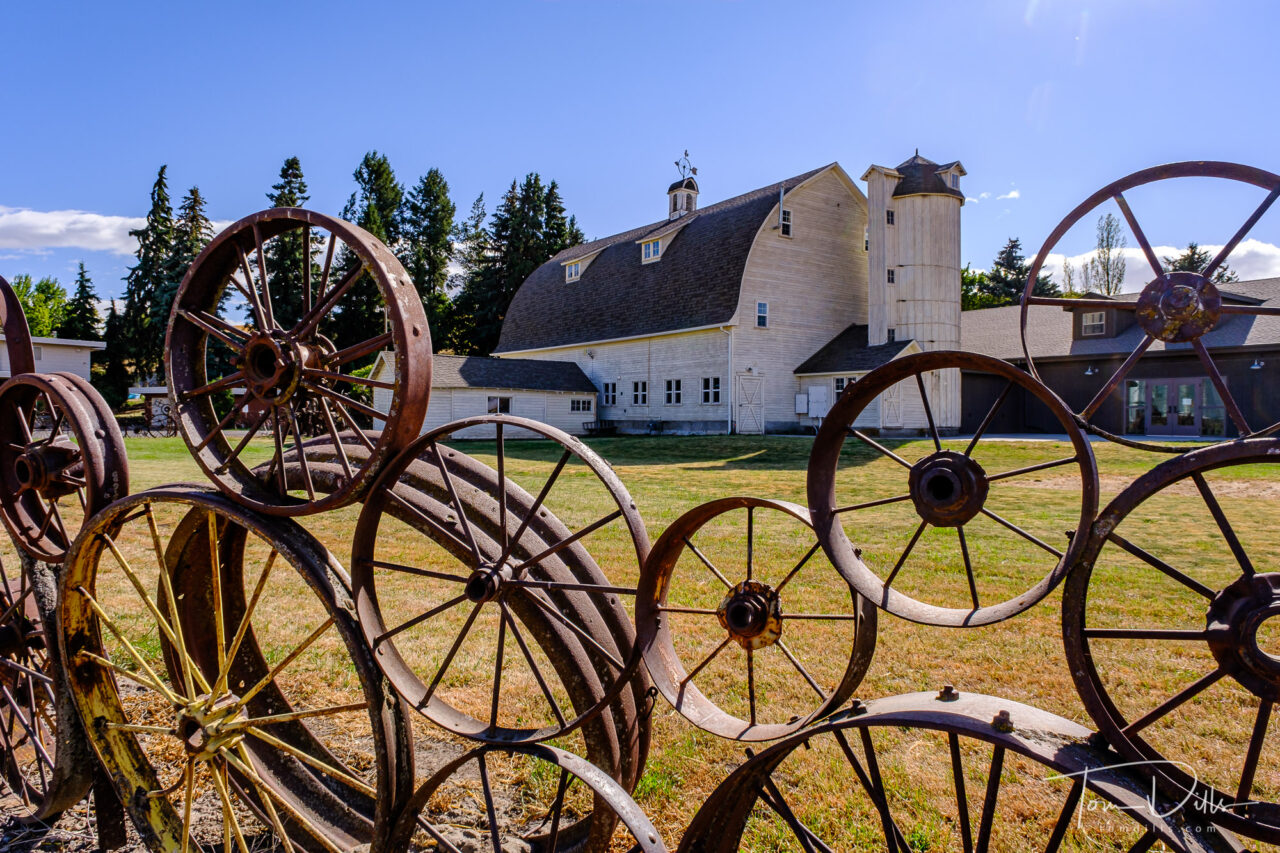
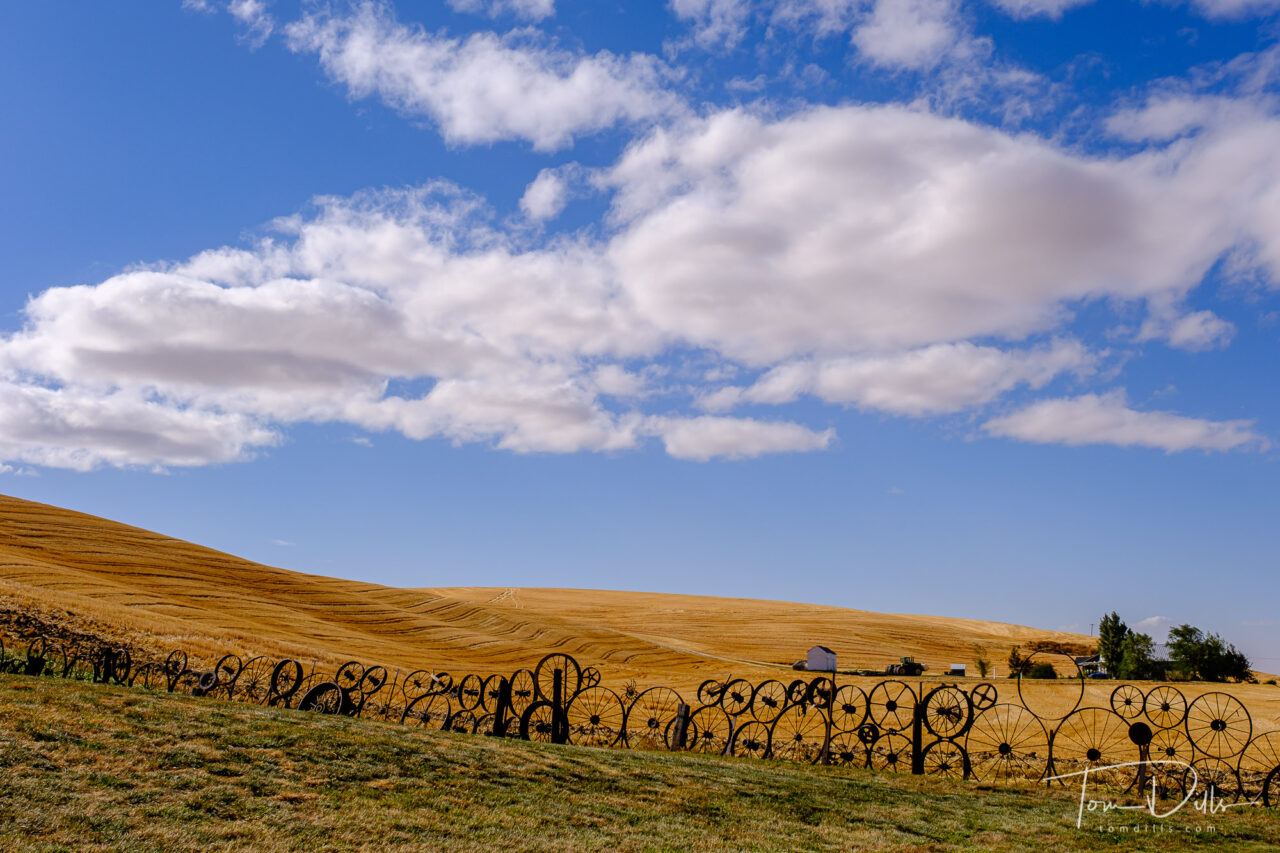
I definitely felt that The Palouse was worth the time and effort to go there. And I’d love to go back sometime and spend more time out and about. The trick will be to try and find “different” subject matter. There’s nothing wrong with photographing the rolling countryside, but there is a lot more there too. It’s just that the countryside is right there in front of you, and makes it a little hard to look for other things.
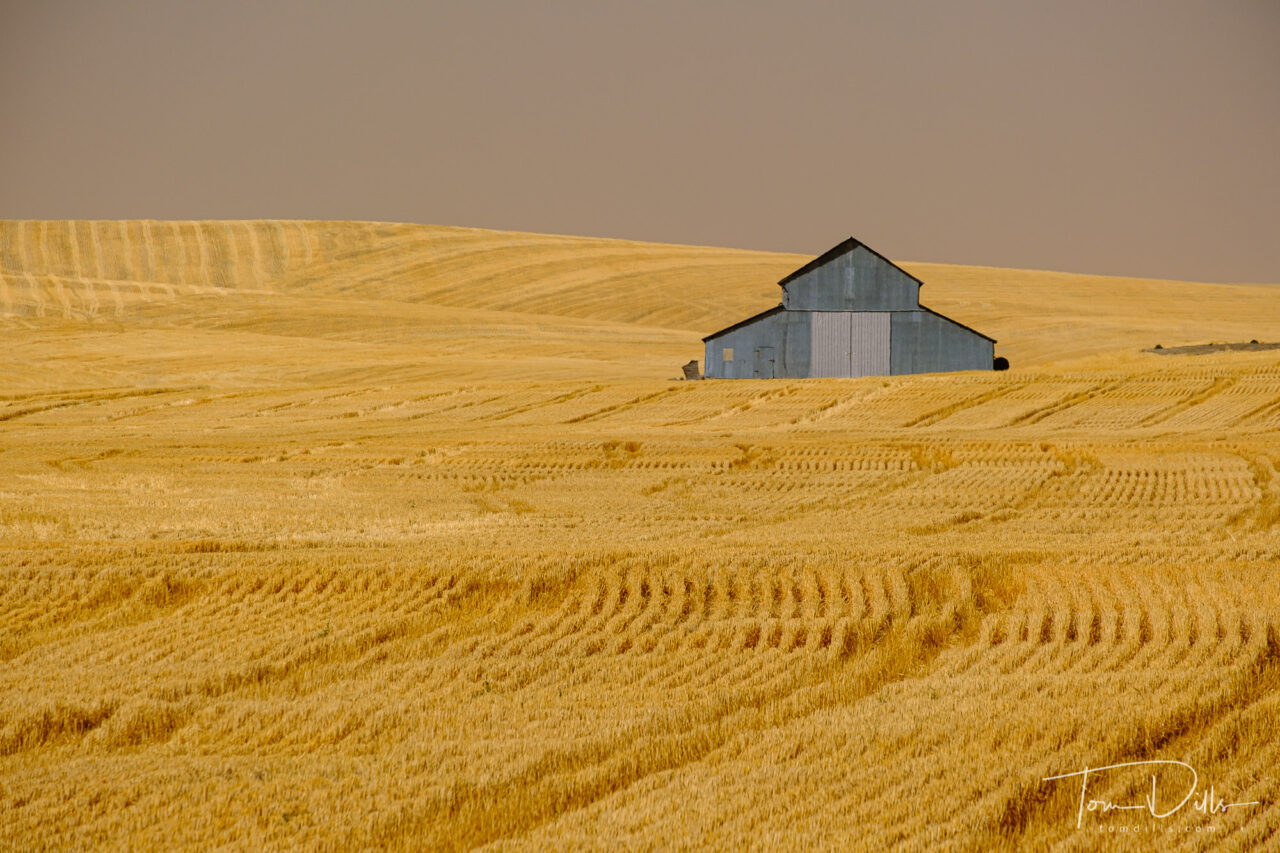
Update 10/27/20: I’ve added a gallery of more photos on my Adobe Portfolio site for anyone who wants to see more.
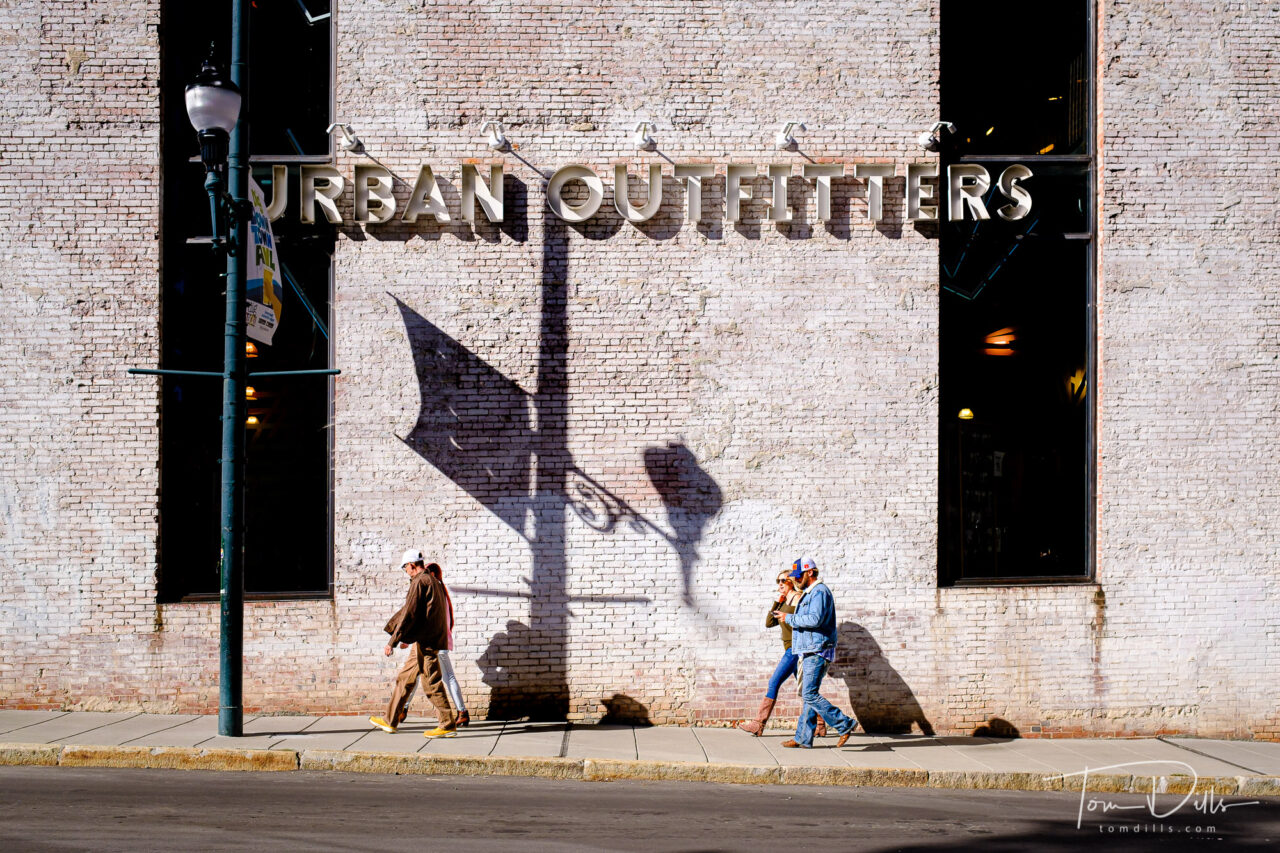
Kathy & I spent last weekend in Asheville, NC celebrating our 40th anniversary. While the weekend was mostly about celebration, we did manage to do more than just eat and drink – I took a few (hundred) photos. About 770, actually! 🙂
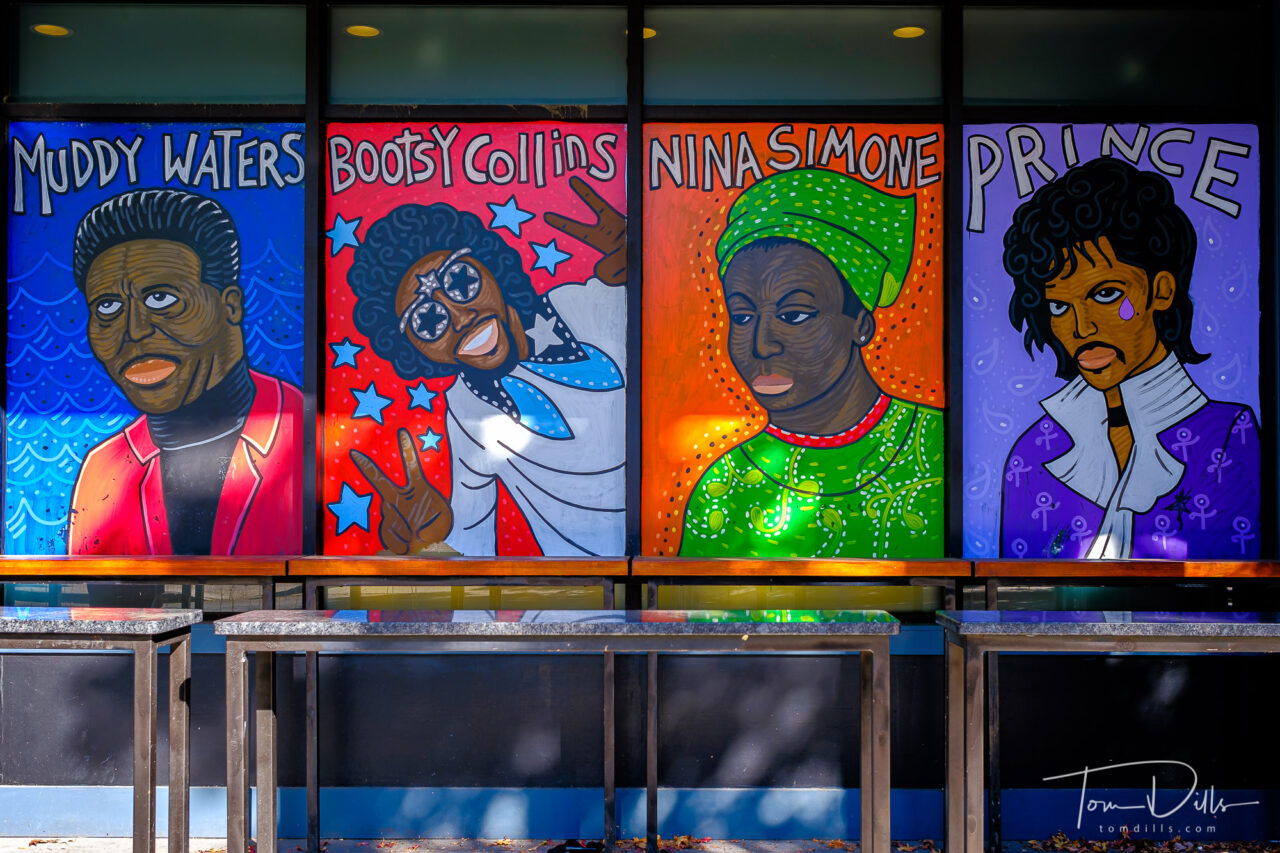
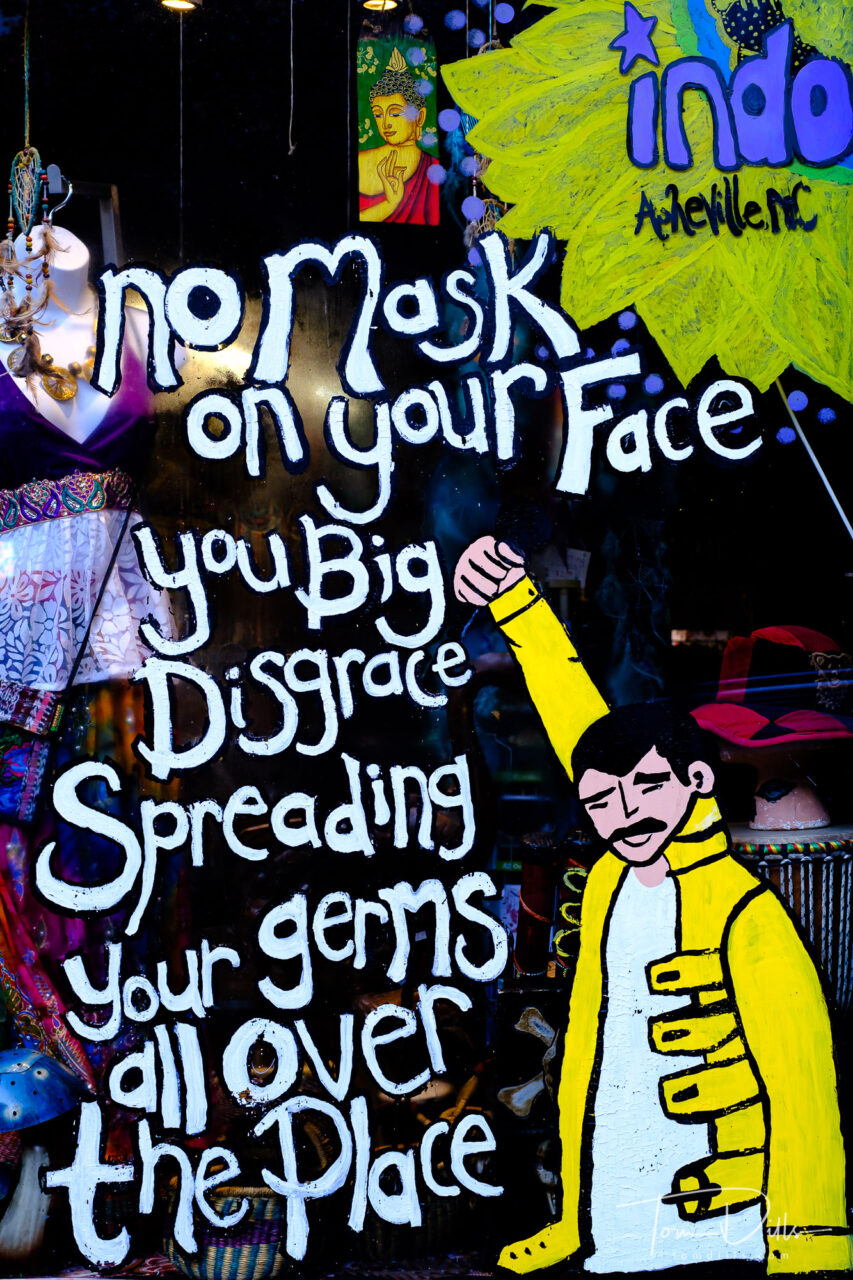
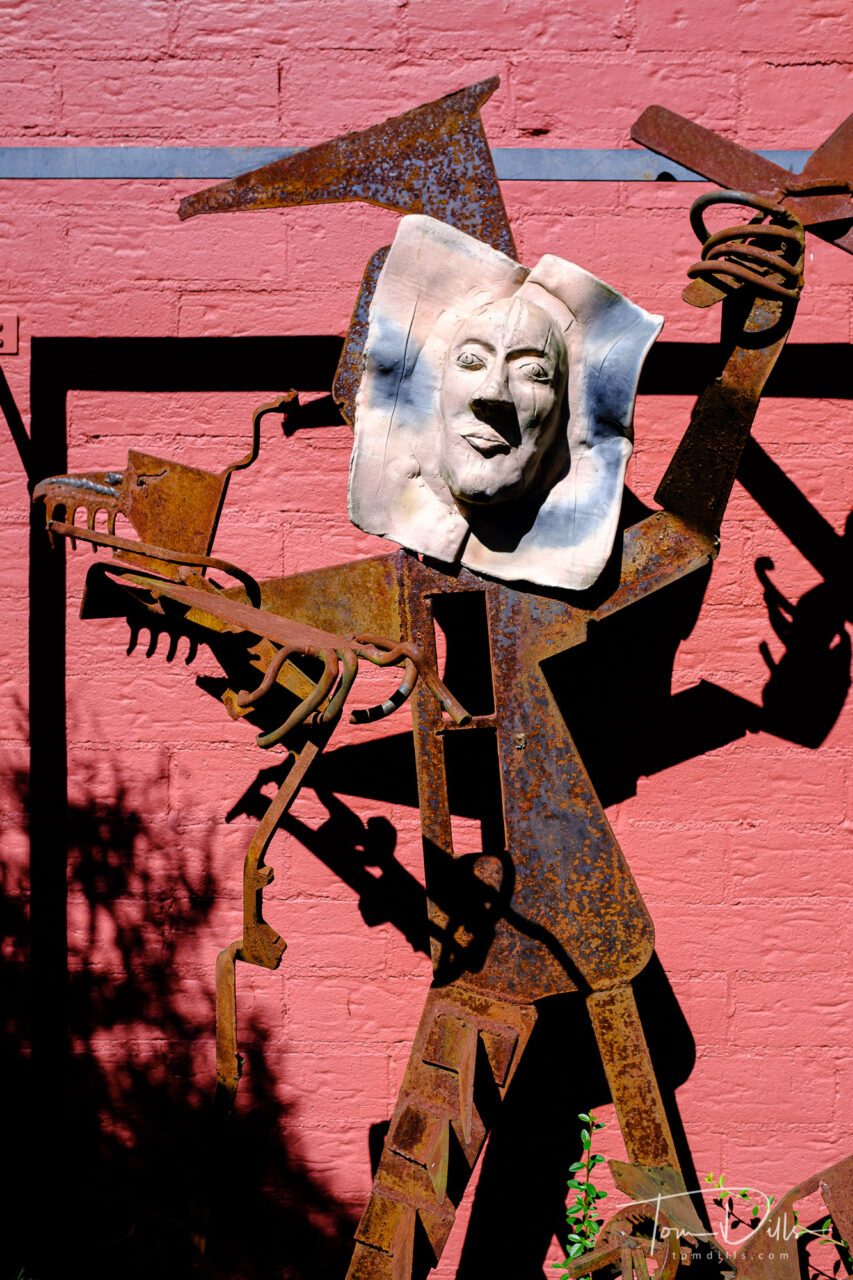
I did something a little bit different (for me) this time, taking only my X-T4 and 3 prime lenses – the 14mm f2.8, 23mm f1.4 and the 35mm f1.4. Before heading out the door I would decide which lens to take, then “see” at that focal length during our outing. I love doing that, as it is a good exercise in visualizing a scene then adjusting with my feet as needed. I mostly stuck with the 23 and 35 except for our visit to Biltmore House, where I used the 14 and which I will detail in a future post or two.
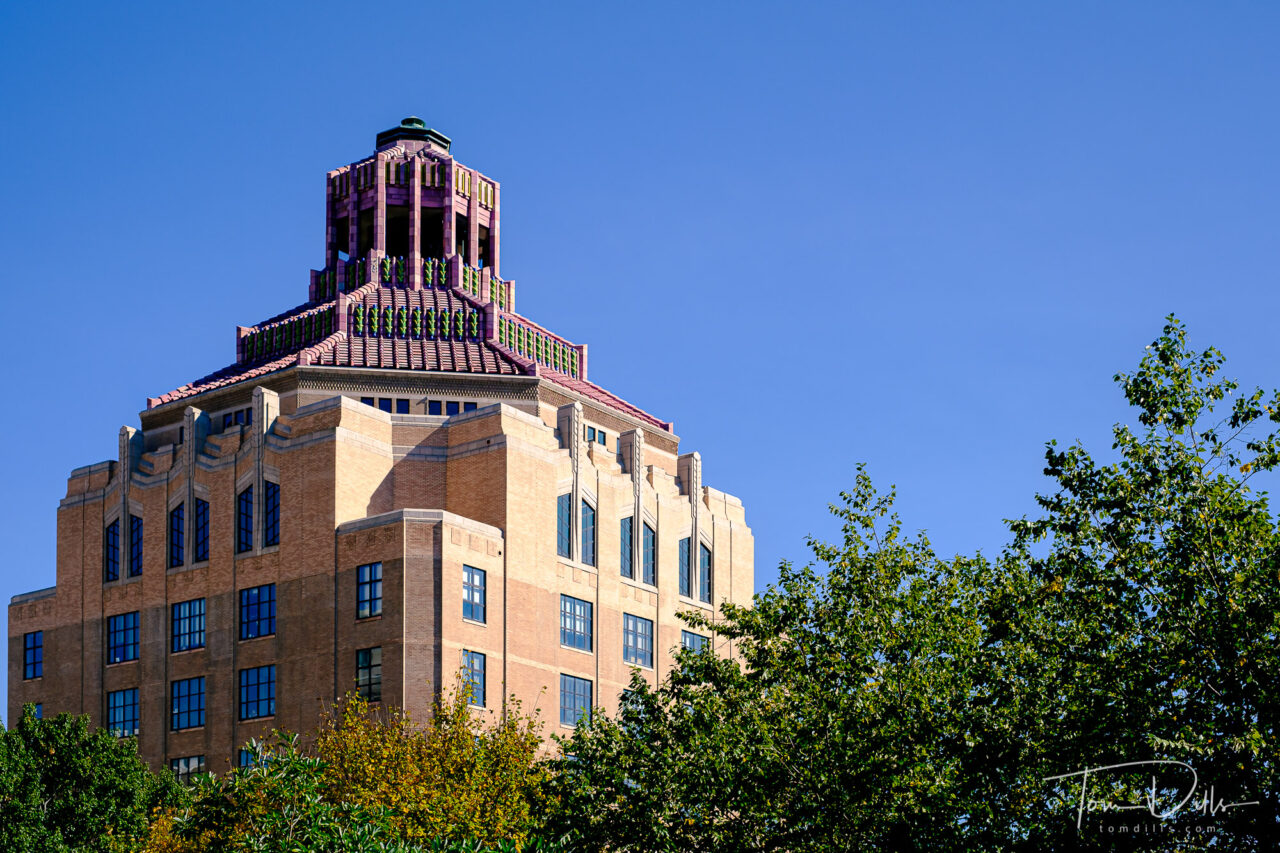
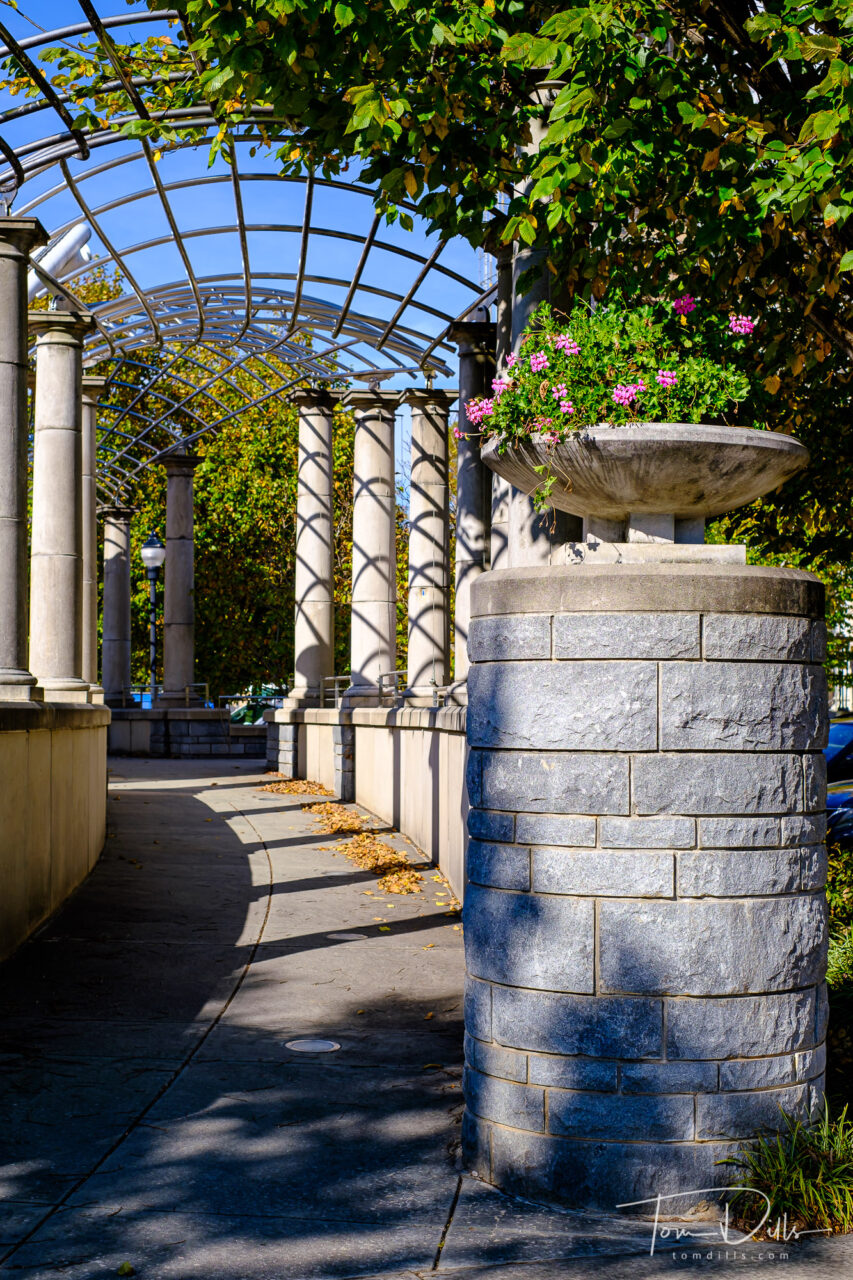
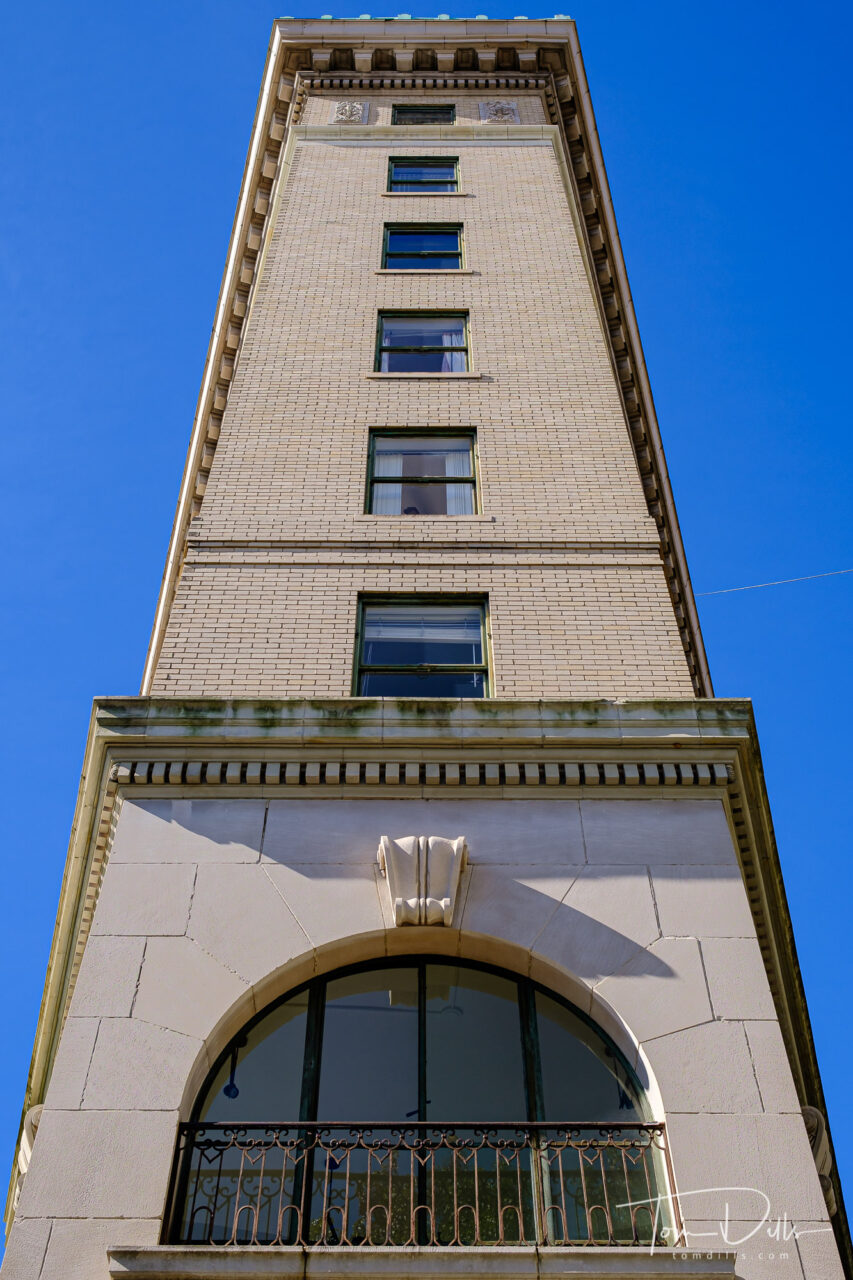
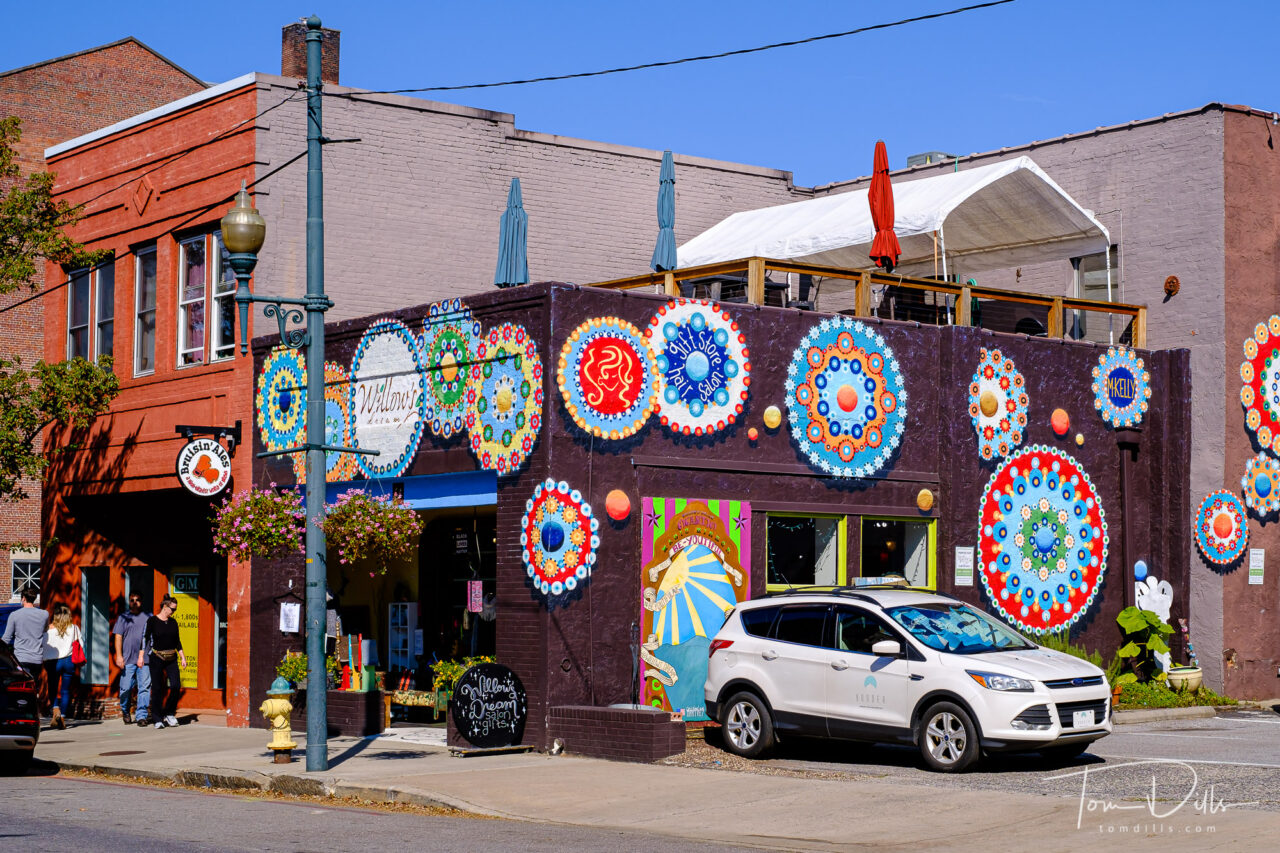
I’m still trying to get through the rest of my photos from our Northwest road trip, so before I spend too much more time with these Asheville photos I’m going to try and get the Northwest photos done first. So expect a little bouncing around the country as I get through the rest of my Northwest photos. 🙂
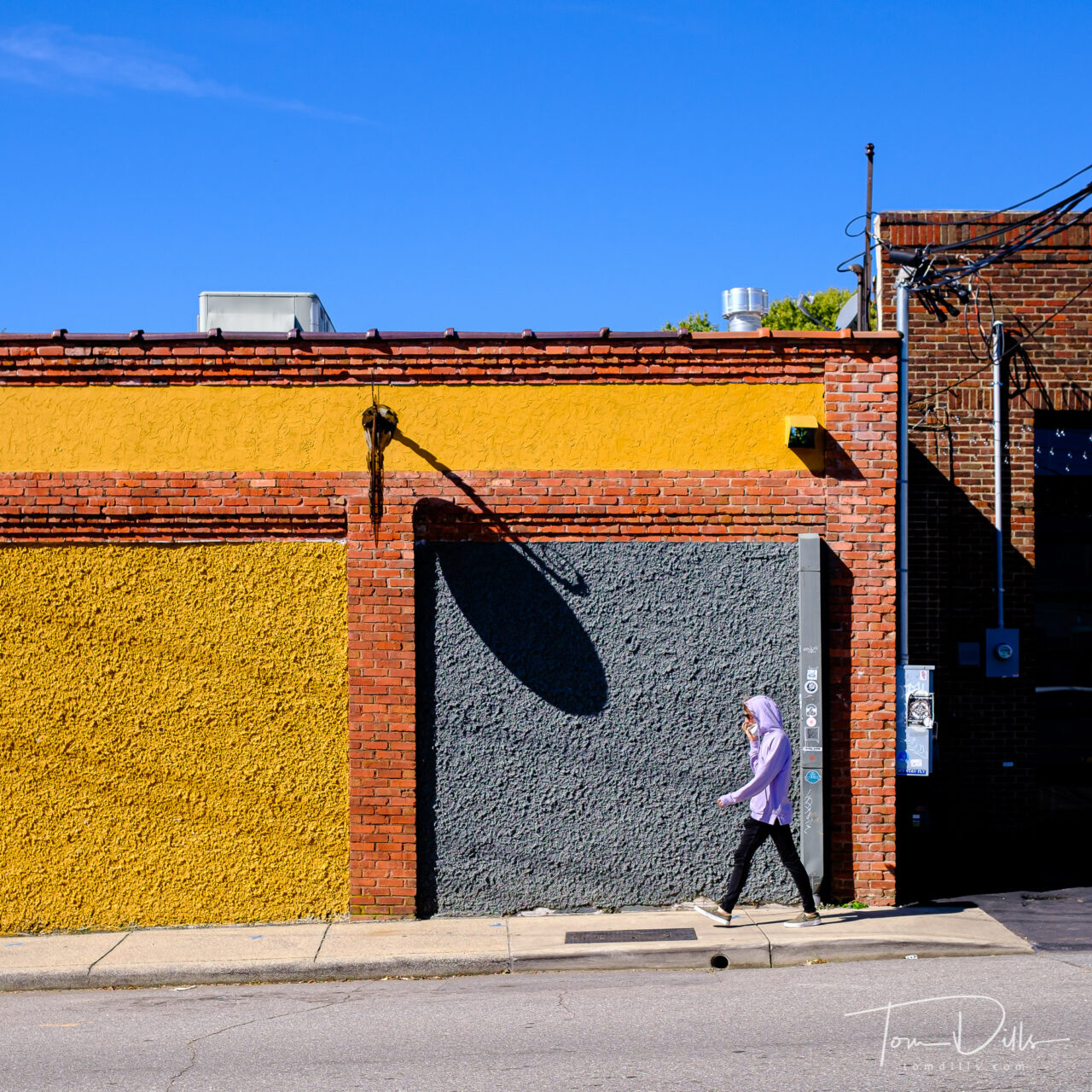
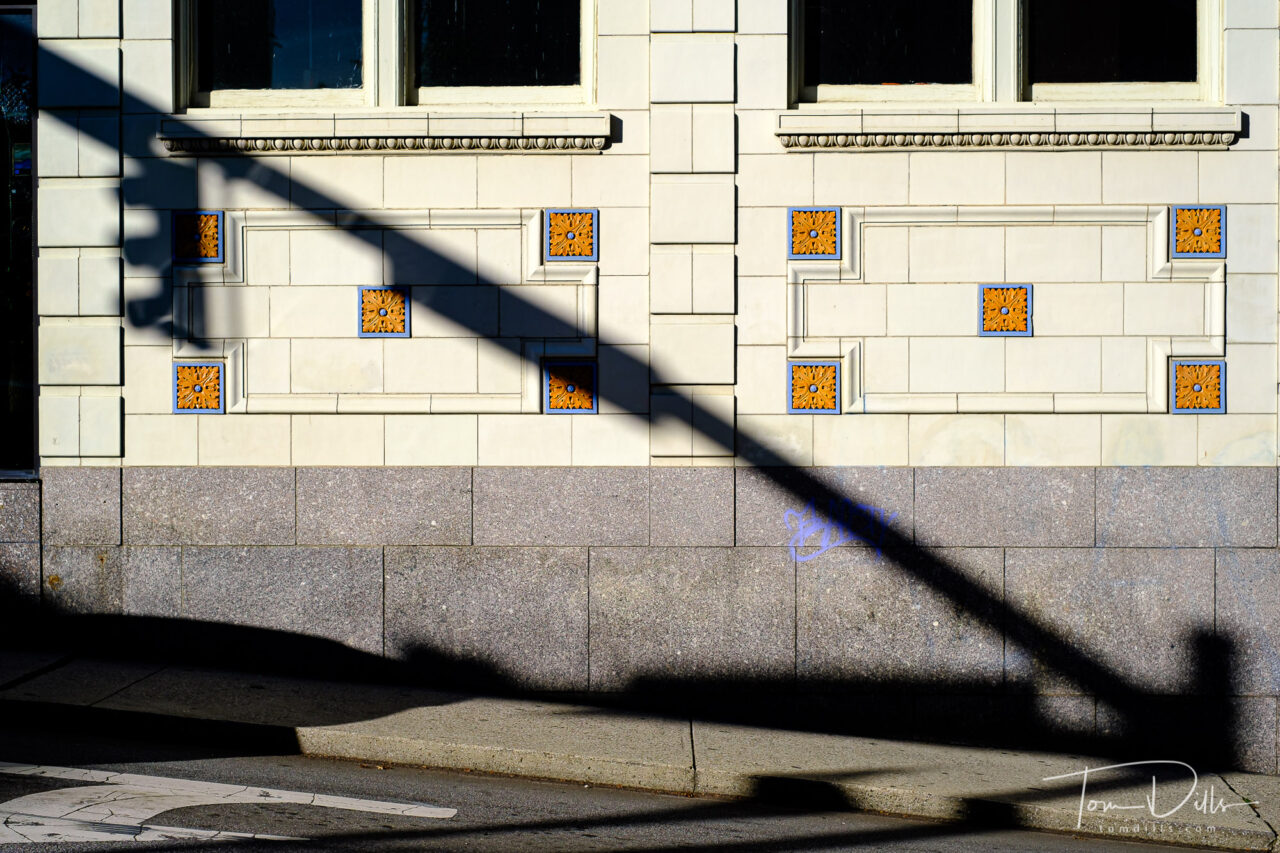
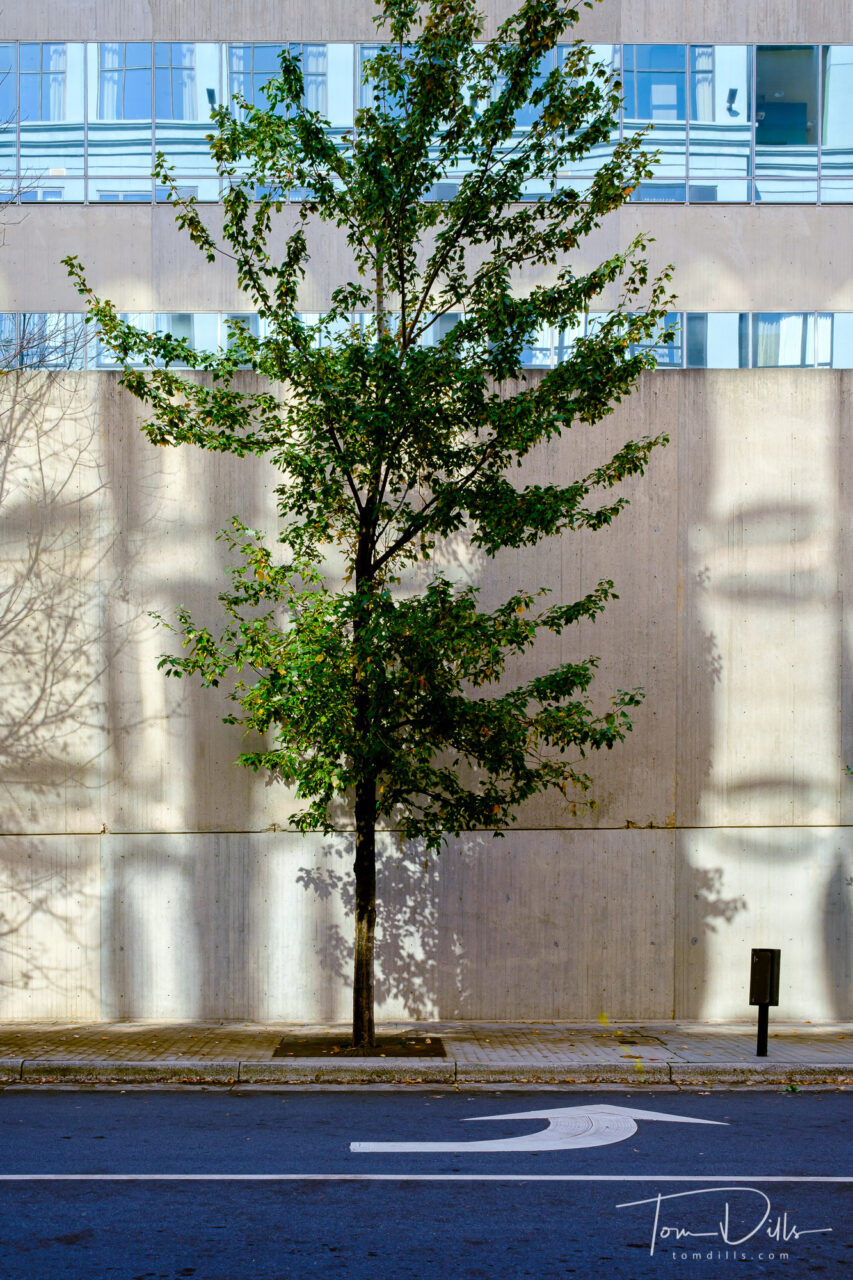
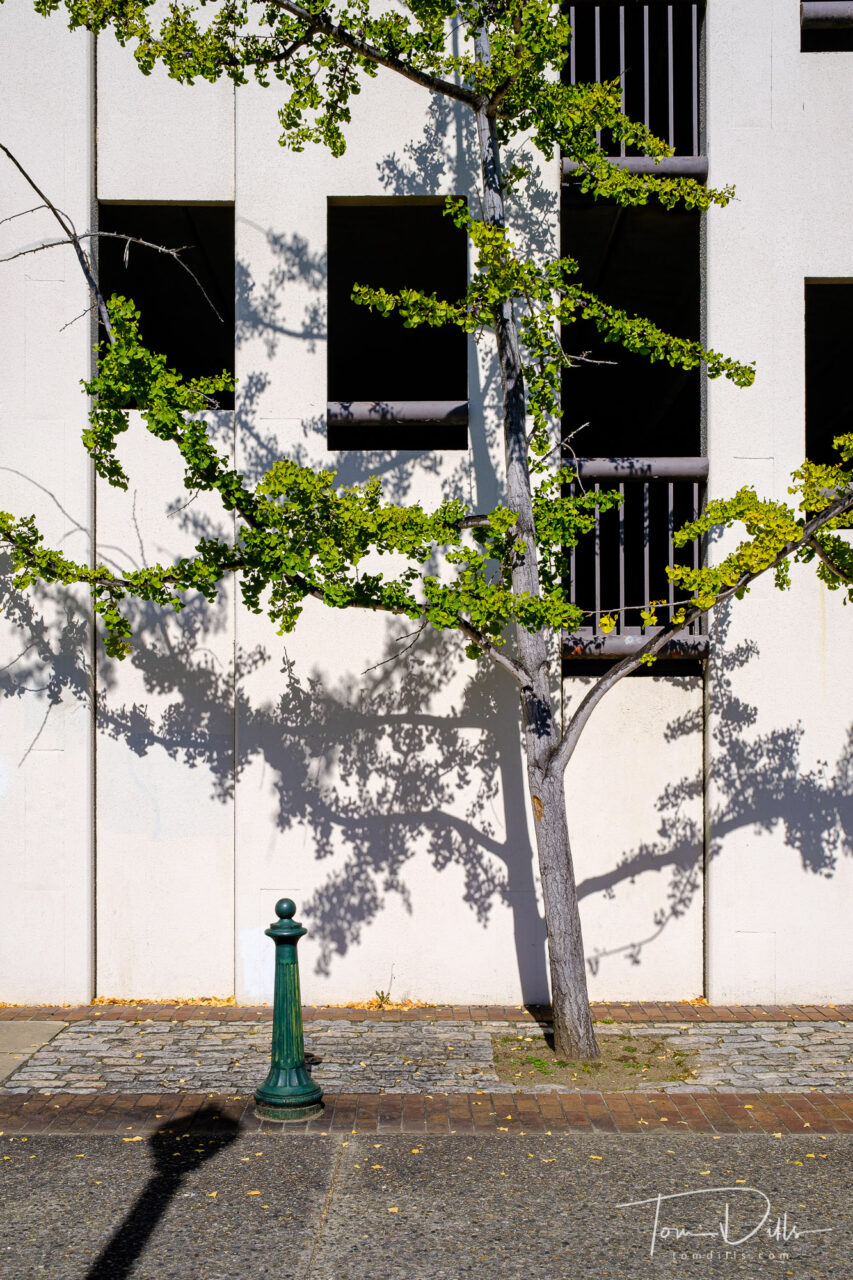
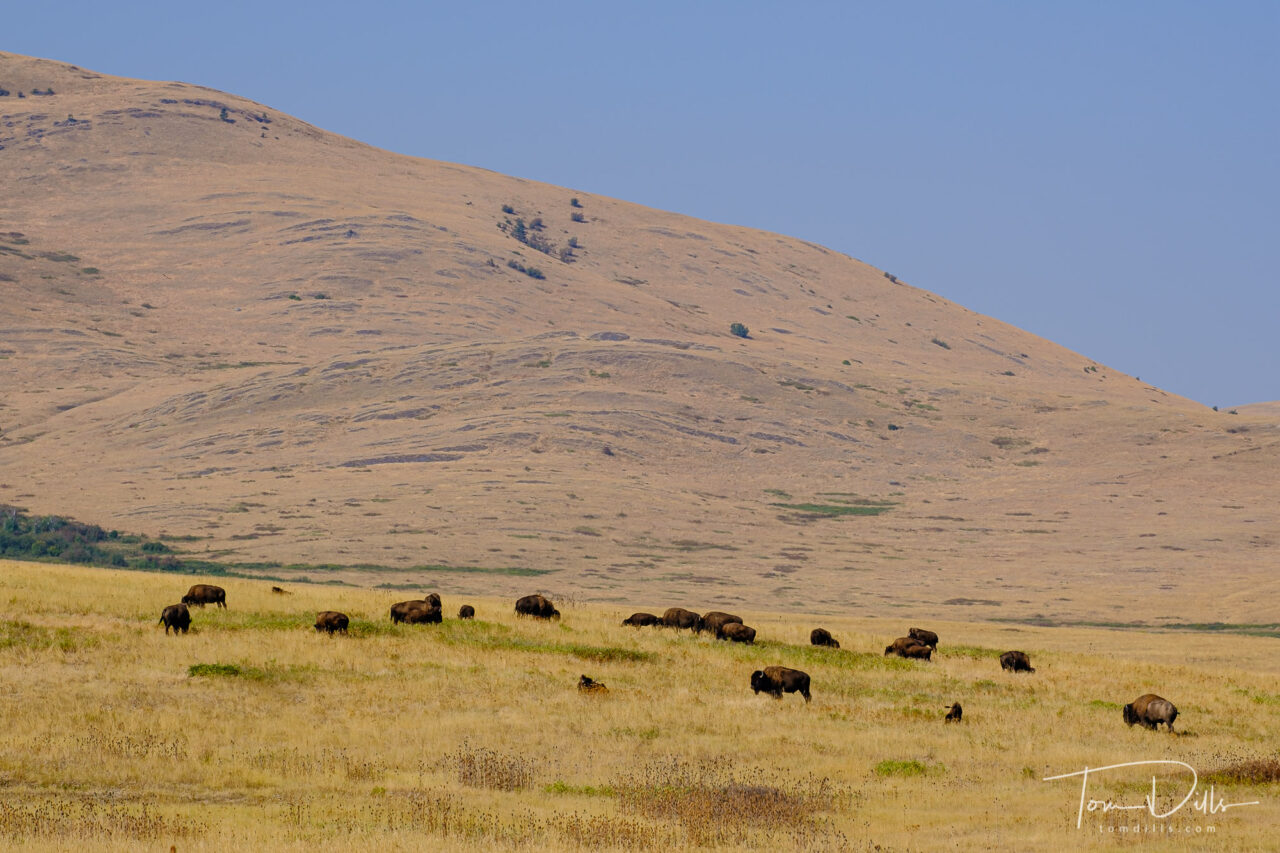
On our drive from Missoula, Montana to eastern Washington we took a small detour to the National Bison Range, near Charlo, Montana. Thanks to Don Brown for making us aware of this place!
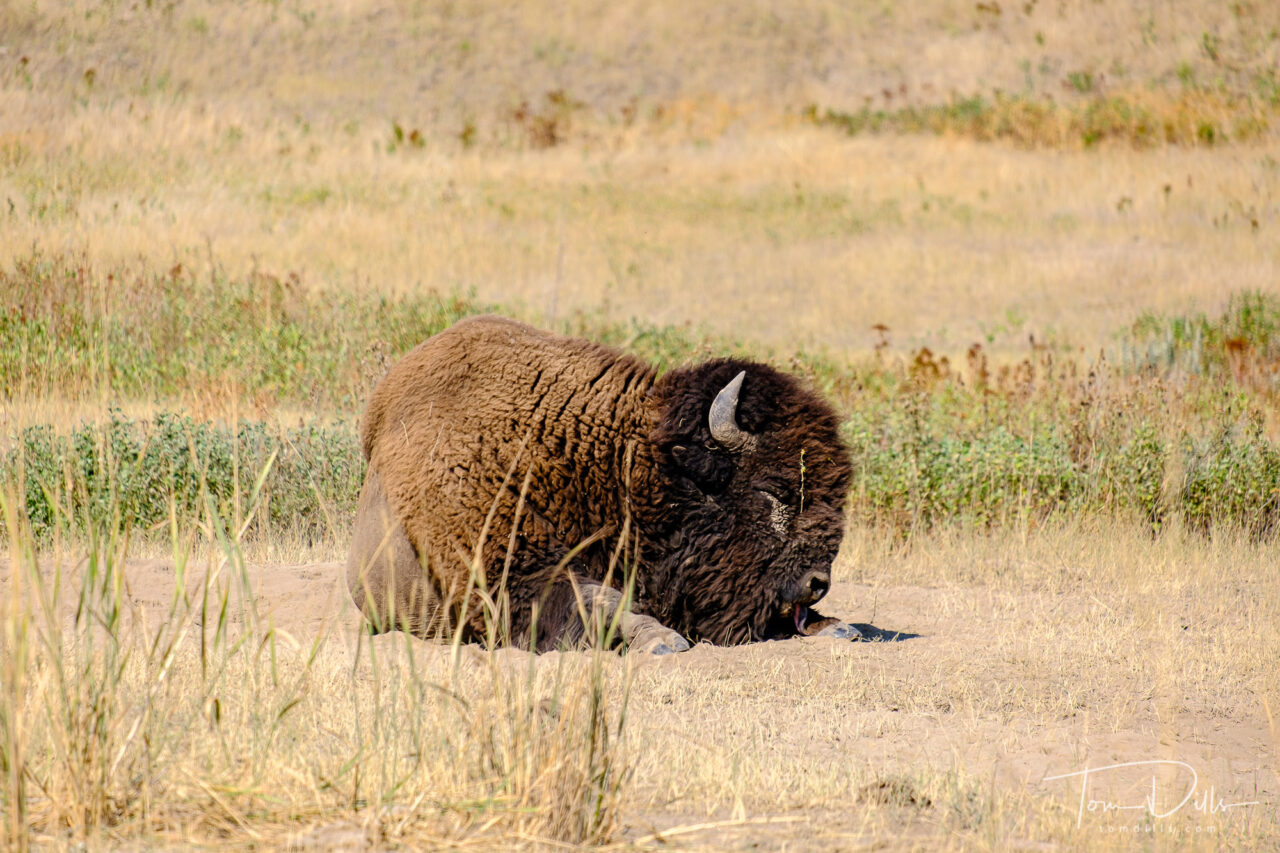
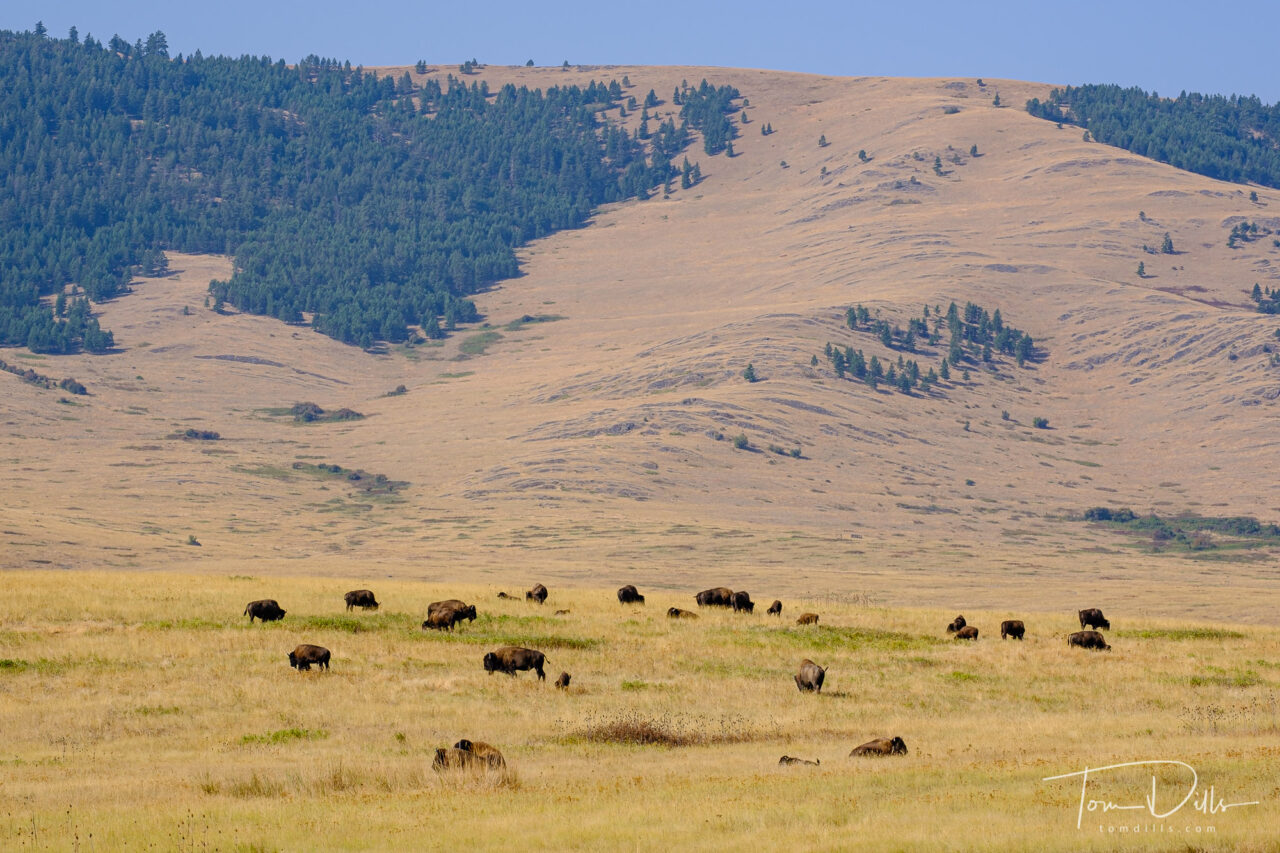
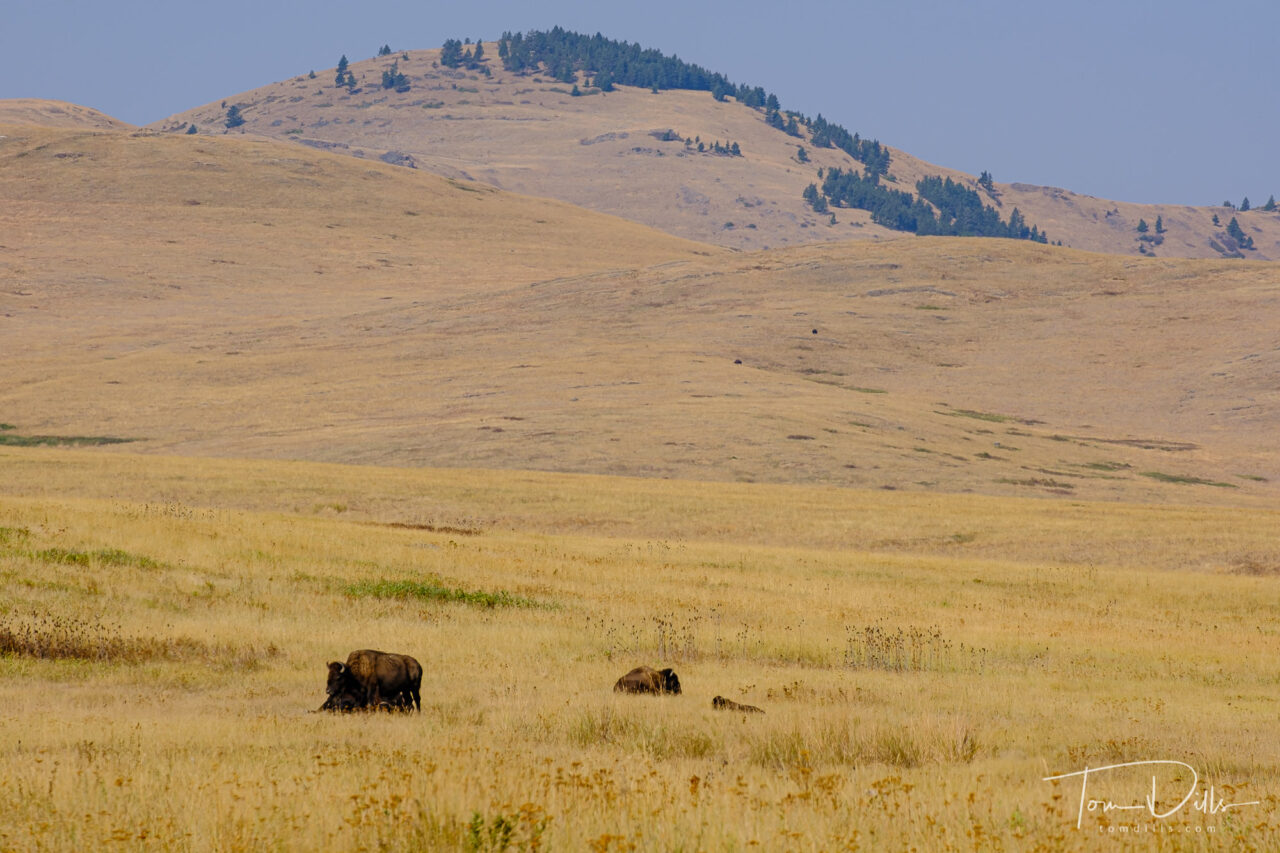
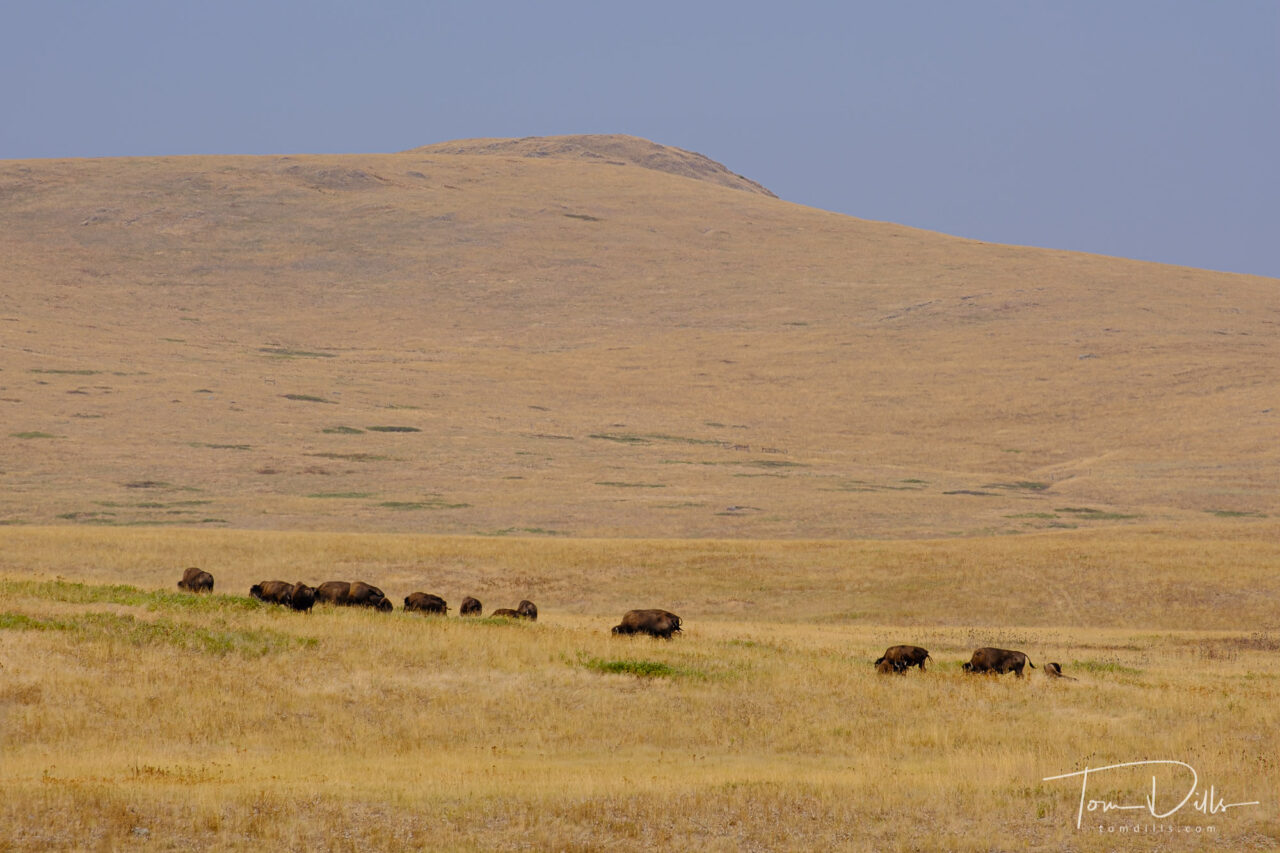
Theodore Roosevelt established the National Bison Range in 1908 to provide “…for a permanent national bison range for the herd of bison….” The refuge is also home for a host of other mammals, birds, plants and many living creatures. The diverse habitats found here provide for the specific needs of many different animals. Today the Bison range is home to 300-400 bison. In addition to herds of bison, it supports populations of Rocky Mountain elk, mule deer, white-tailed deer, pronghorn, and bighorn sheep as well as coyotes, mountain lions, bears, bobcat and over 200 species of birds.
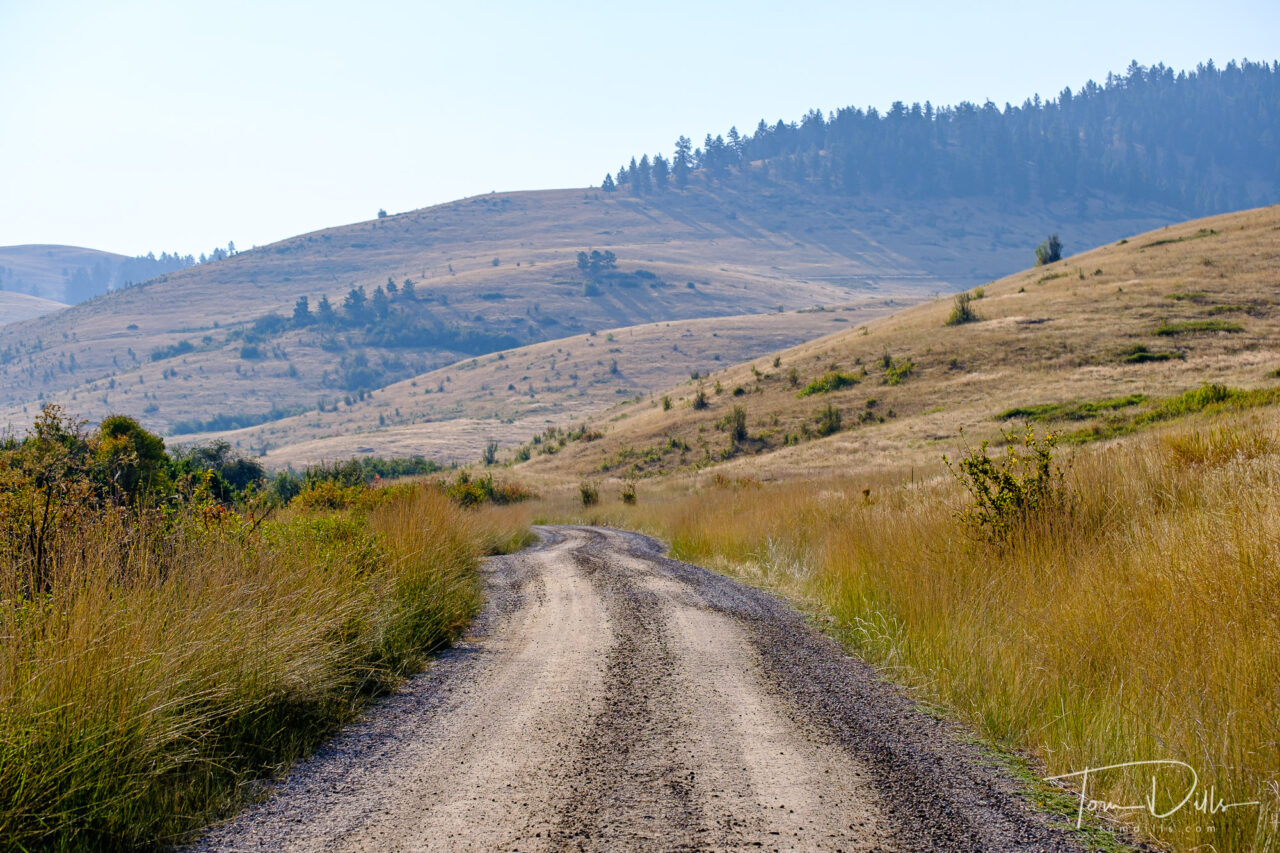
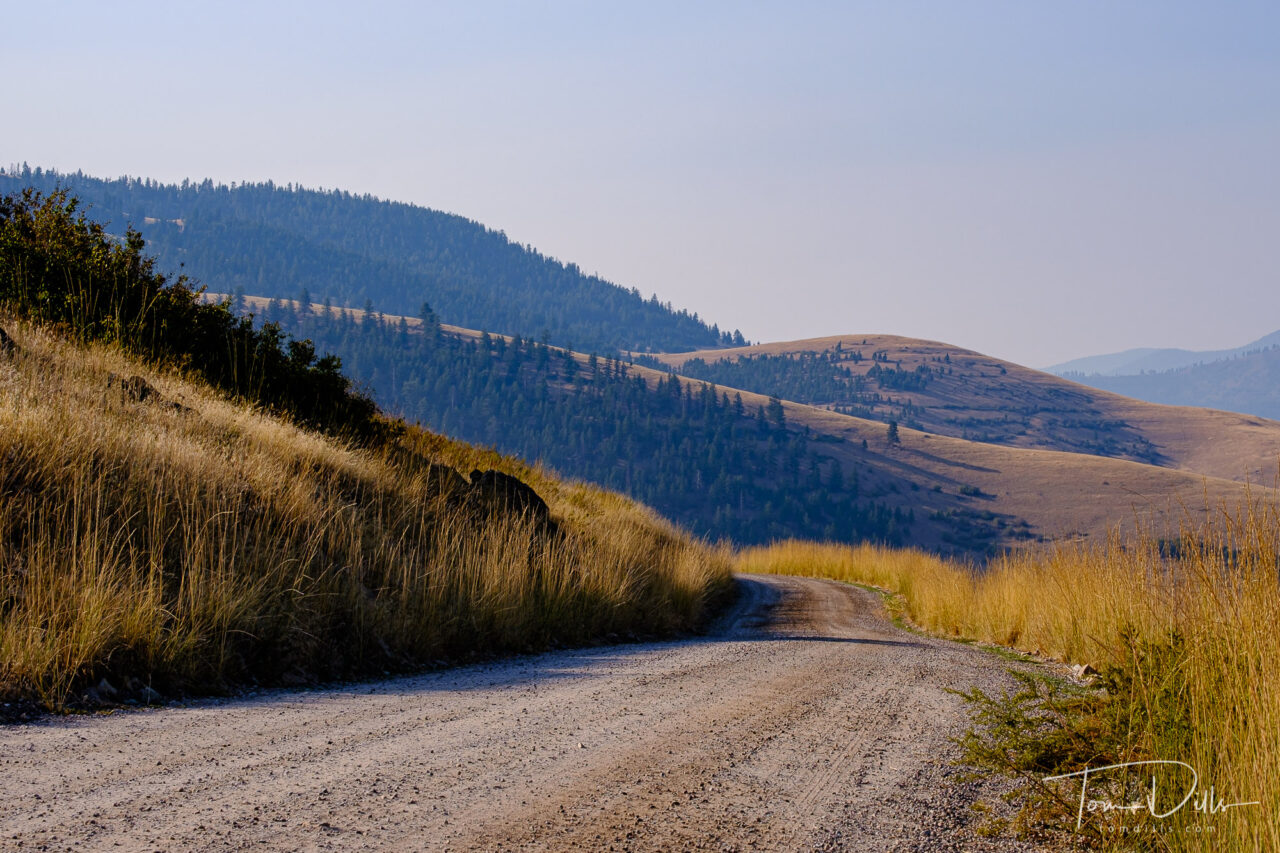
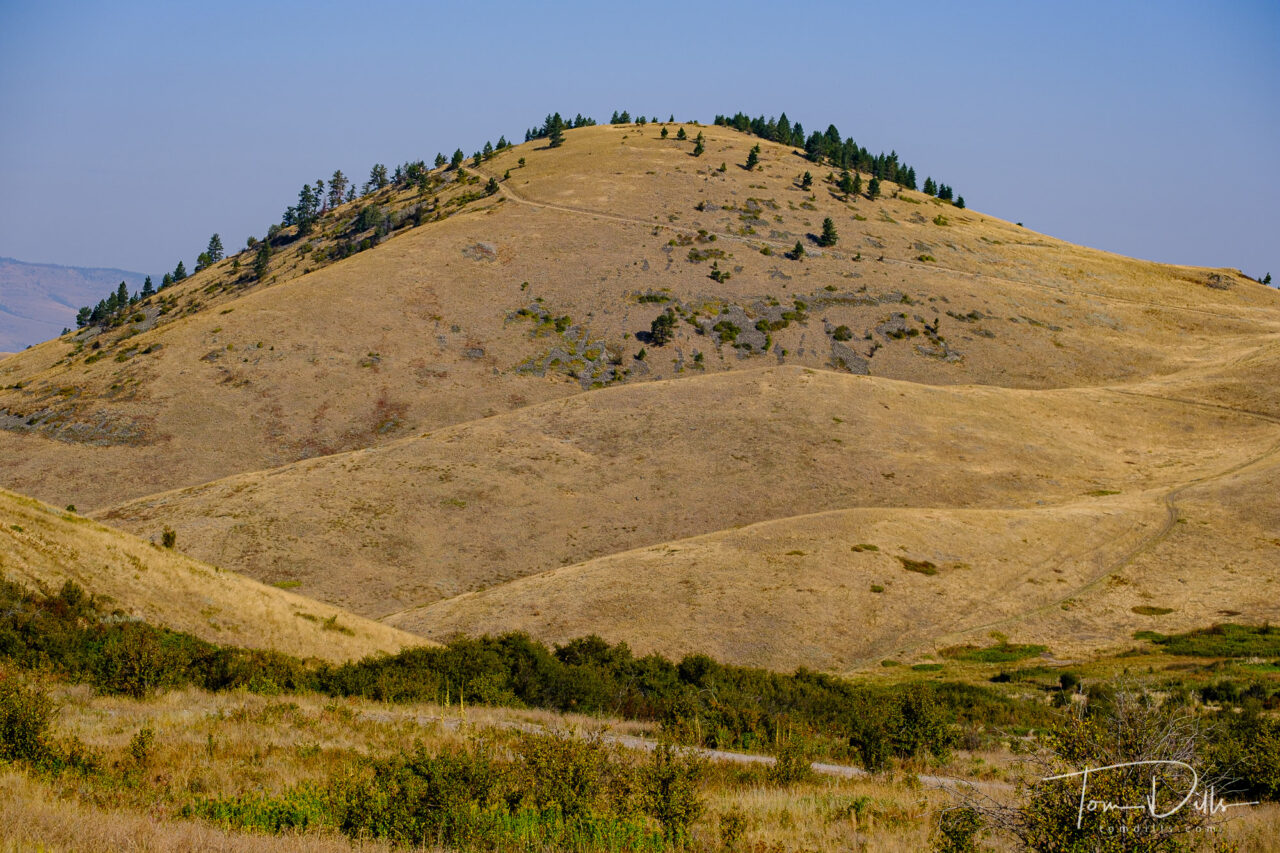
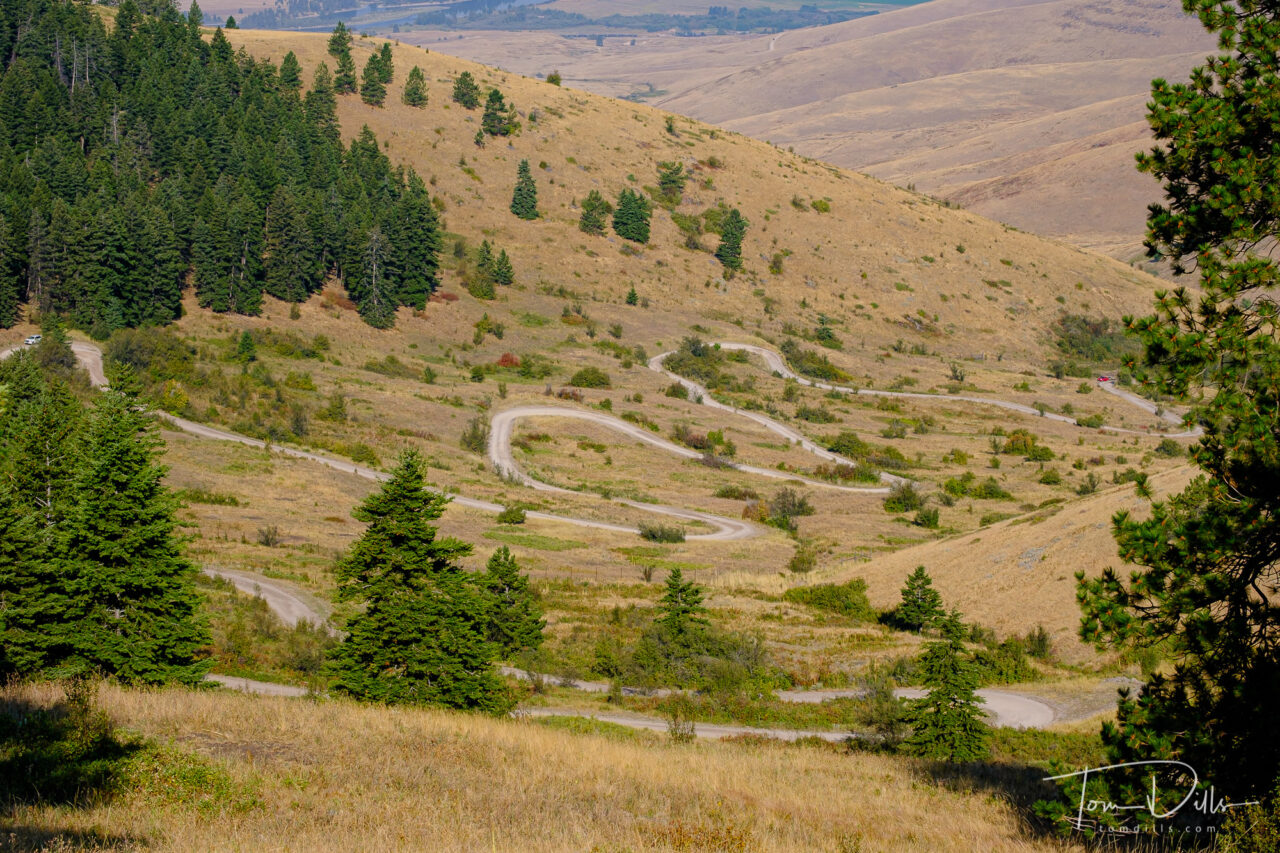
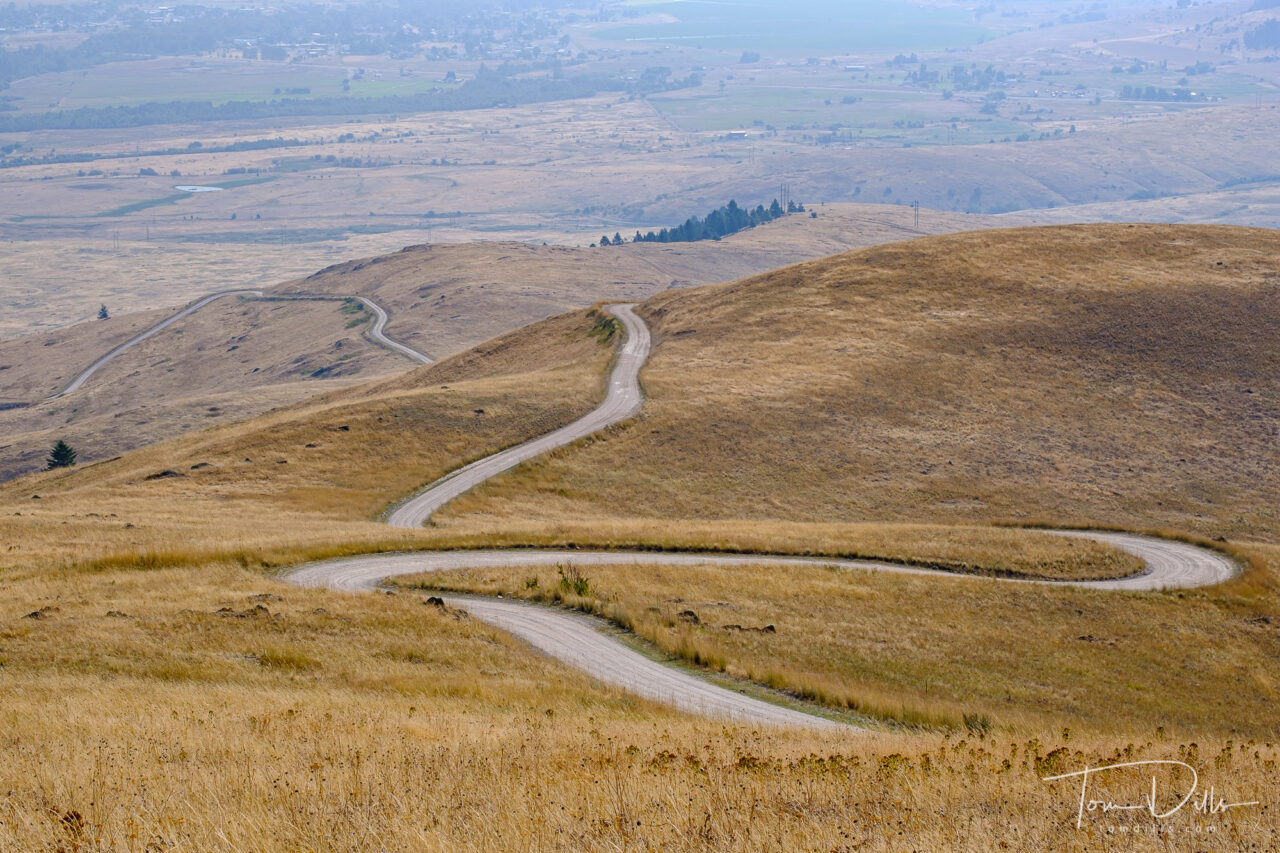
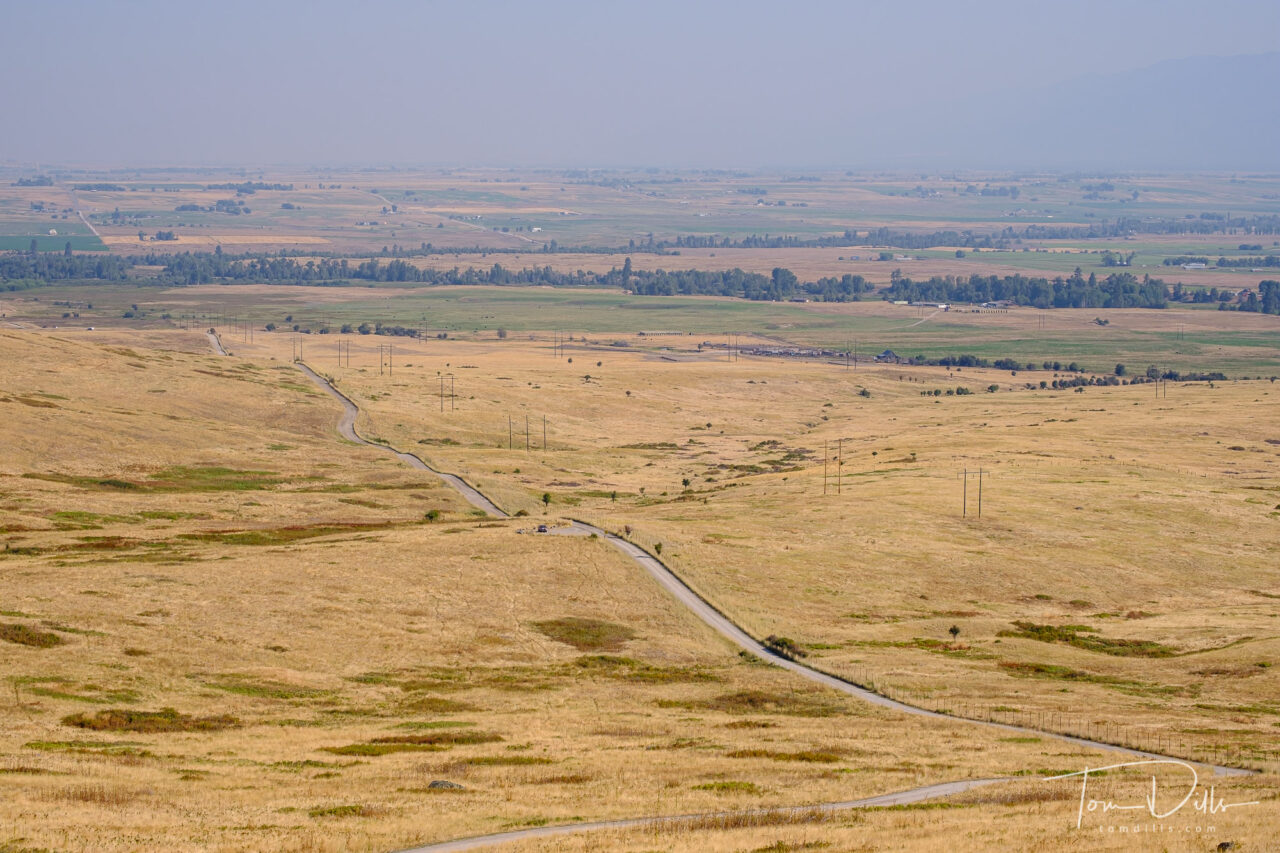
The Red Sleep Mountain Drive is a 19-mile, one-way loop road through the range. The road gains 2,000 feet and there are many switchbacks and 10% grades along the drive. We enjoyed our drive along the route, spotting a number of bison, osprey, antelope and other critters.
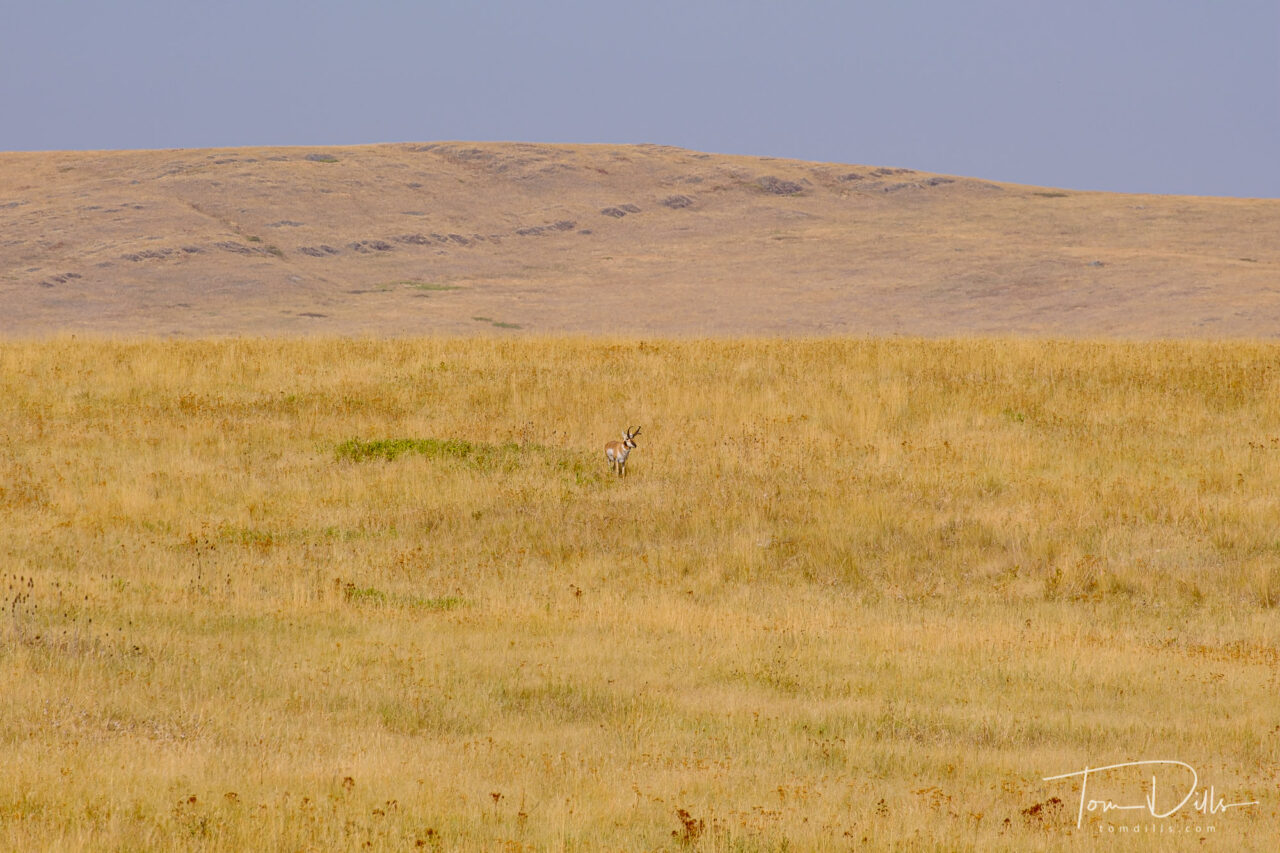
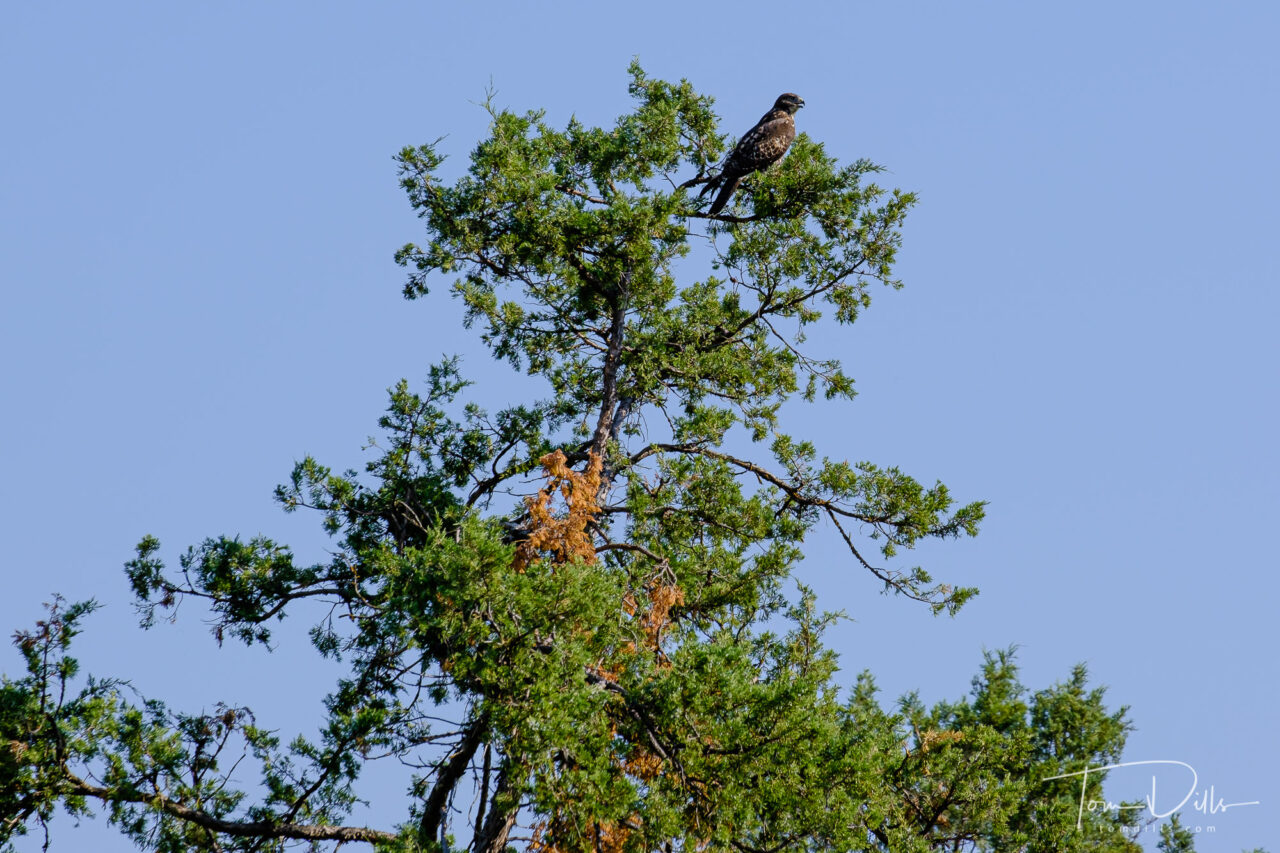
This is another example of the off-the-beaten-path places that we visited. It is was an excellent and scenic way to spend a relaxing morning before moving on west.
PHOTO GALLERY UPDATE:
For those looking to see even more photos from our trip, I just added a gallery to my Adobe Portfolio page. Click here for 2020 Pacific Northwest Road Trip Part 1. I hope you enjoy the photos!
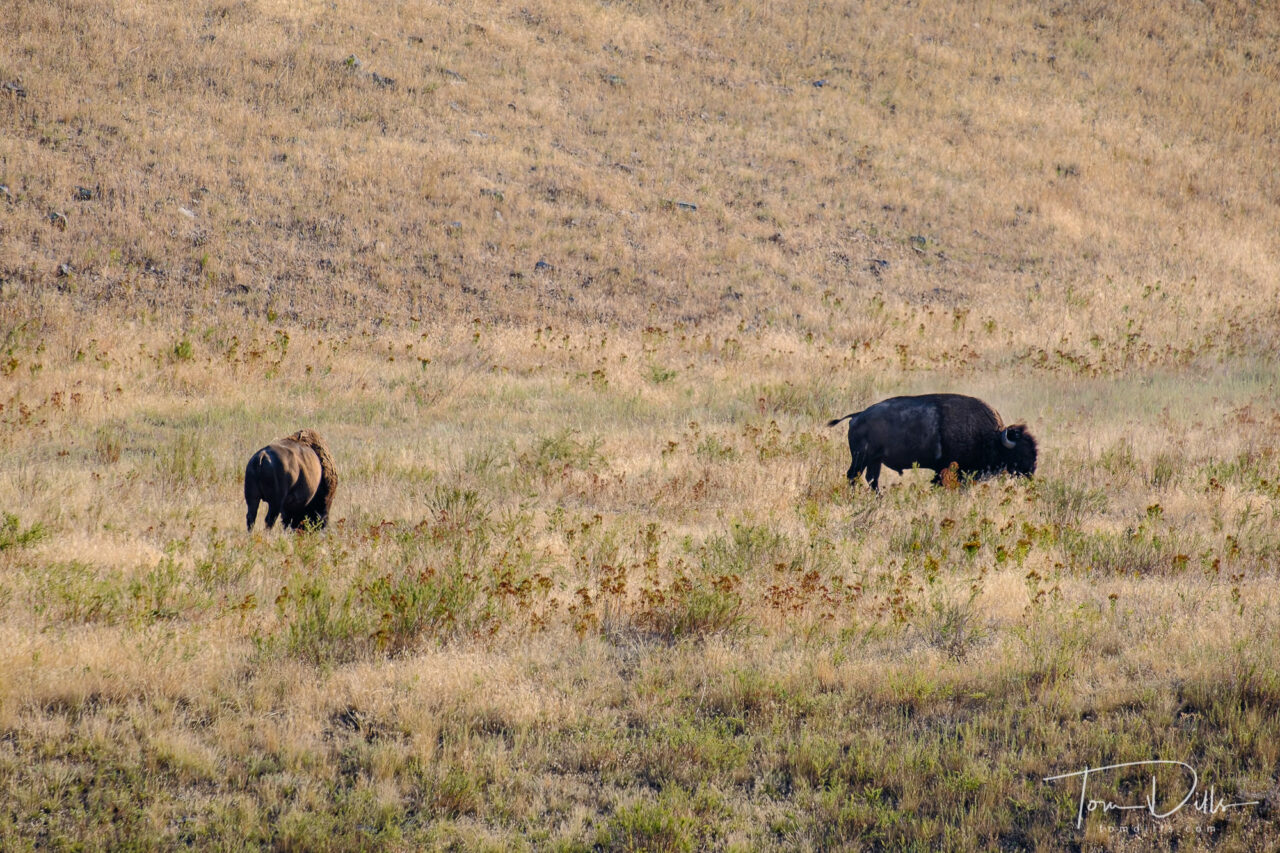
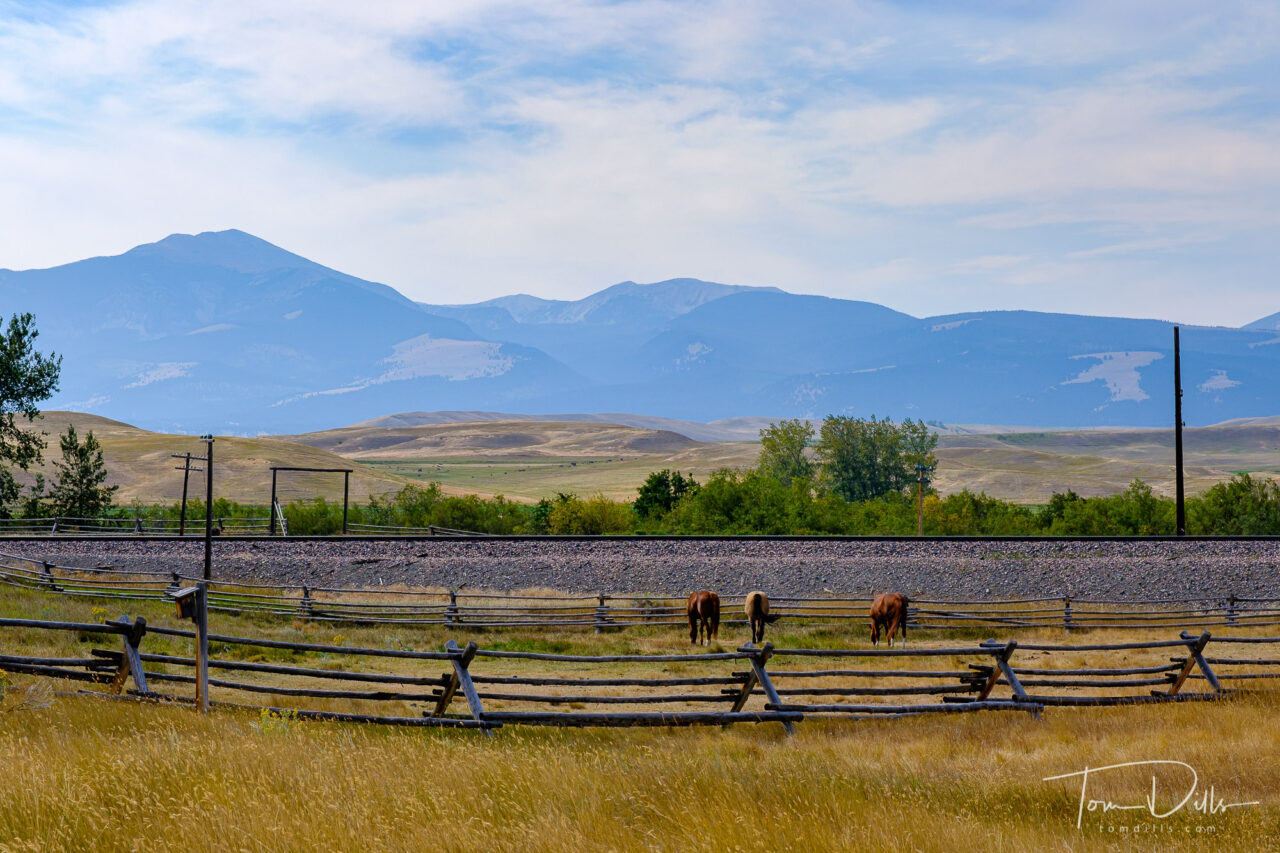
I got waylaid in my processing with a few projects around the house, but I’m back in the photo processing groove again and re-living our visit to Montana. 🙂
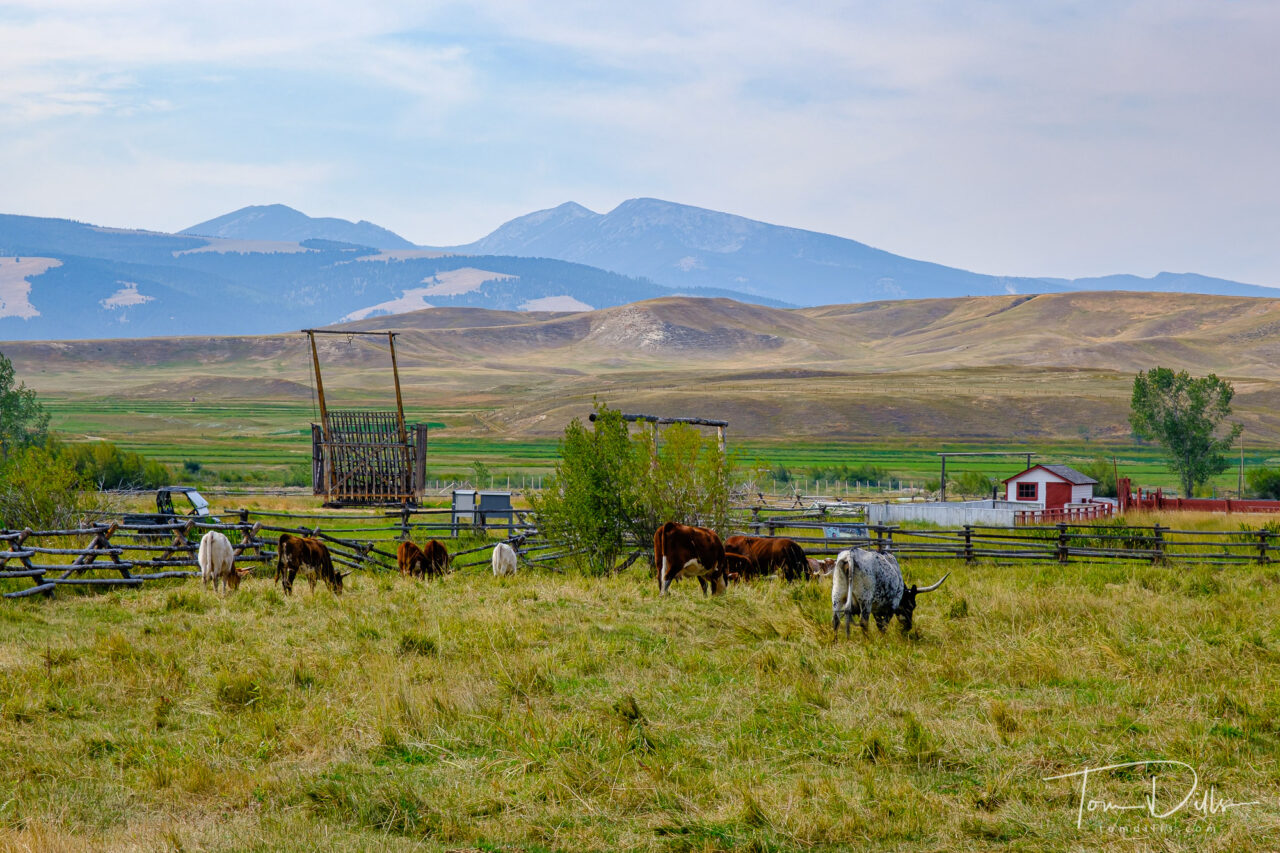
On our drive from Billings to Missoula we stopped by Grant-Kohrs Ranch National Historic Site, near the town of Deer Lodge. That’s not as remote as it sounds, as Deer Lodge lies within sight of I-90, not too far from Helena.
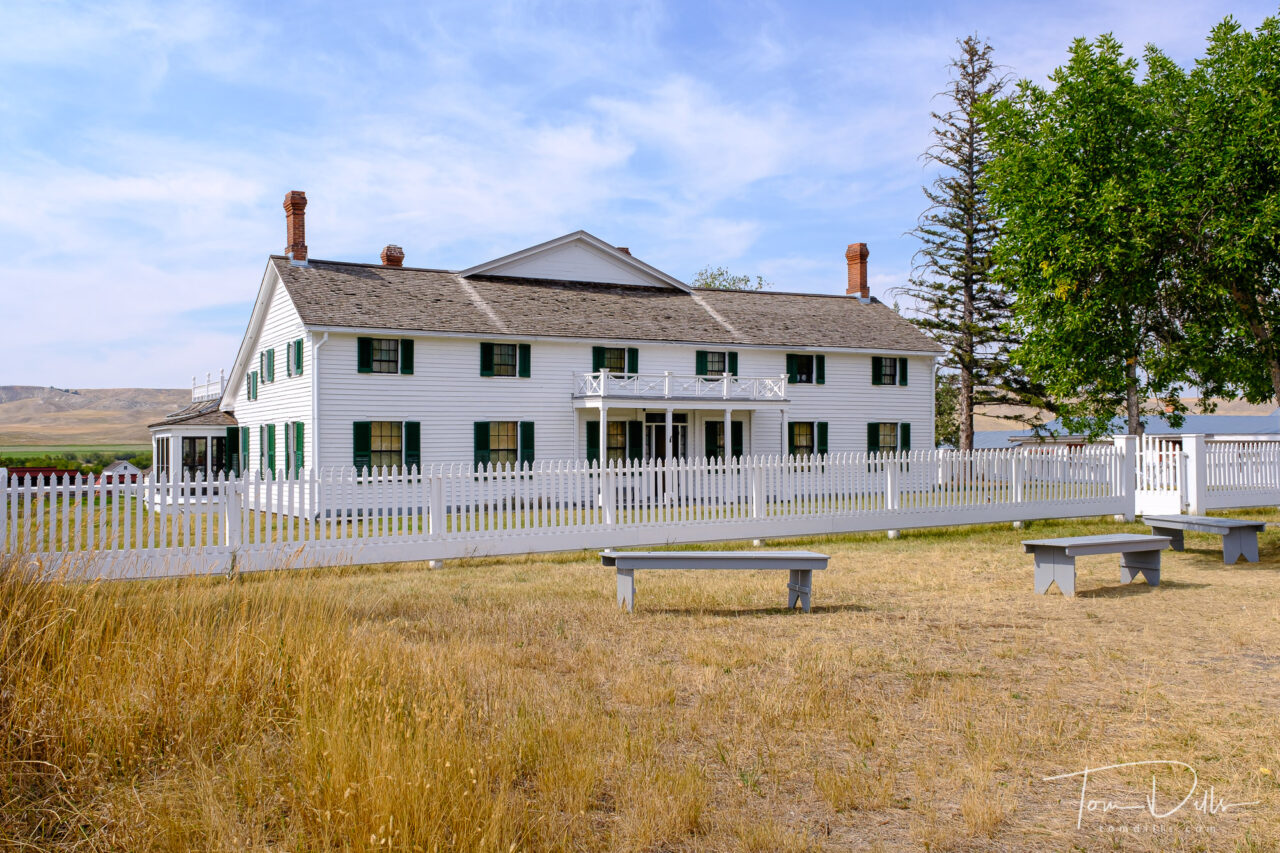
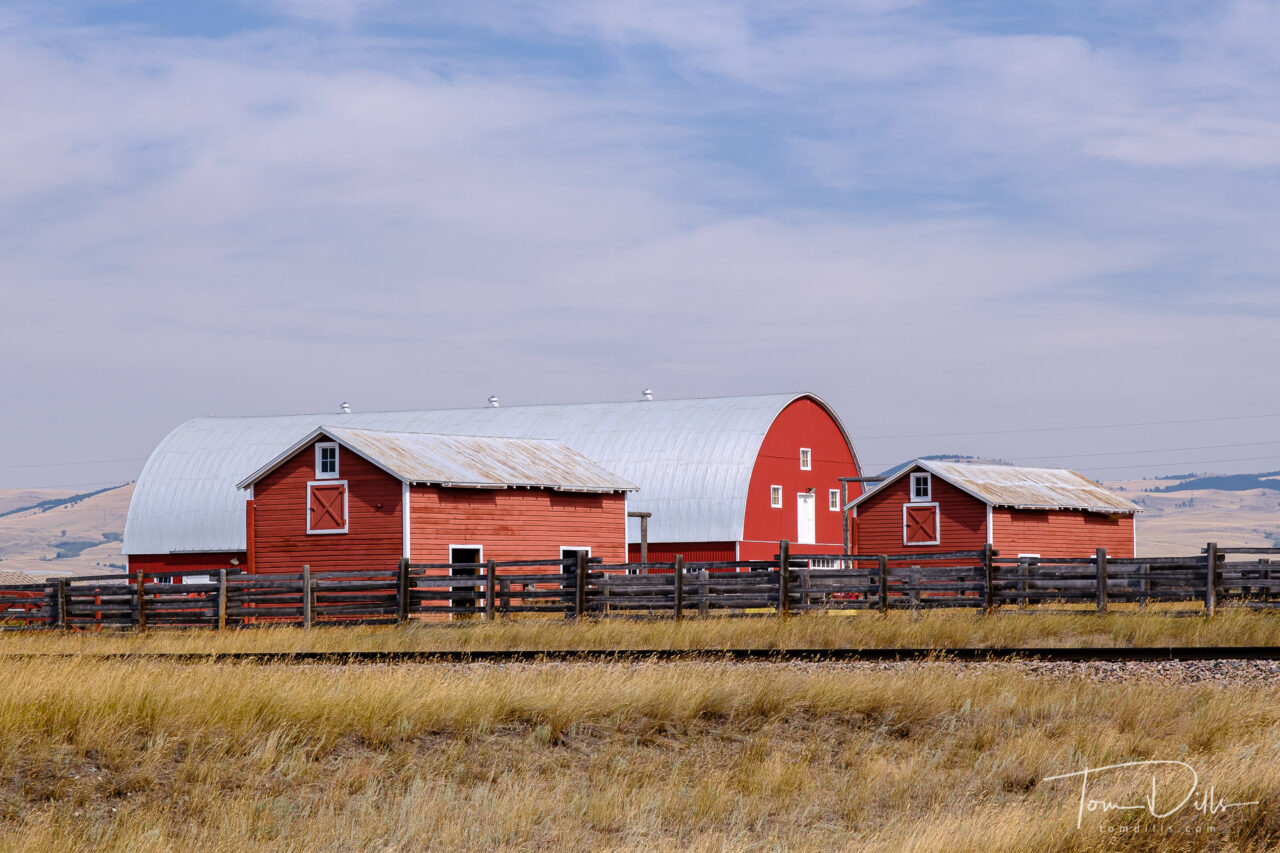
Grant-Kohrs Ranch has an interesting history, dating to the 1860s when the open-range cattle industry had its heyday. Many of the herds were built through trade with westward-bound emigrants, who gladly swapped two or more trail-worn cows for a single well-fed one.
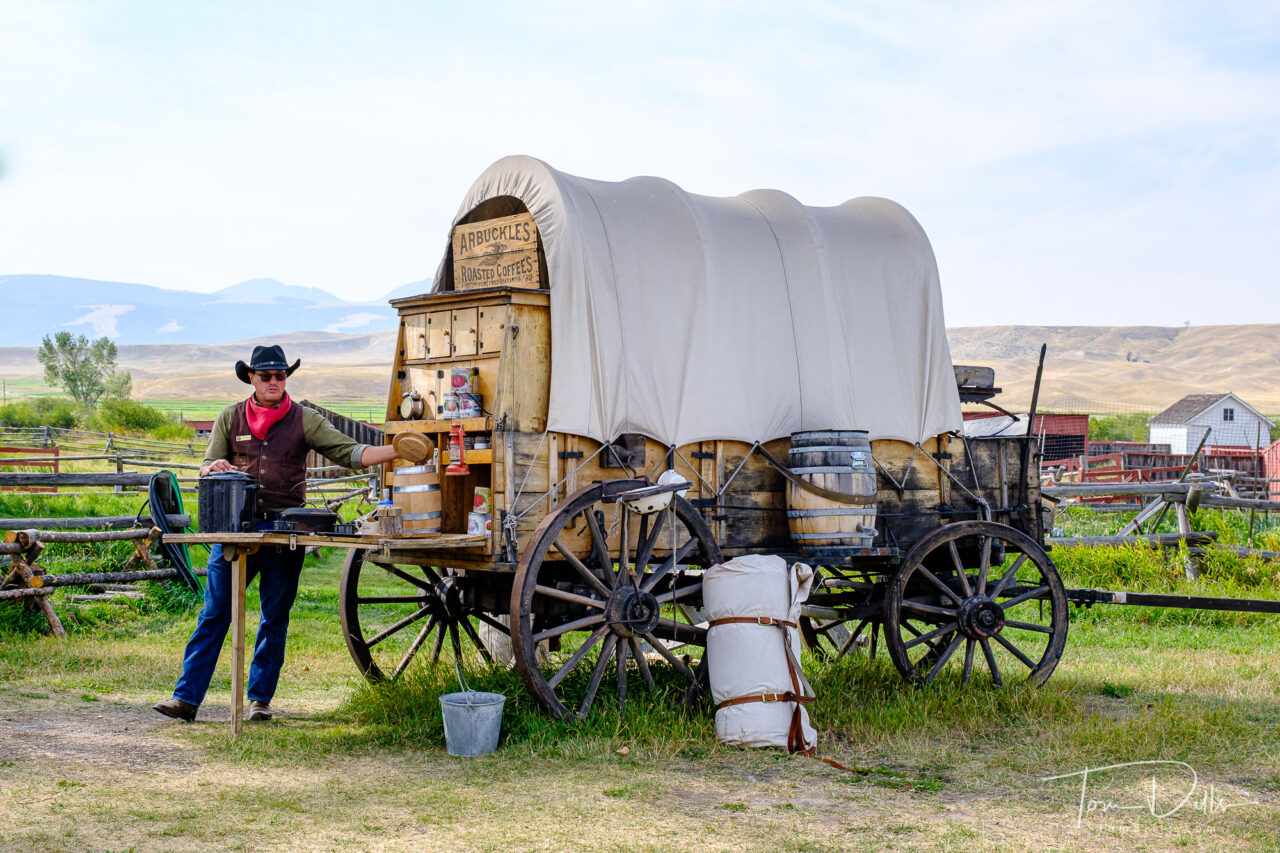
From the NPS website:
“By 1885, cattle raising was the biggest industry on the High Plains, and foreign investors and eastern speculators rushed to get in on the bonanza. As ranches multiplied and the northern herds grew, there came a predictable consequence: overgrazing. This and the fierce winter of 1886-87 caused enormous losses, estimated at one-third to one-half of all the cattle on the northern plains. Many cattlemen never recovered.
If the snows of ’86-87 foreshadowed the end of open range ranching, the homesteaders, with their barbed wire and fenced-in 160 acre claims, finished it off.
The open-range cattle industry lasted only three decades. Few of its pioneering men and women made their fortunes or are remembered today. But from their beginnings has evolved the more scientific ranching of today, with its own risks and uncertainties. That is the legacy of the Grants and the Kohrs, whose pioneer ranch, complete with original furnishings, is a reminder of an important chapter in the history of the West.”
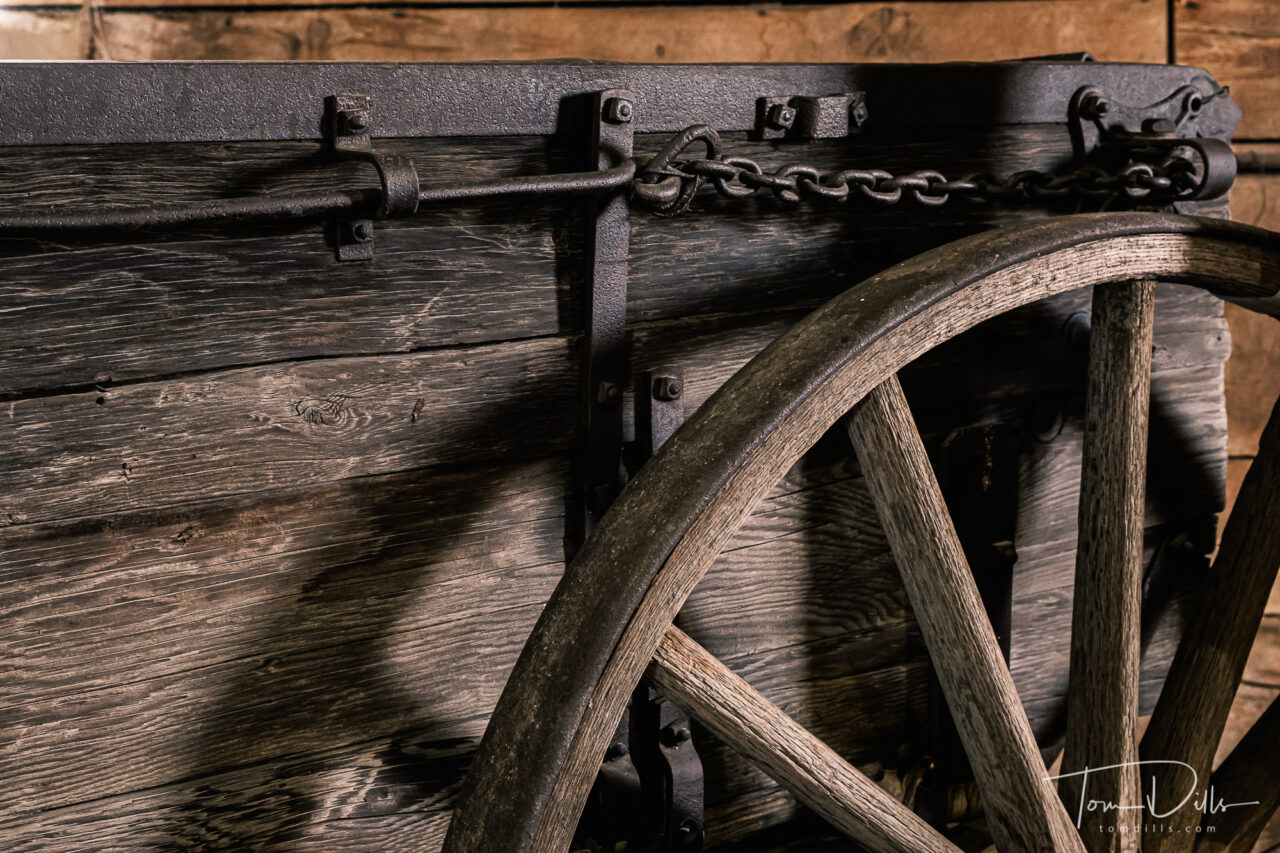
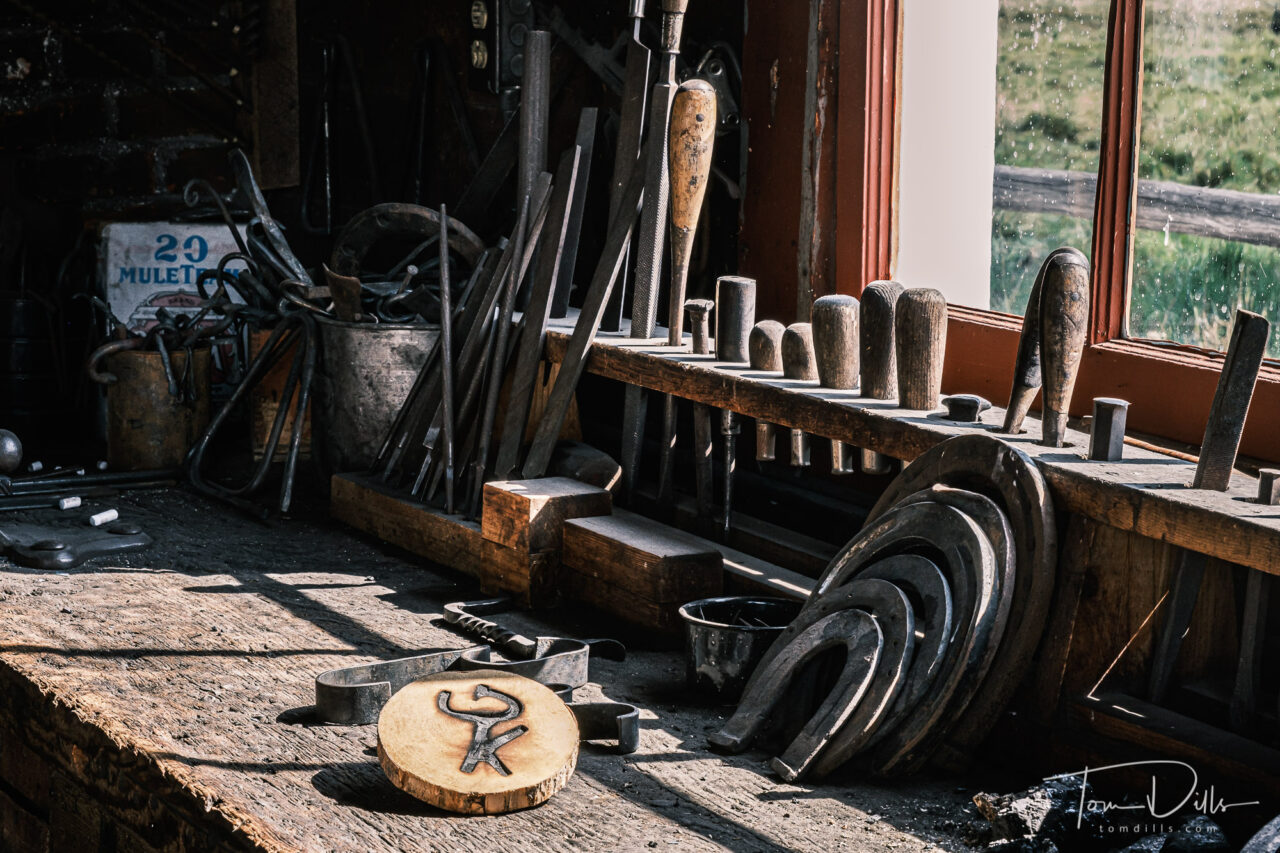
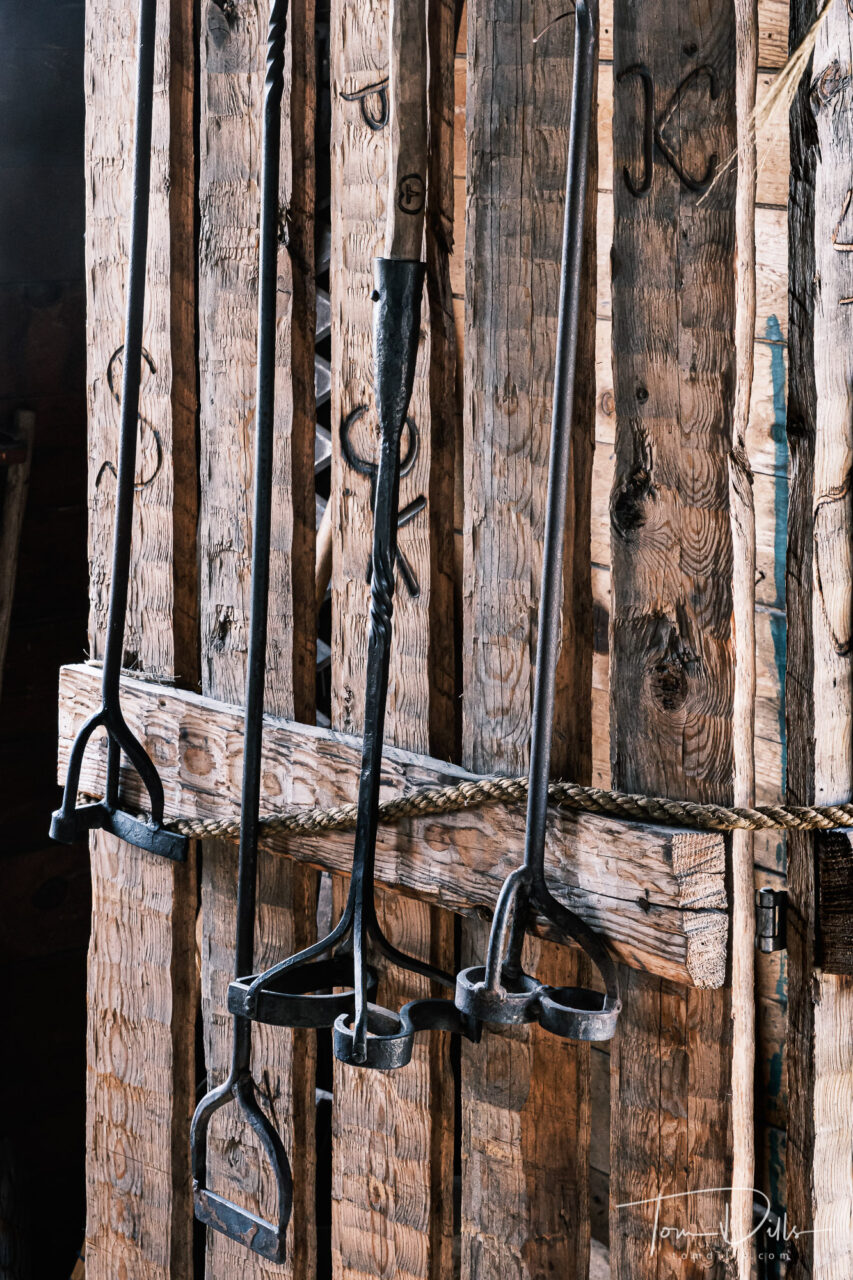
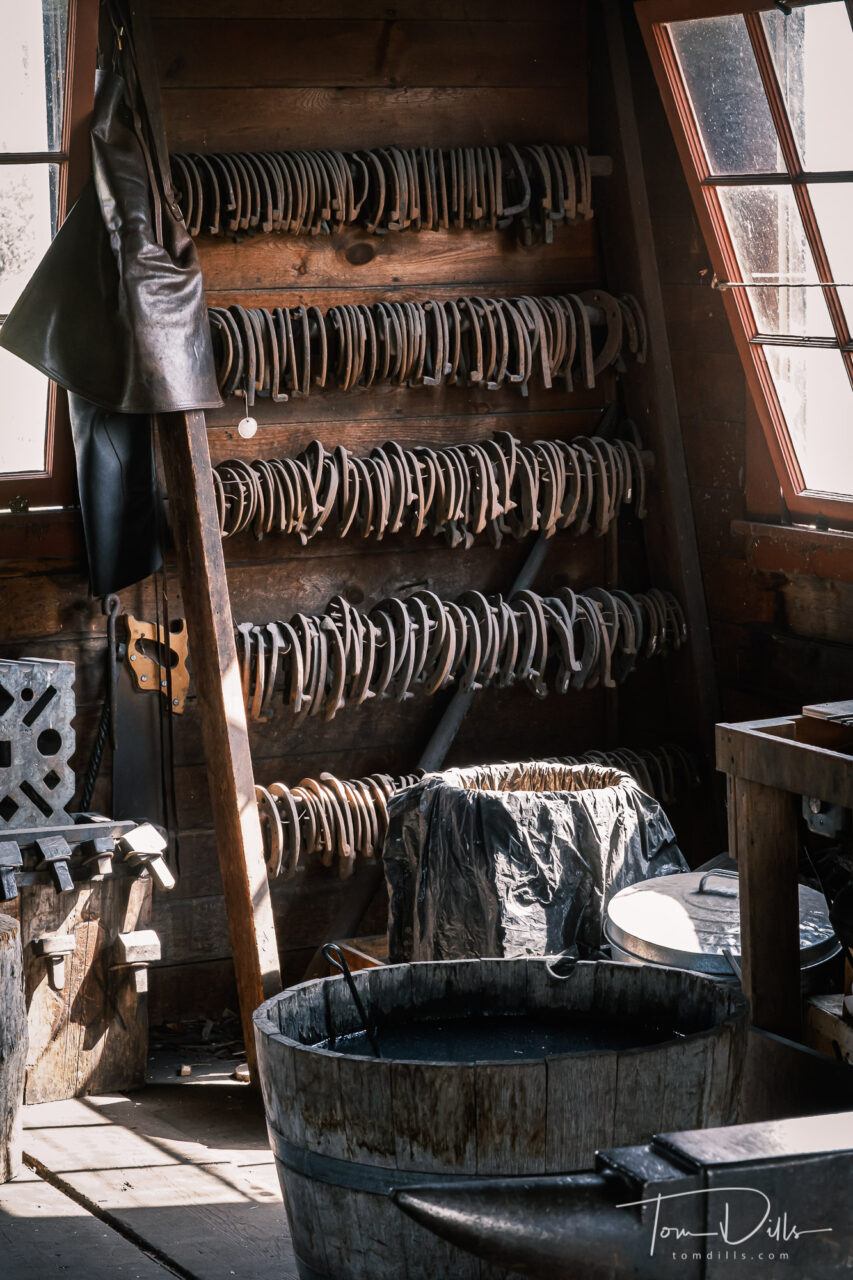
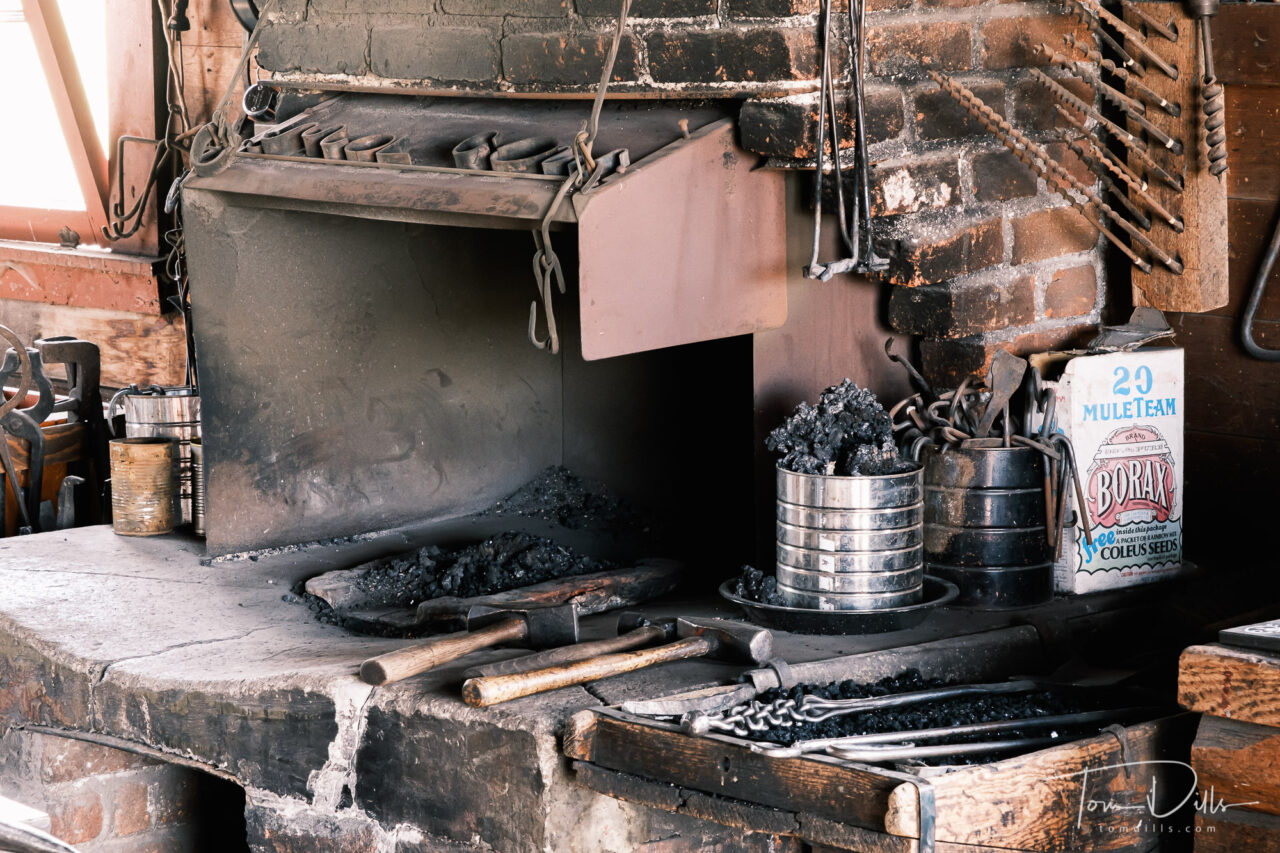
Walking around the ranch, I felt like I was experiencing the plains of Montana much like the early settlers saw it. Miles and miles of open range, perforated now by barbed-wire fences but the long range views remain.
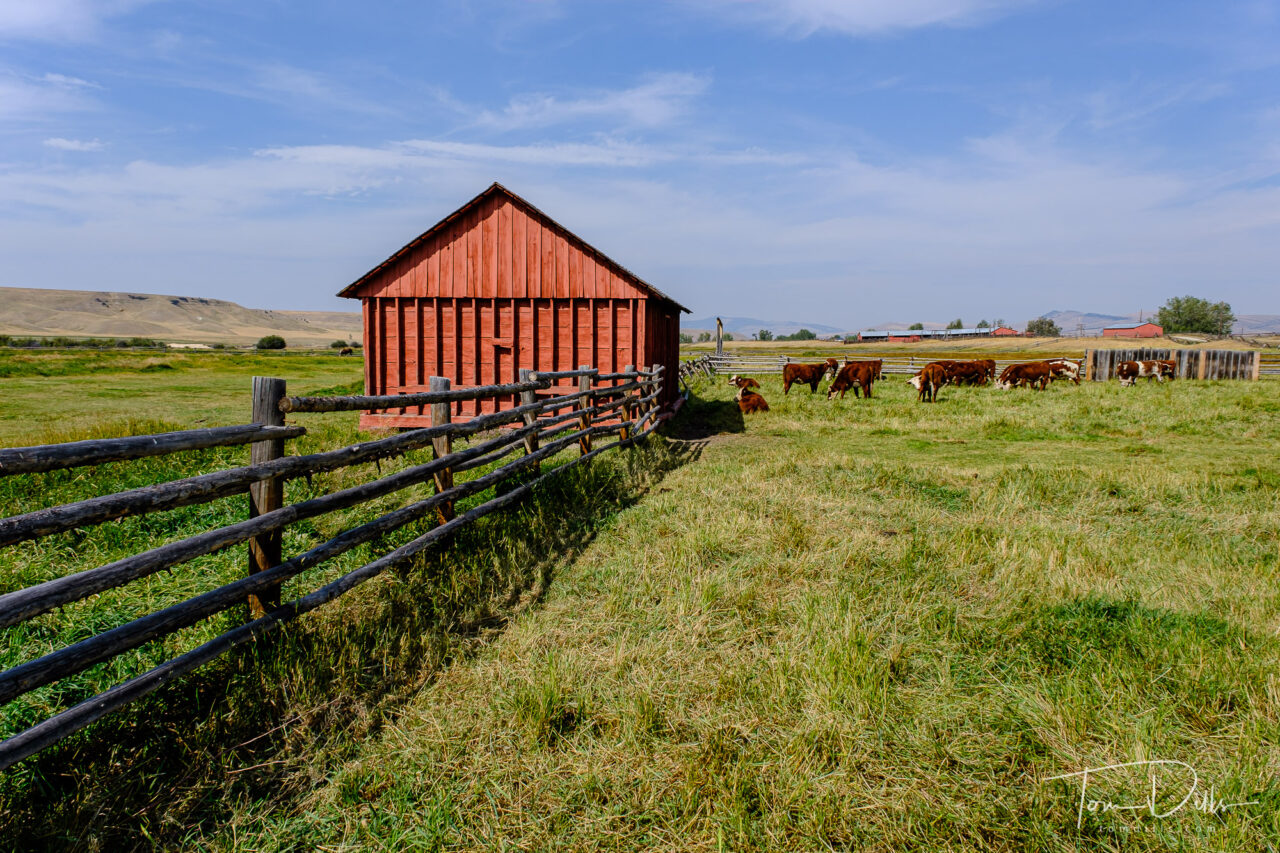
This was another one of those places we visited where we were able to steer well clear of crowds. The few people we saw there seemed to have been mostly attracted by the proximity to the interstate and the availability of restrooms. 😉 For us it was another piece of western history to add to our knowledge of this country.
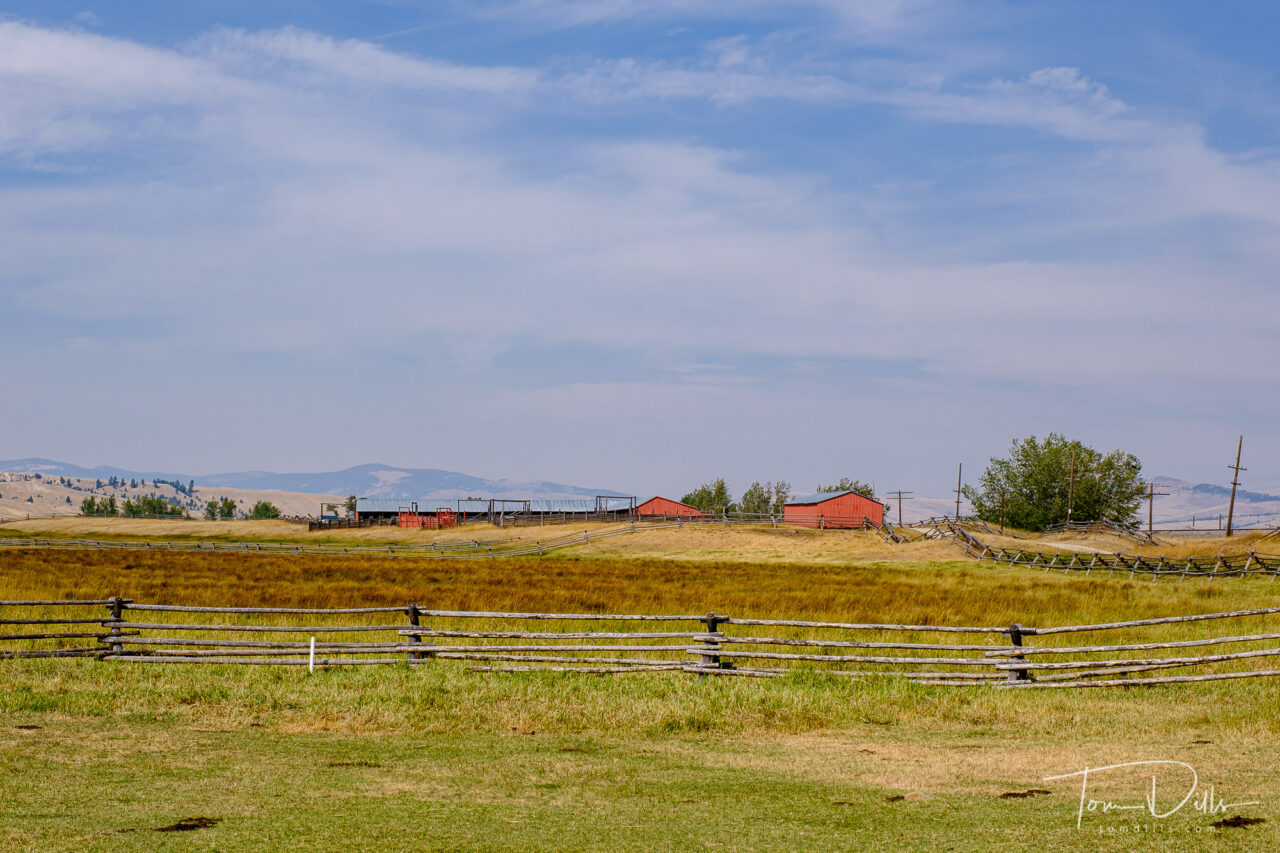
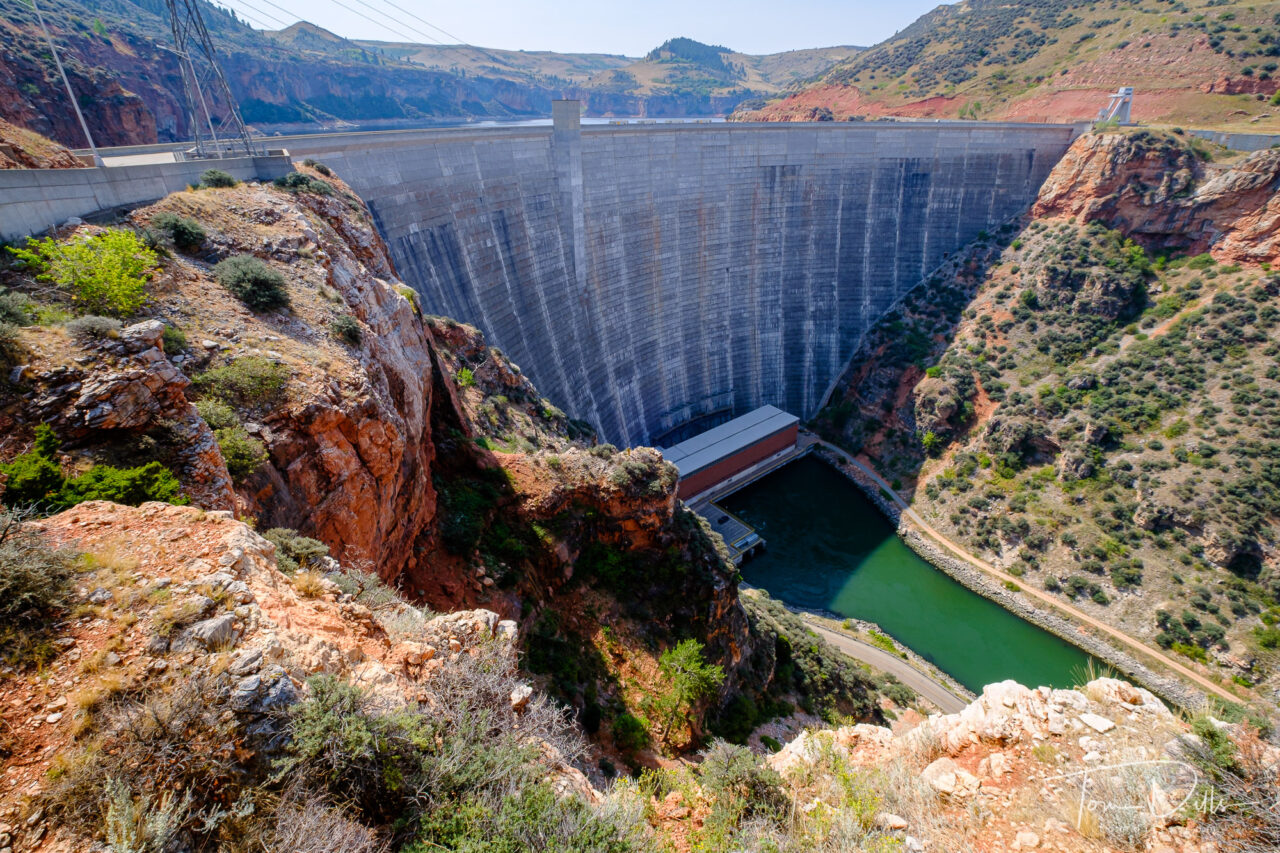
Even though Kathy & I had considered Wyoming and Montana to be “visited” in terms of our 50 state quest, we knew that we had short-changed both states on our previous visit. Since we needed to traverse both of those states on our way to the west coast, we decided to rectify that shortfall with a few more stops. Bighorn Canyon National Recreation fit that bill, as it straddles the border between both states.
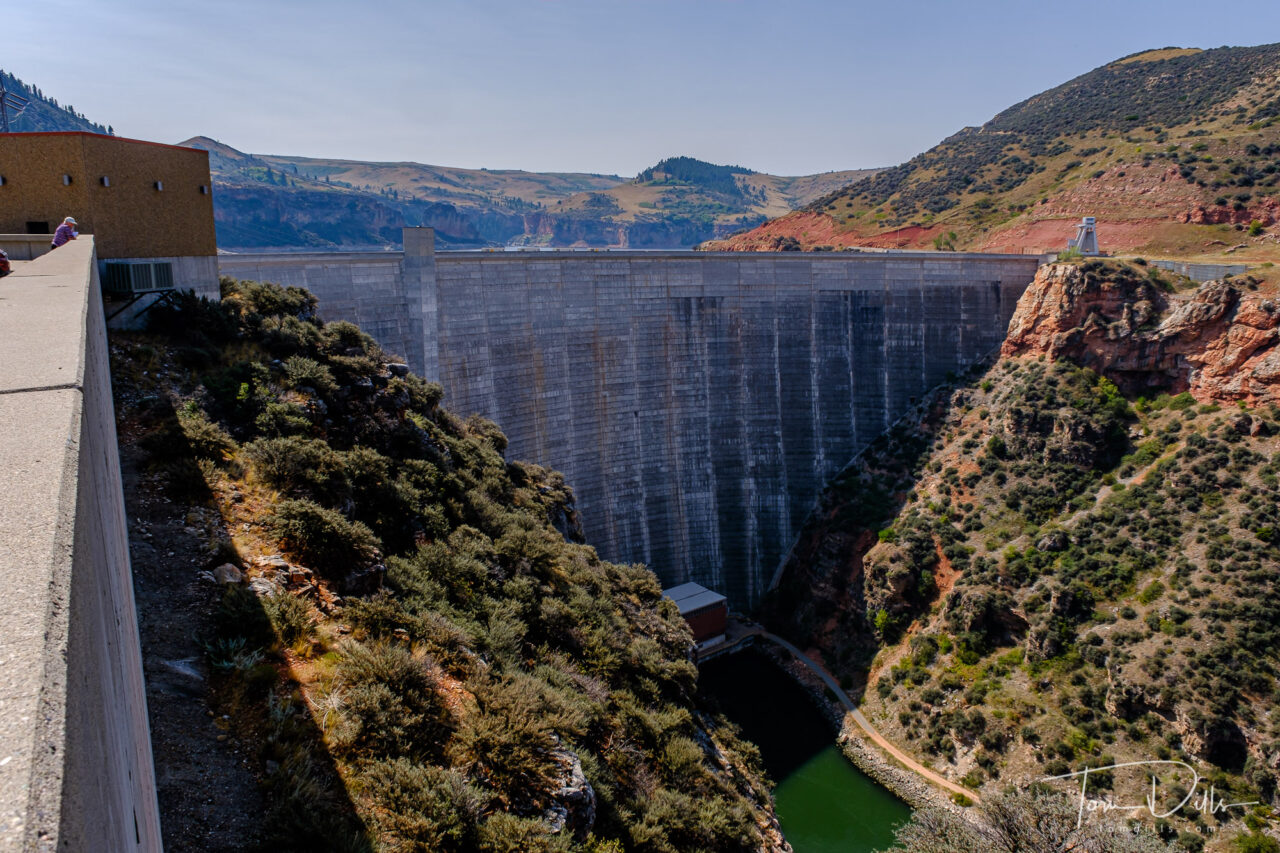
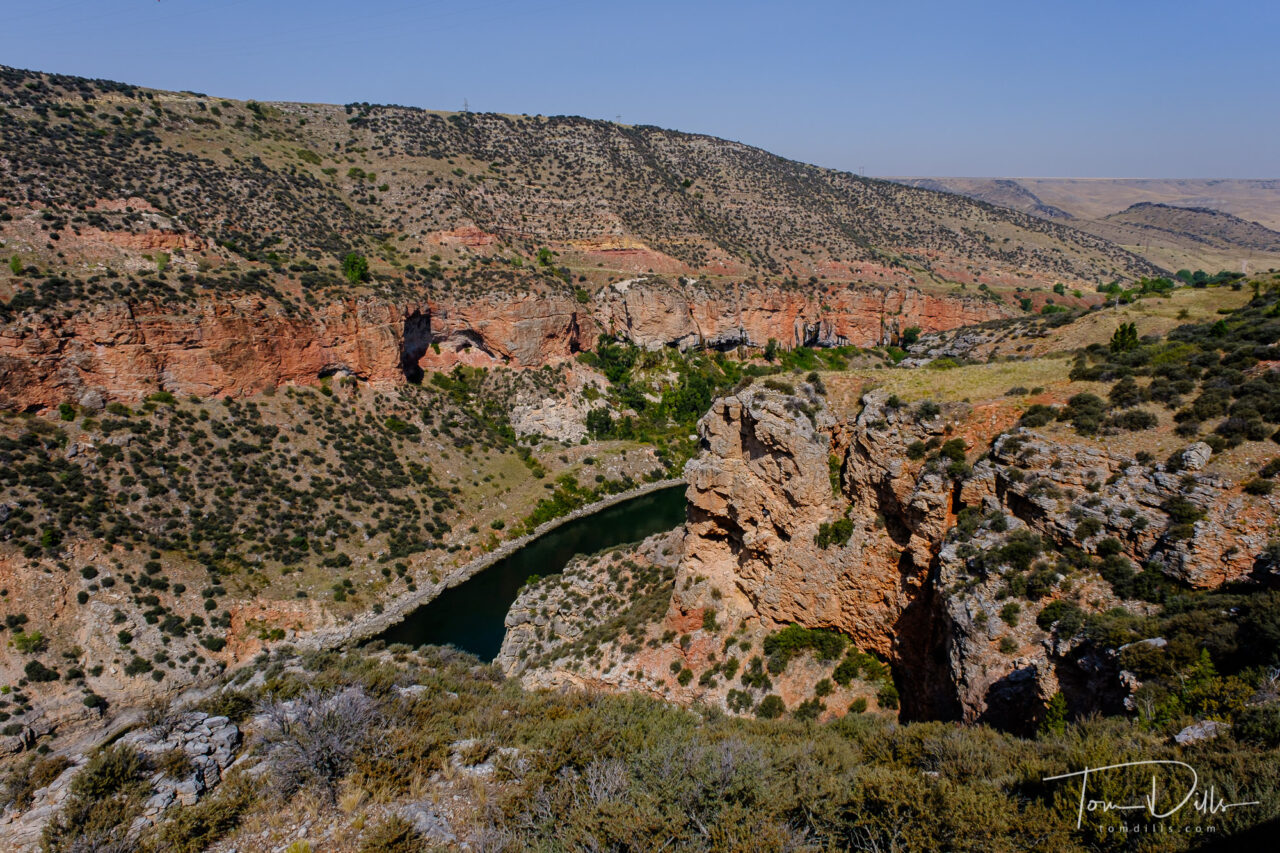
The southern end of the park lies in northern Wyoming, and was the subject of my previous post. There are more places that we didn’t get to due to time constraints, and we spent the better part of a day on the northern end of the park, in southern Montana.
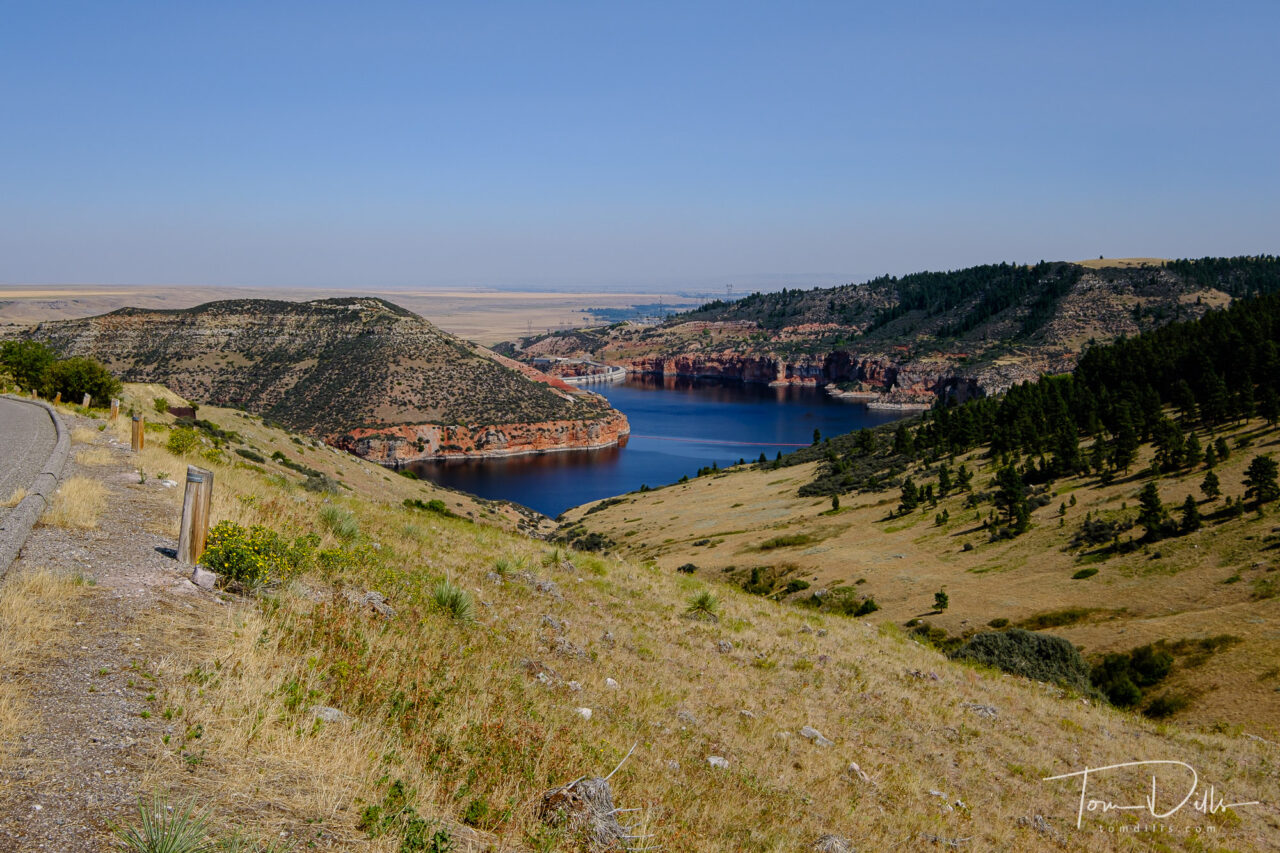
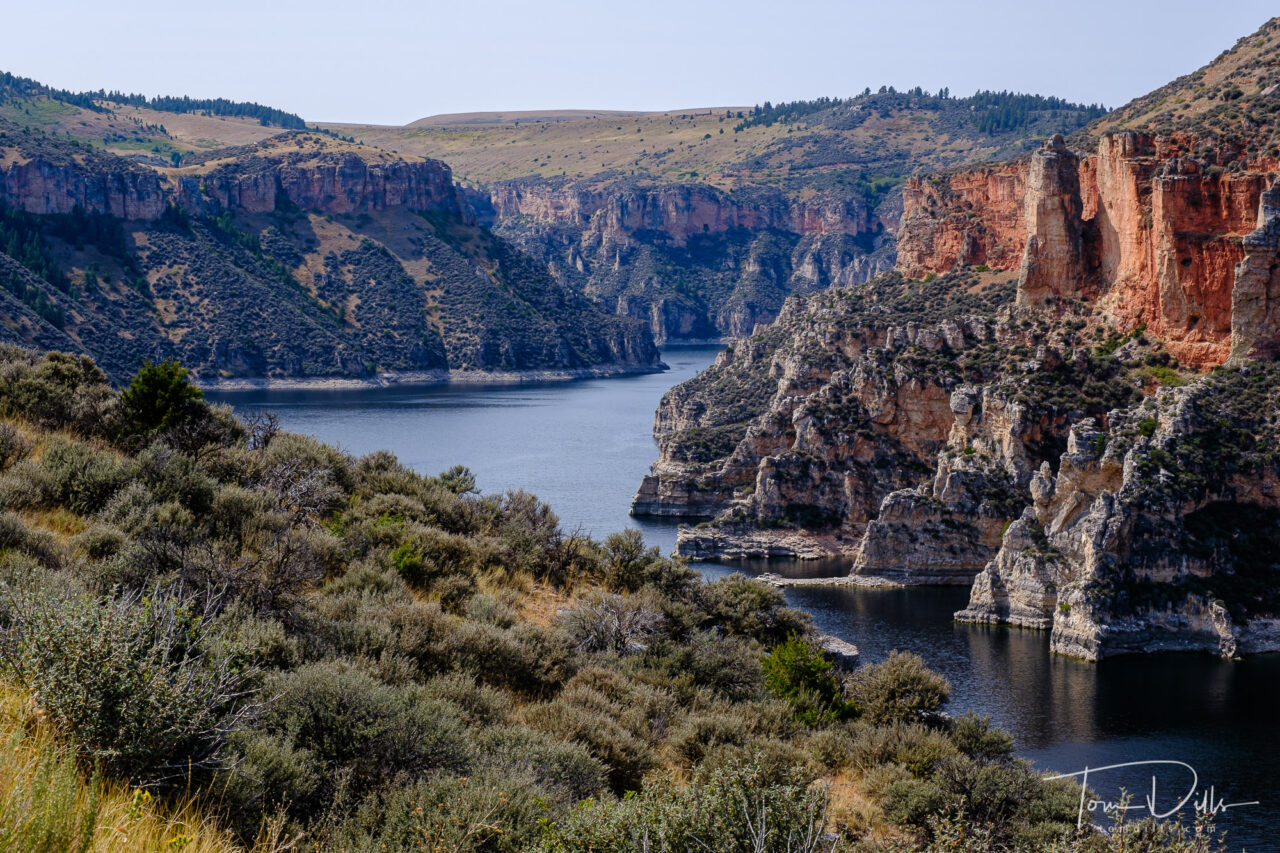
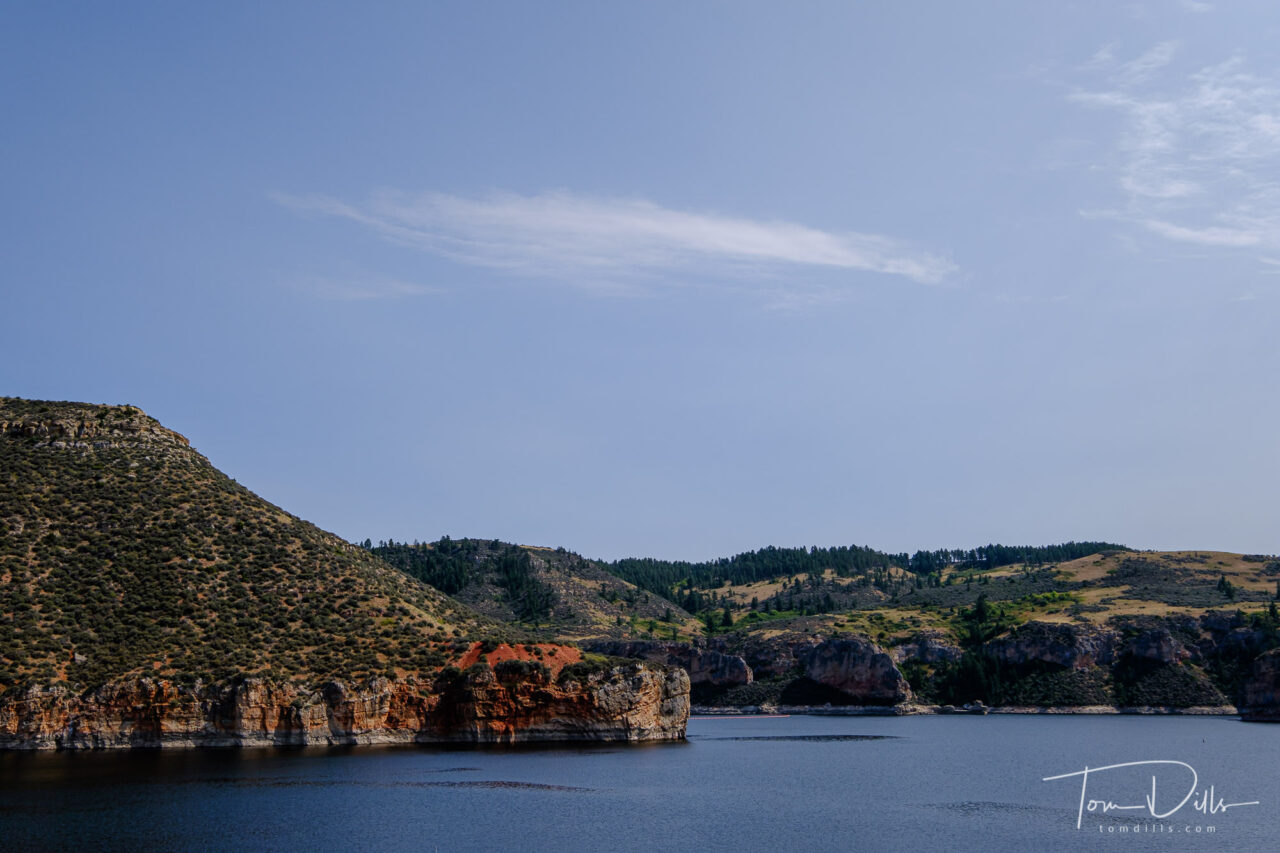
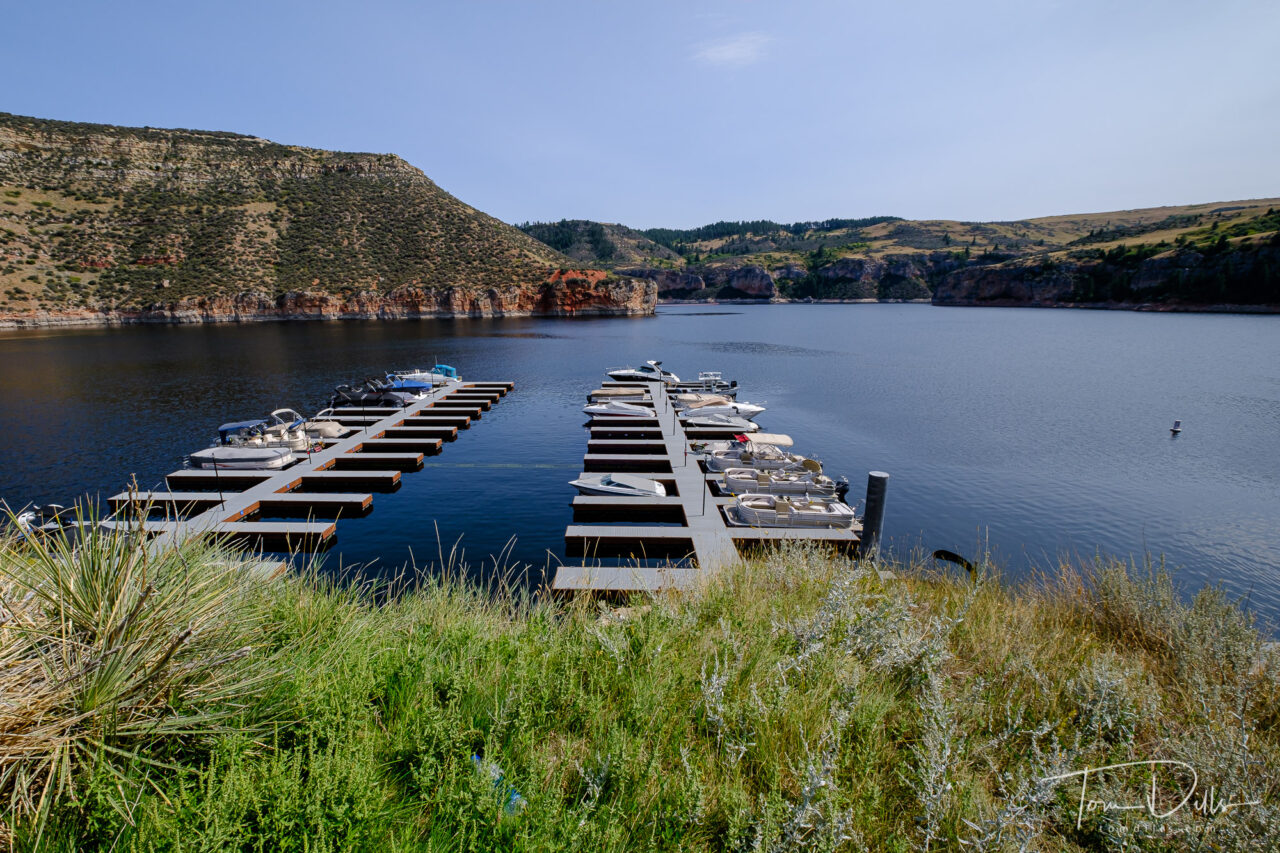
Yellowtail Dam is another one of those places that you can’t really appreciate until you have seen it. I’ve not been to Hoover Dam or Glen Canyon Dam, but this is certainly the biggest dam I’ve ever seen! An exchange I had on Instagram with Paul Maxim describes the relative size of some of the “famous” dams in the US:
Yellowtail is 525 ft. tall and 1480 ft. wide. Glen Canyon is 710 ft. tall and 1560 ft. wide. So Glen Canyon is bigger (185 ft. taller). But the only dam in the U. S. bigger than Glen Canyon is Hoover Dam, which is 726 ft. tall. All of them, of course, are big. We’ve got nothing in the east that comes close!
The park is surrounded by Crow Indian land, and there are several references to Crow history throughout the park, including the remains of a medicine wheel that we didn’t get to.
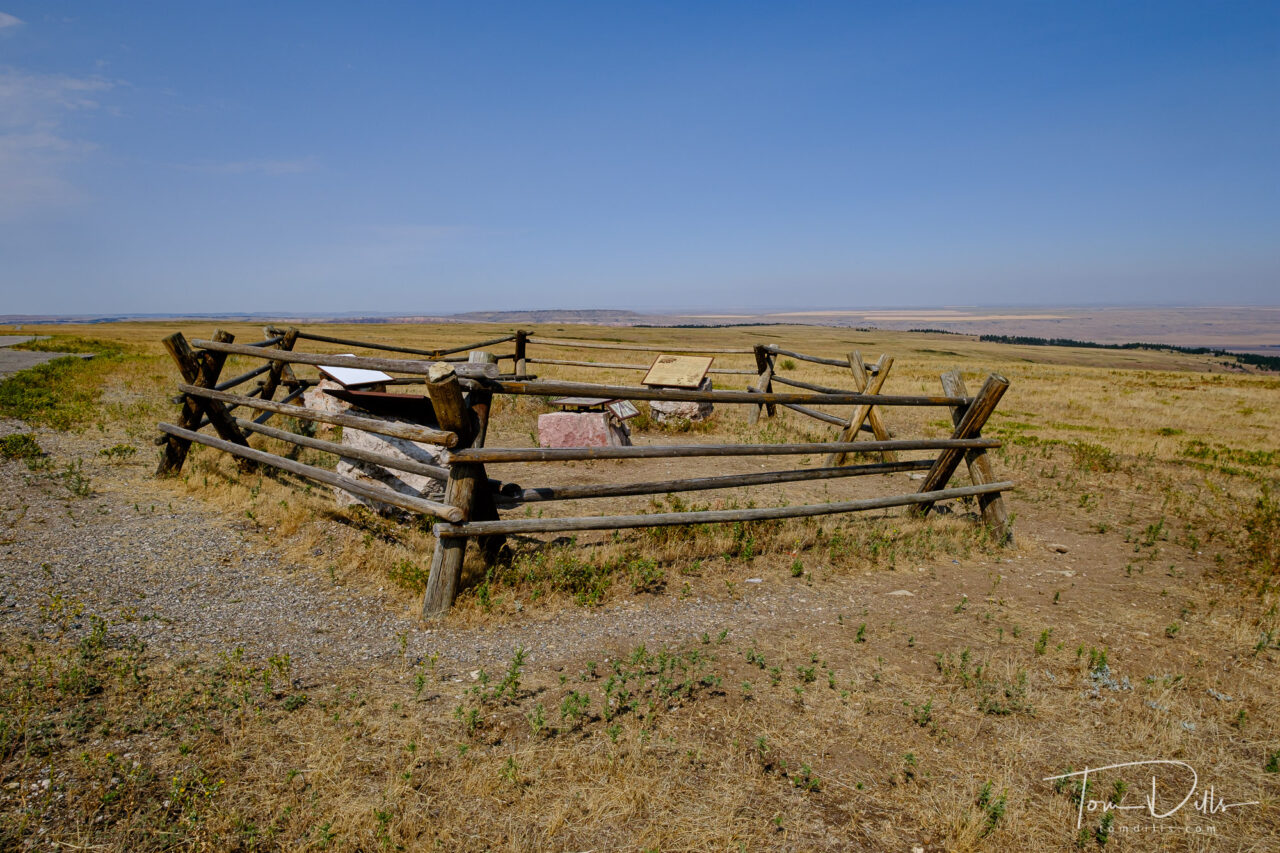
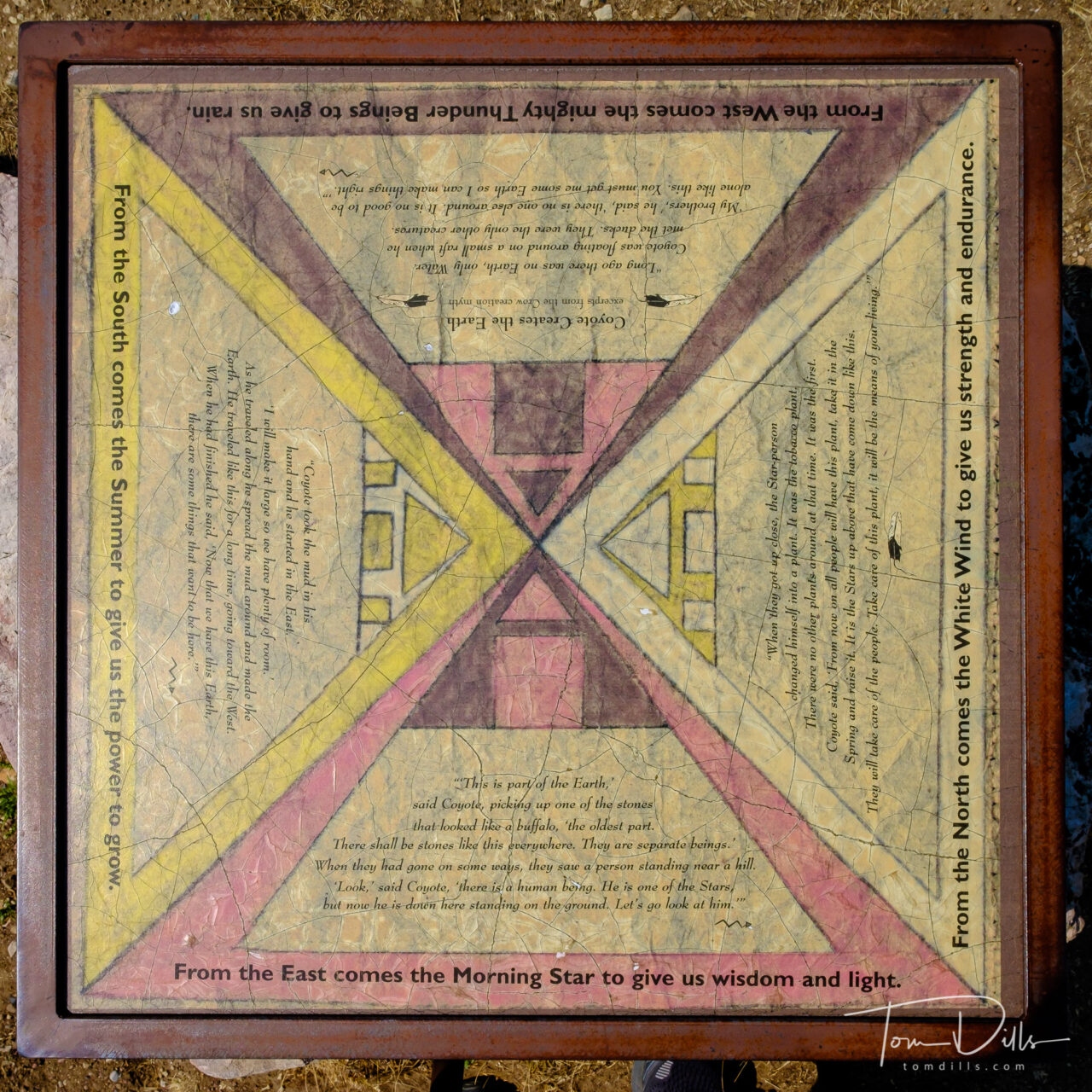
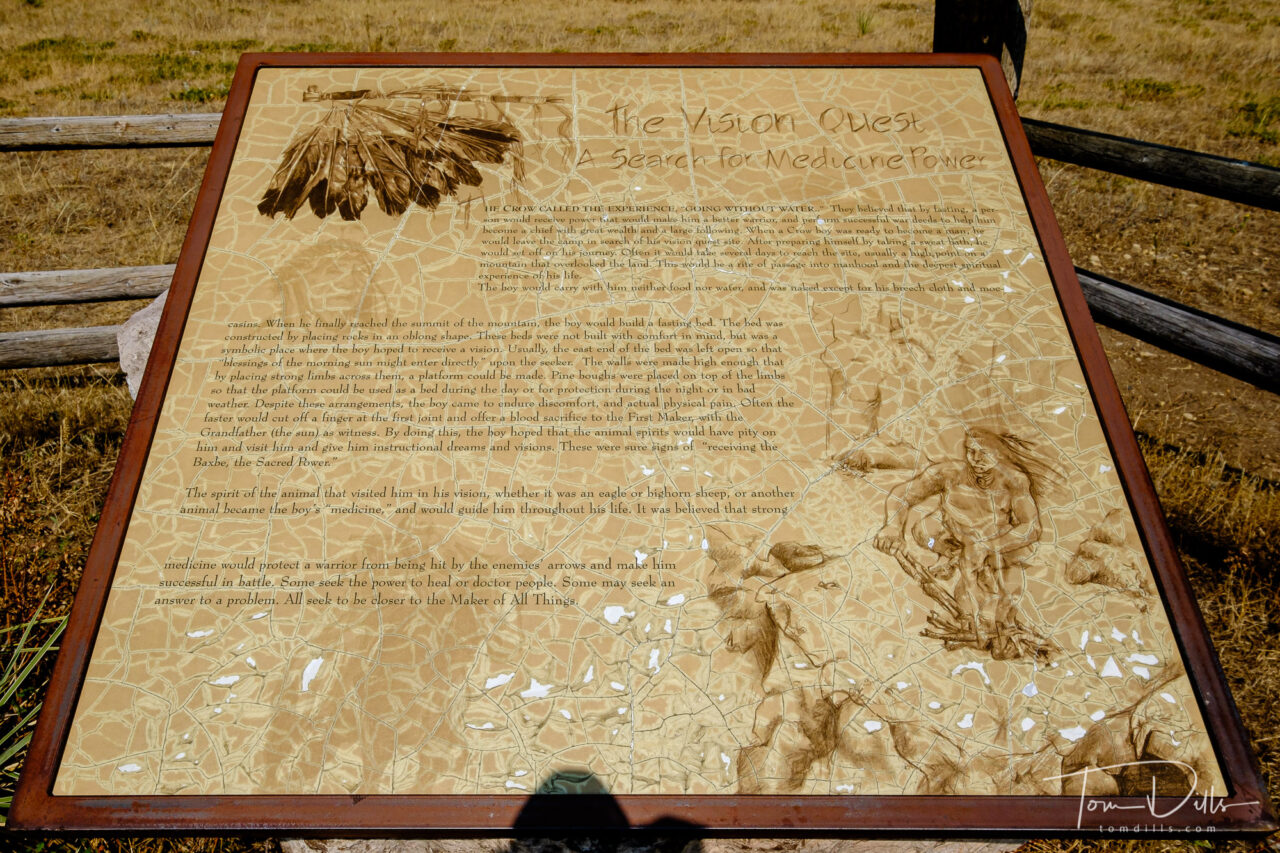
It is rugged and scenic territory, and with all the red rock and lack of trees, far different from what we see in the east, or even in other parts of Wyoming and Montana. Another example of how unique but also how uniquely beautiful the different parts of our country can be.
